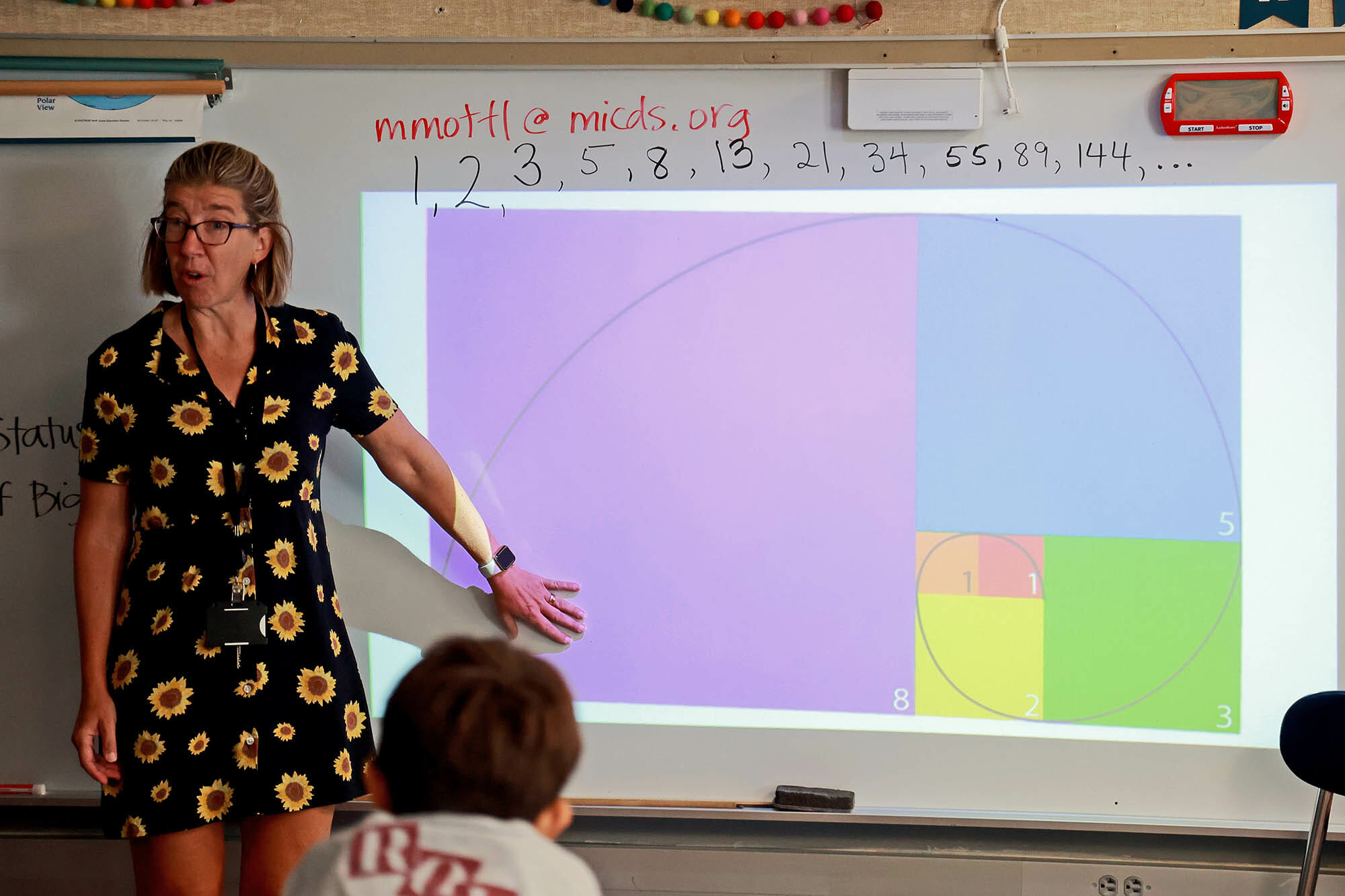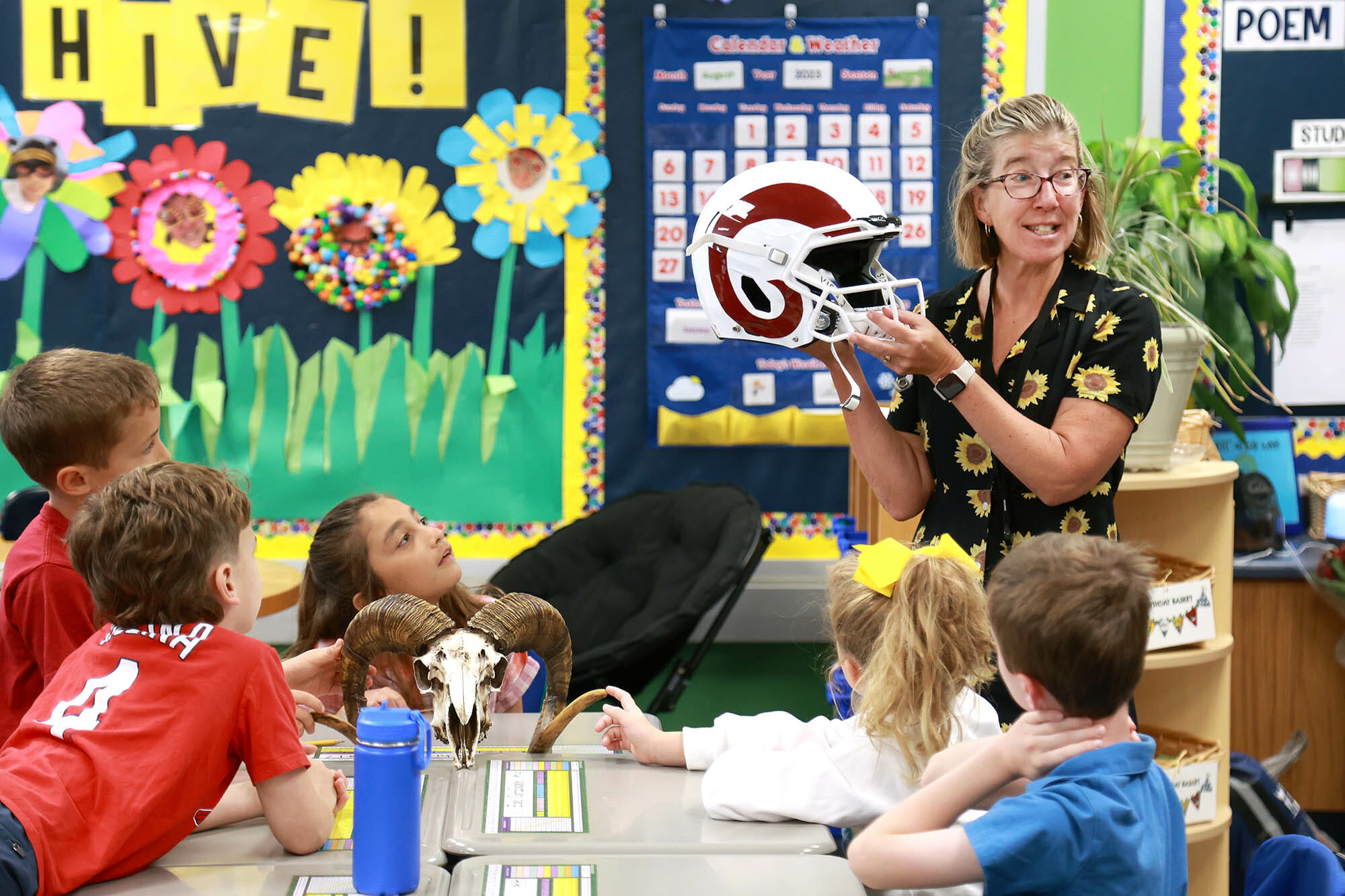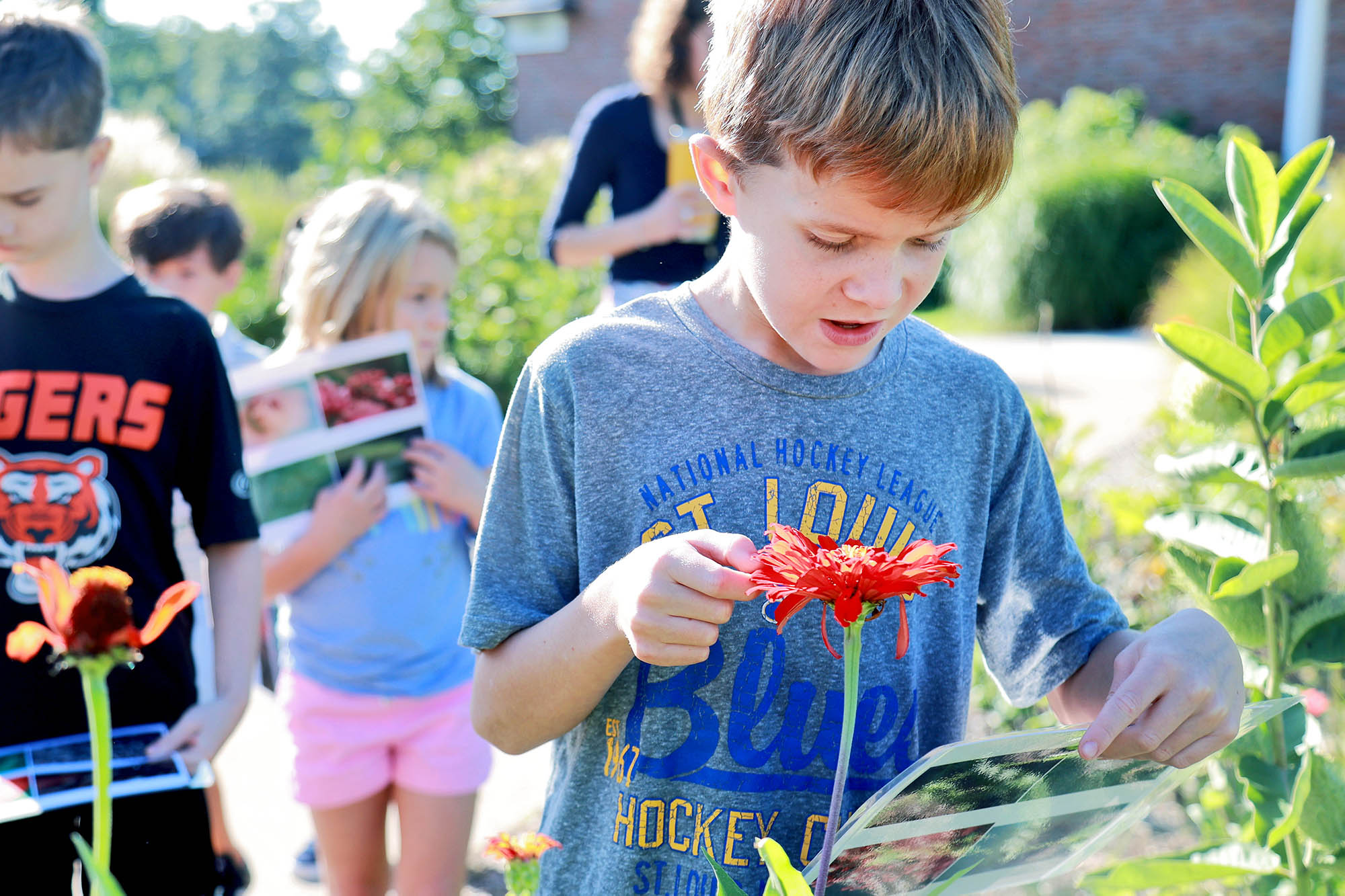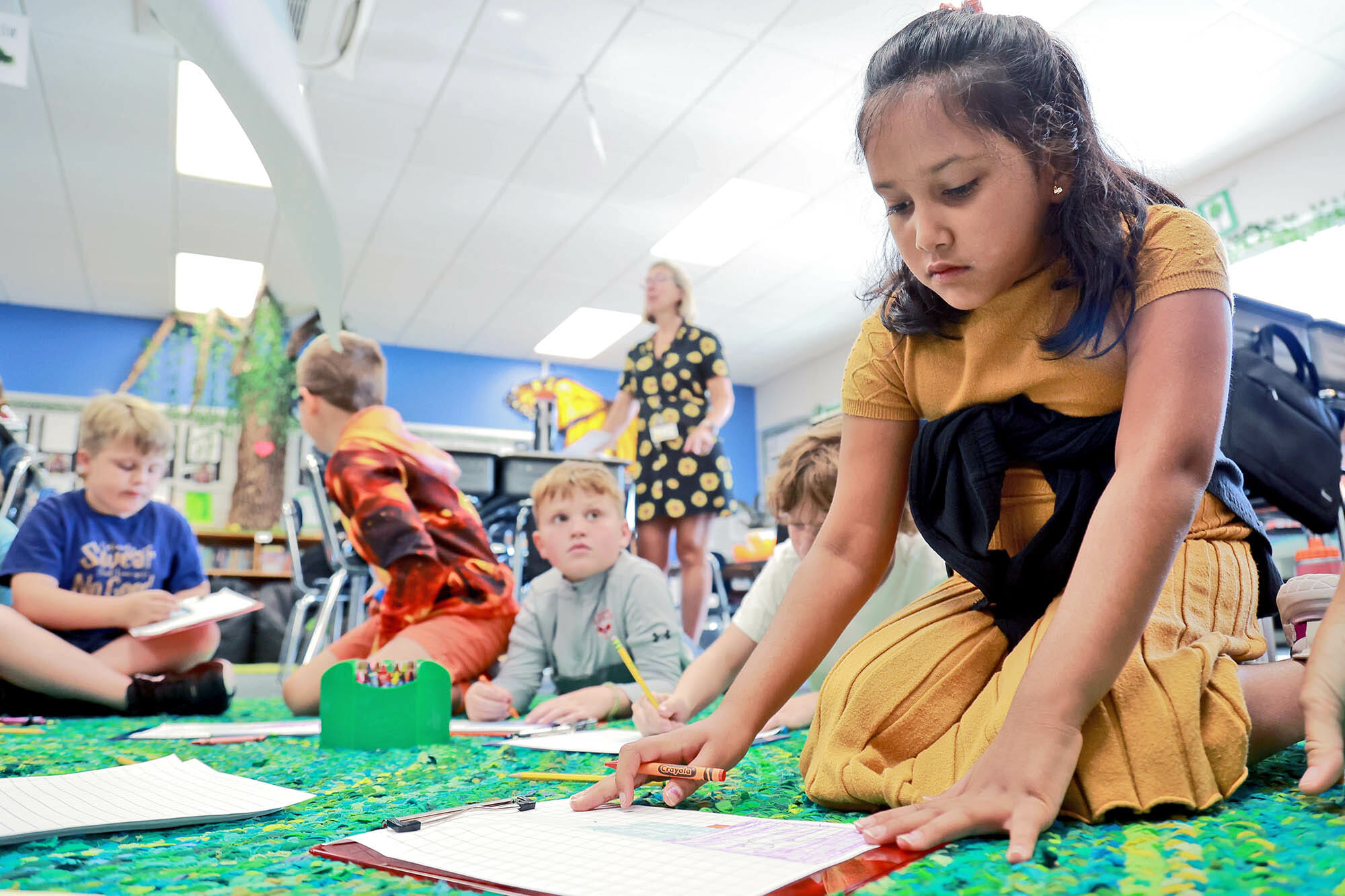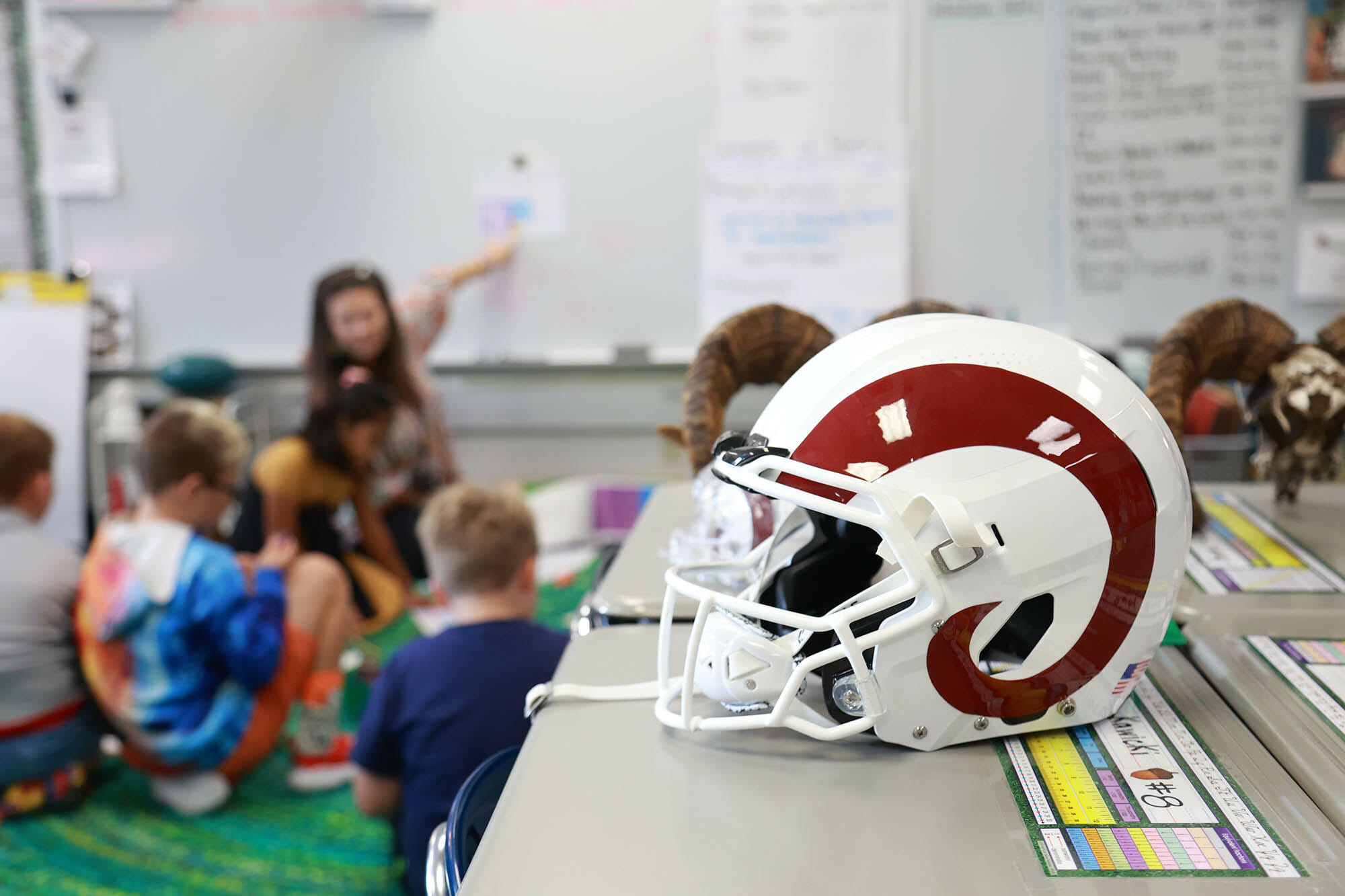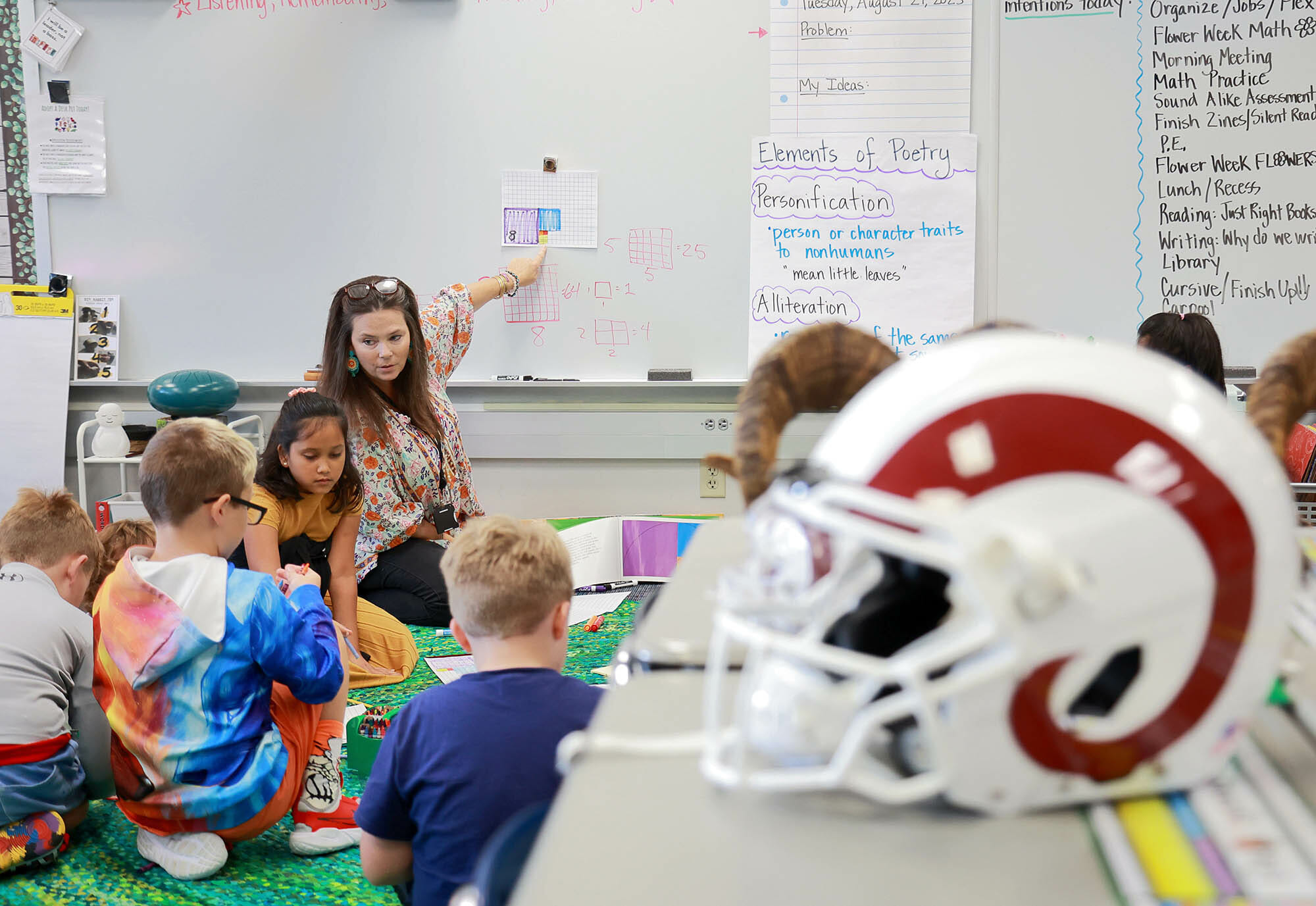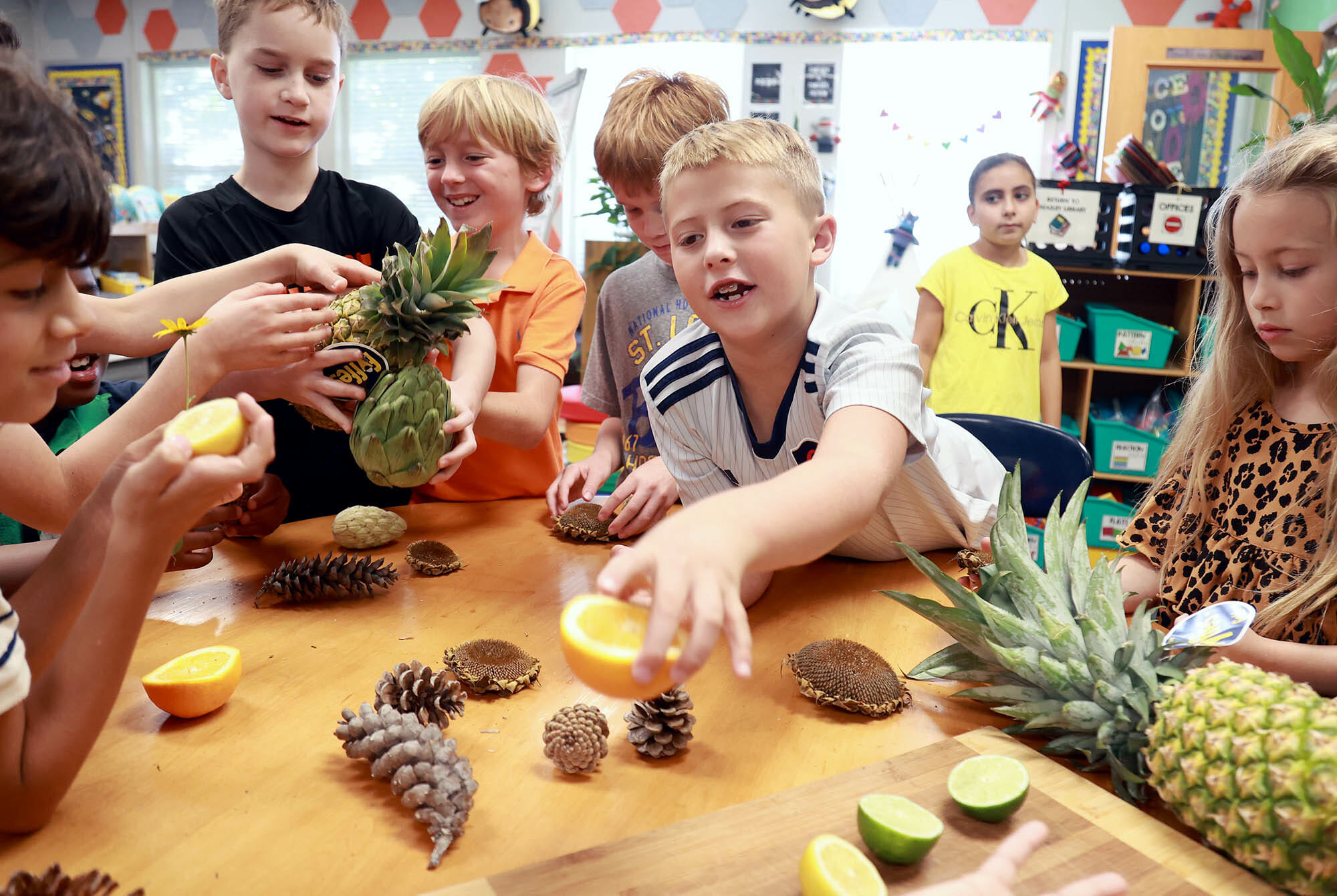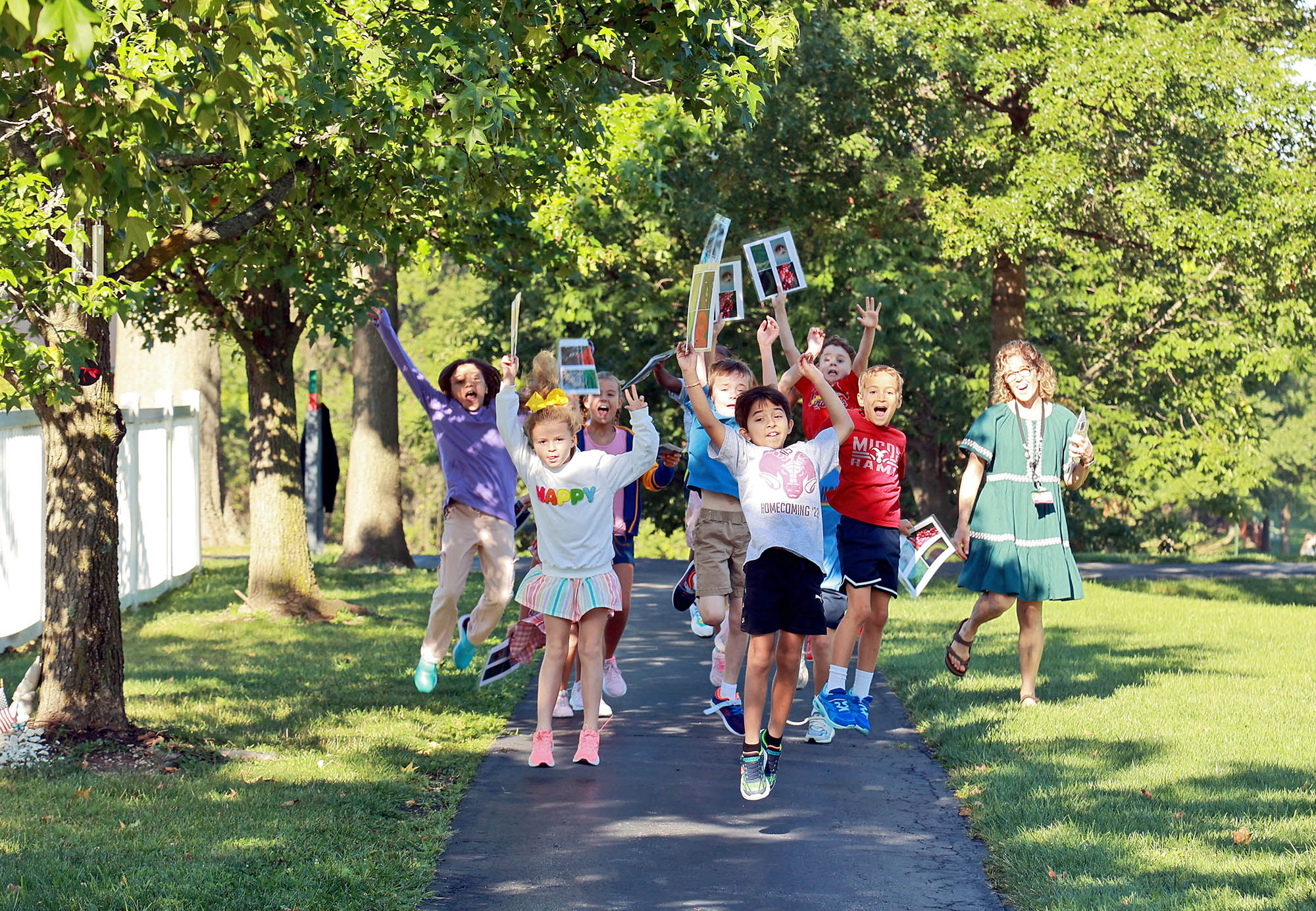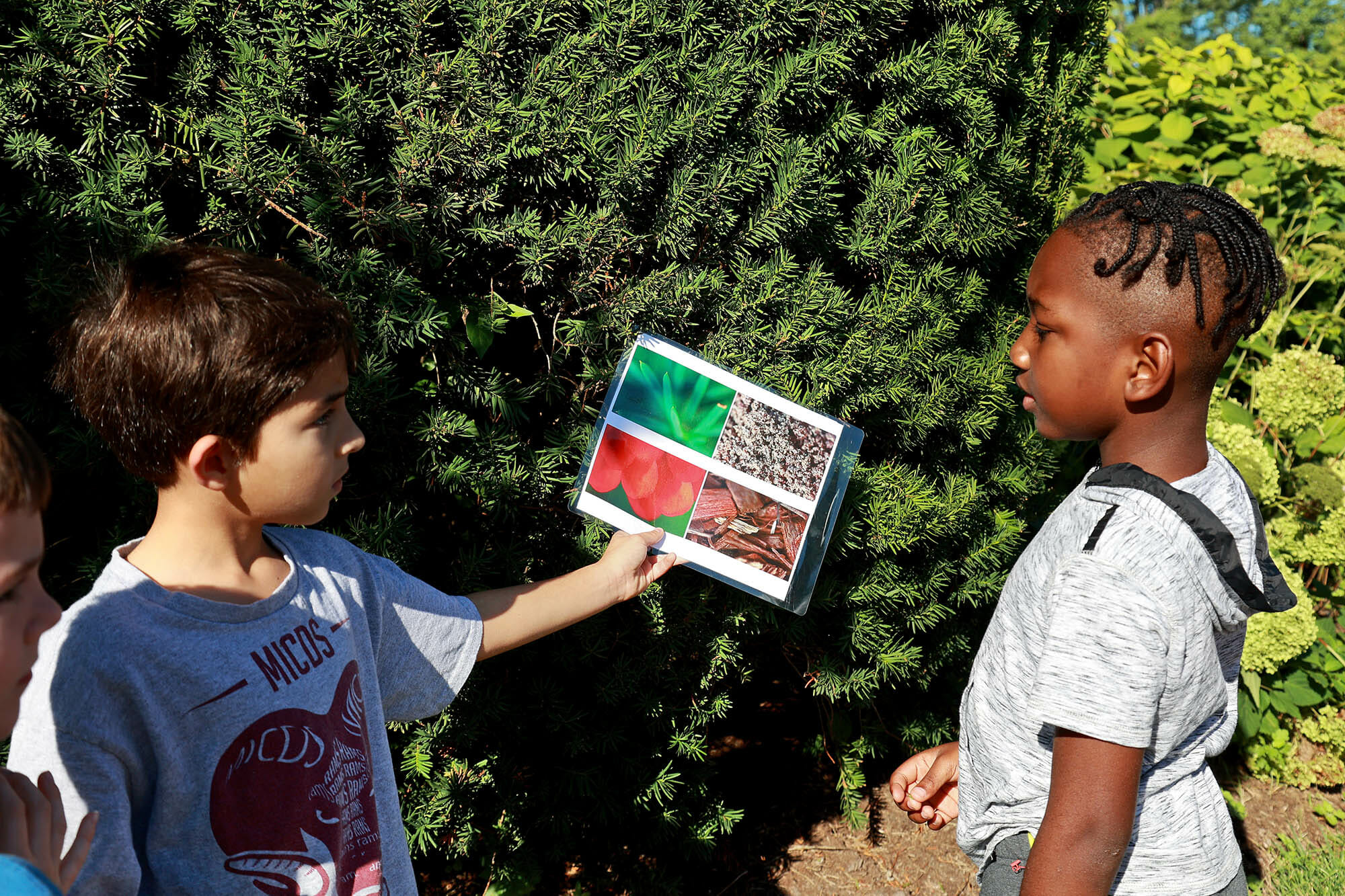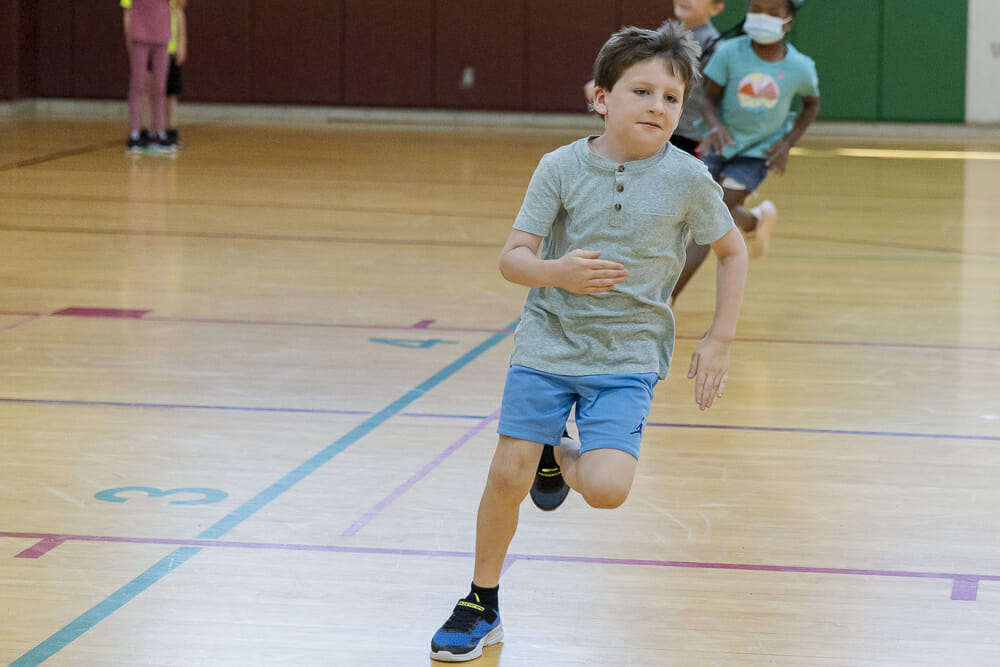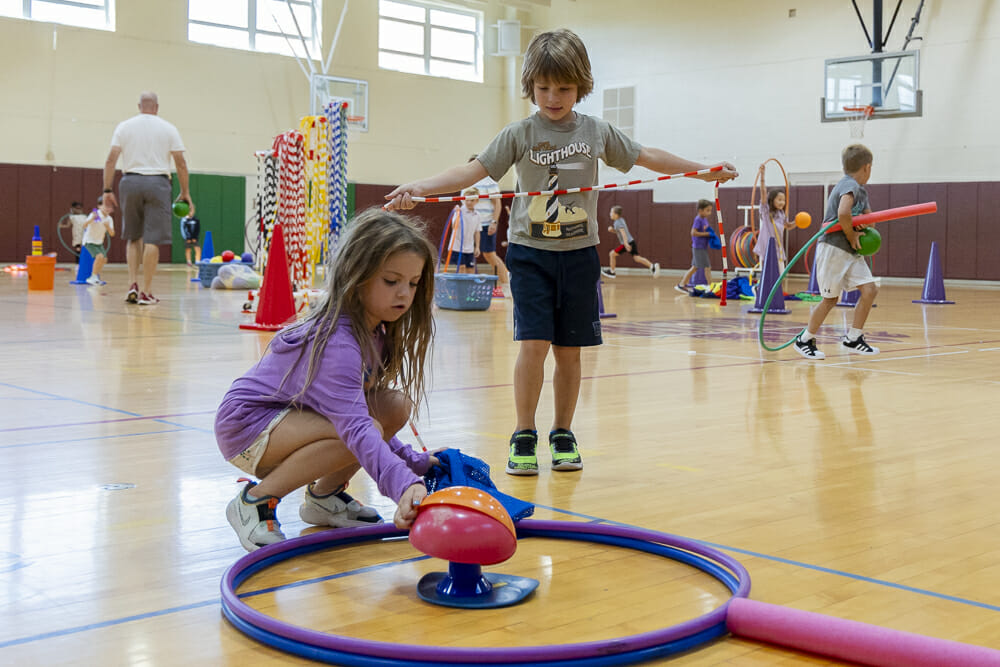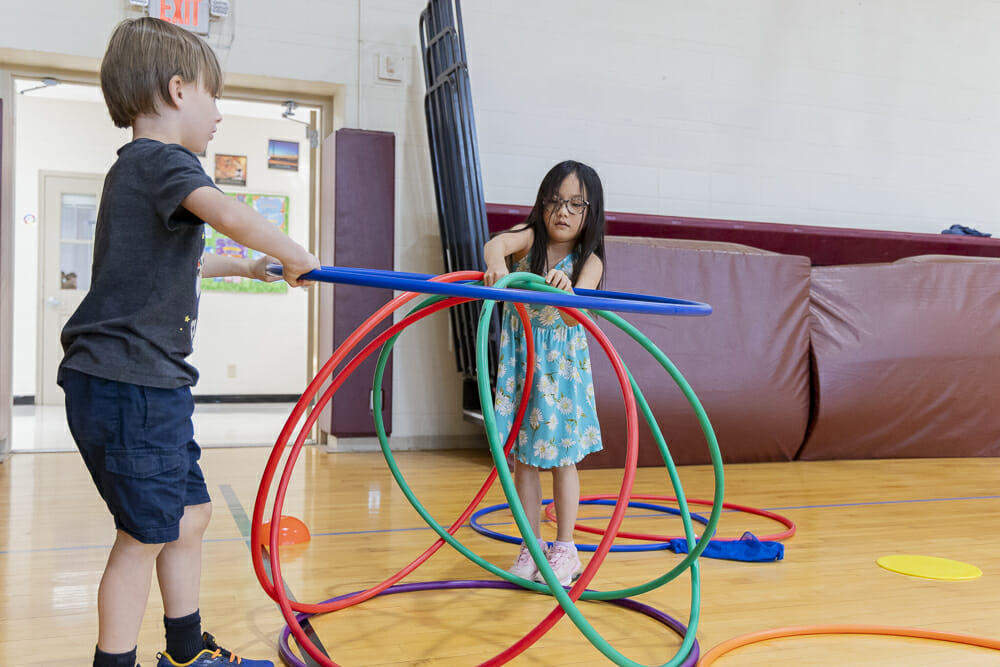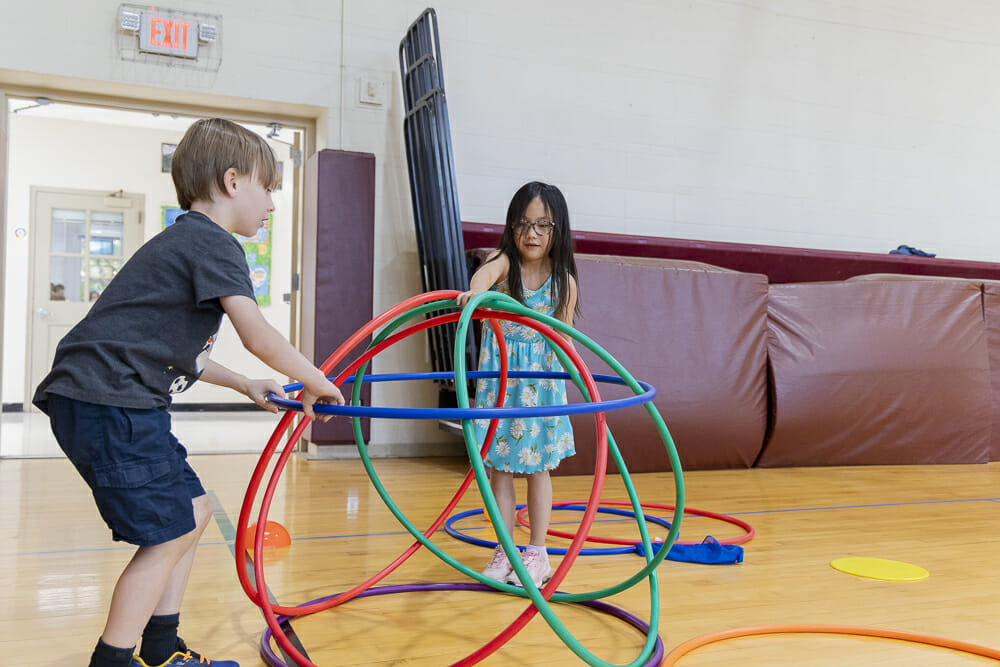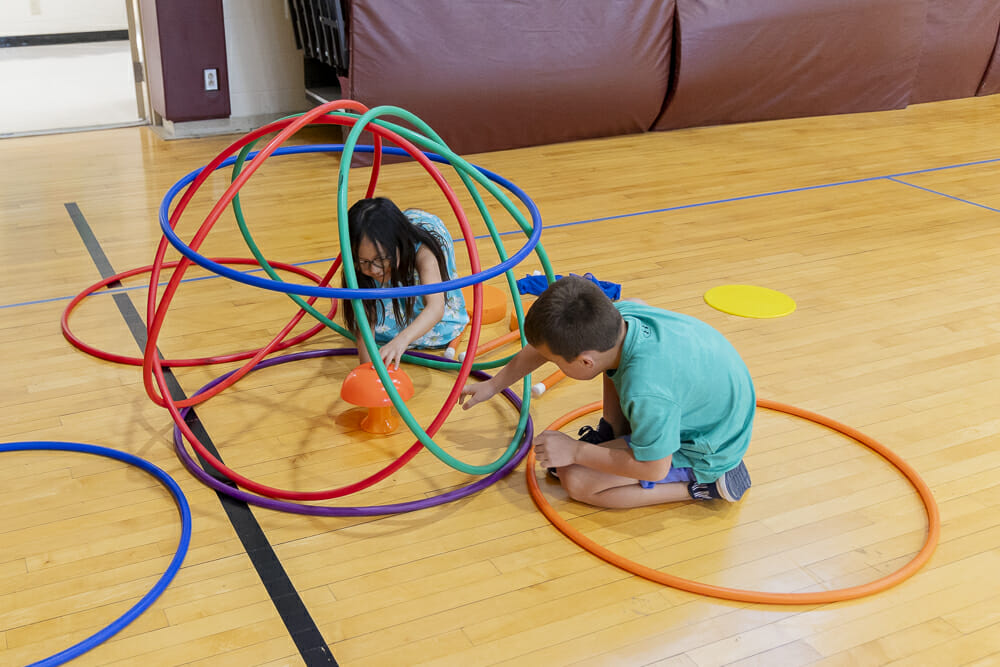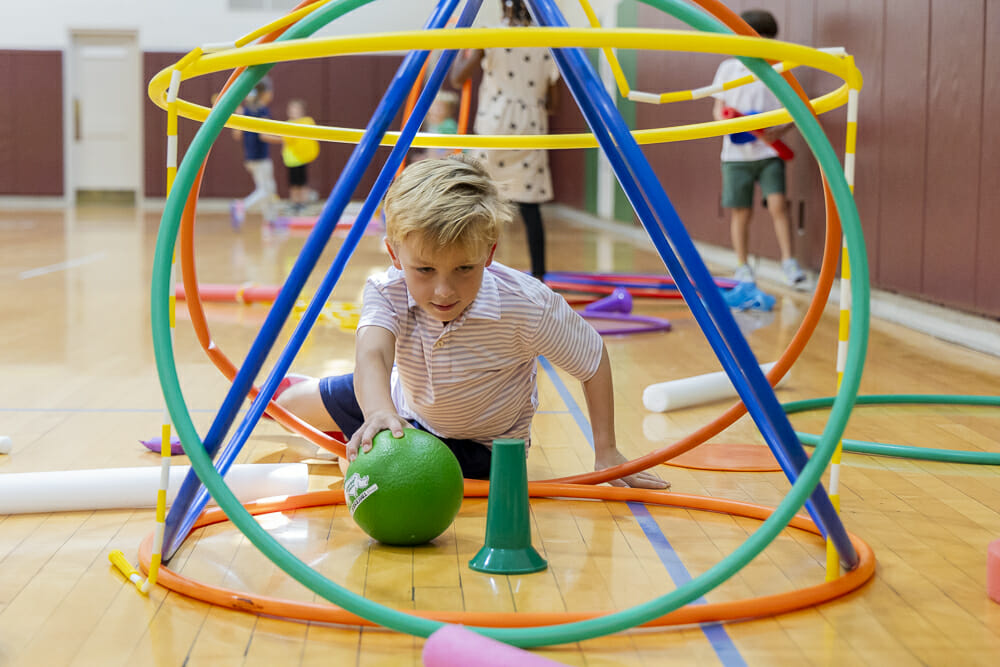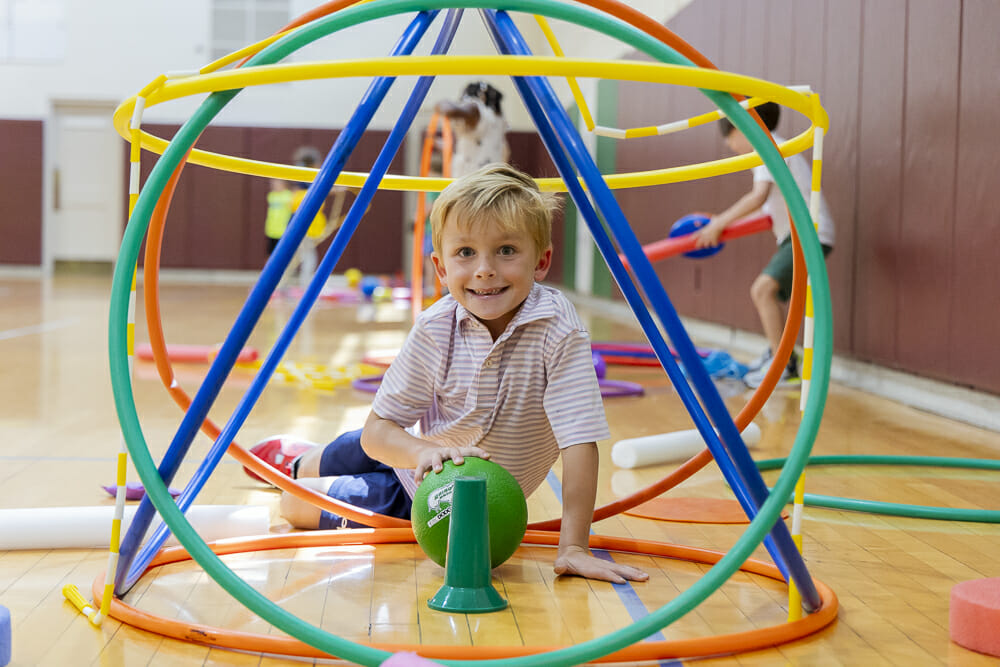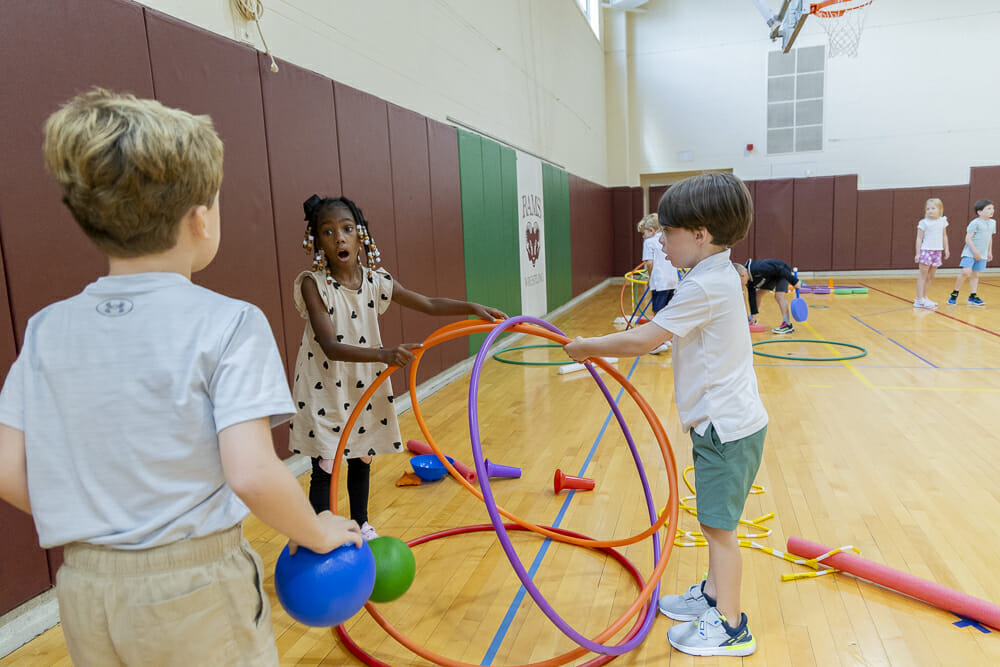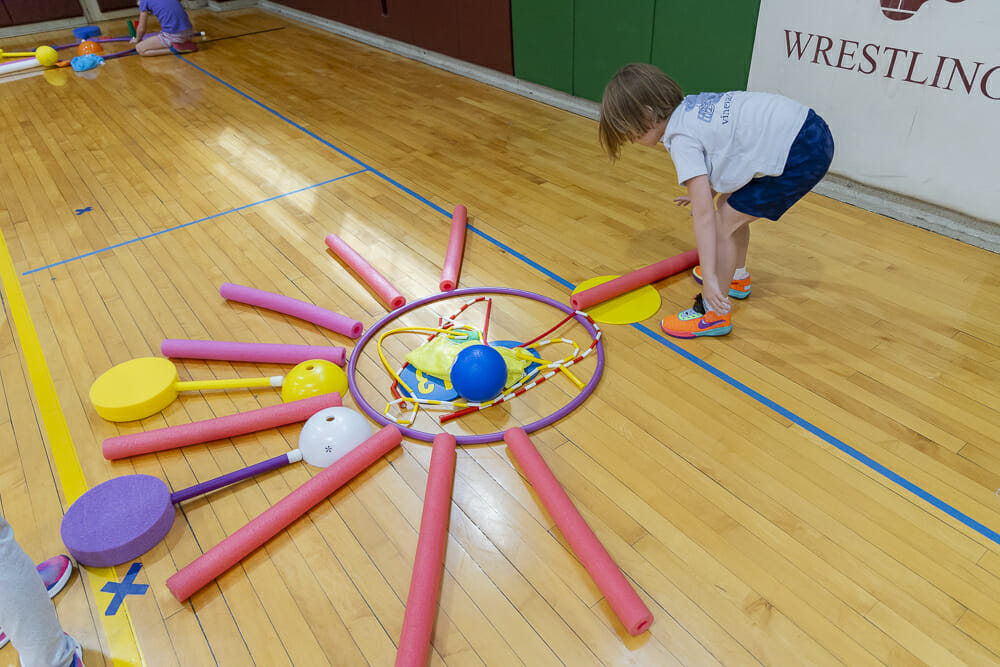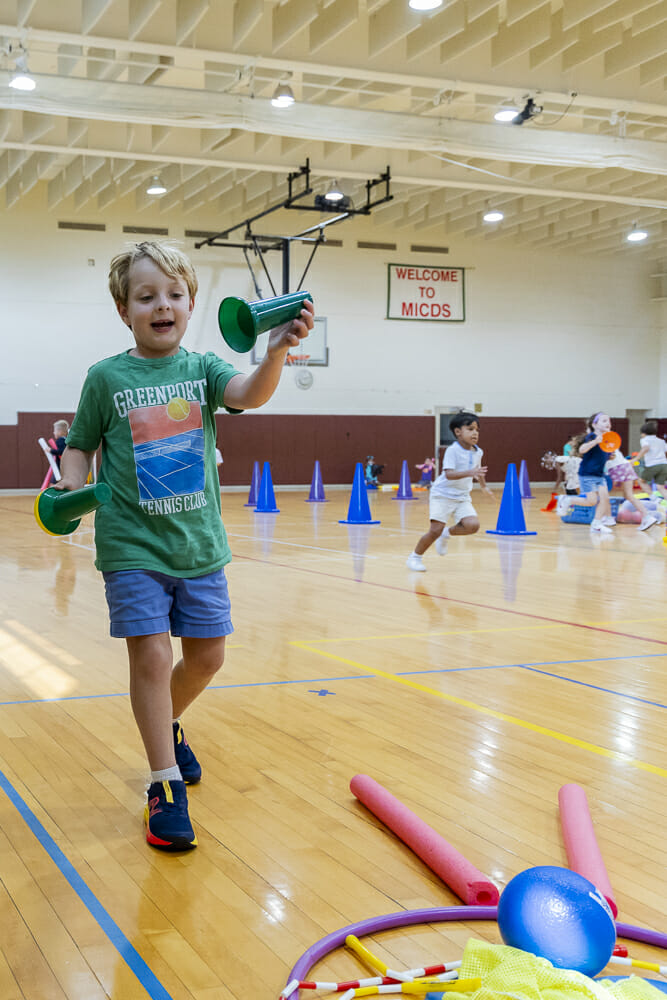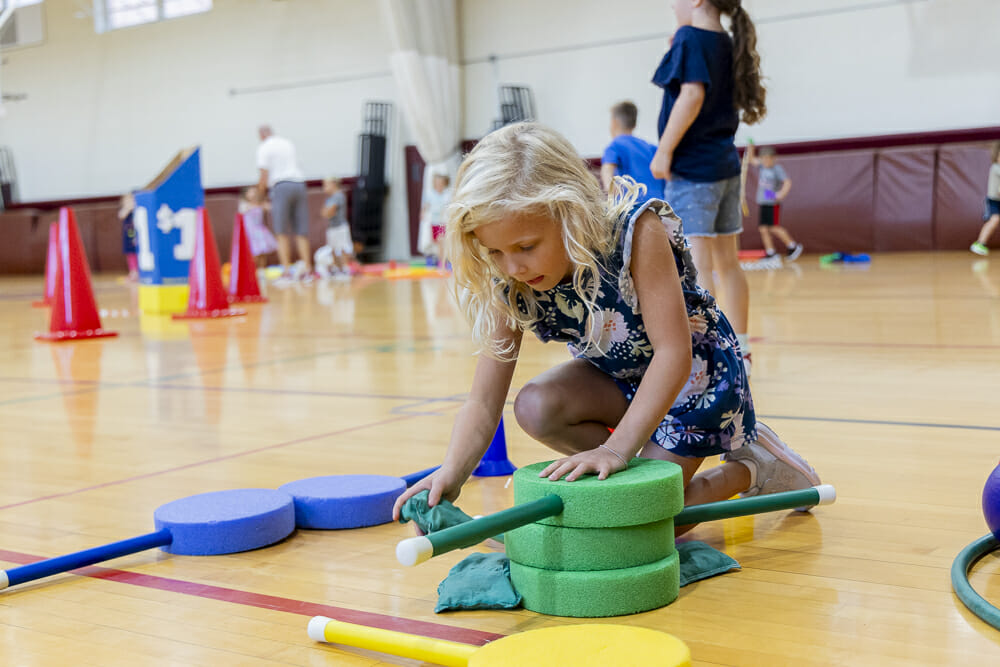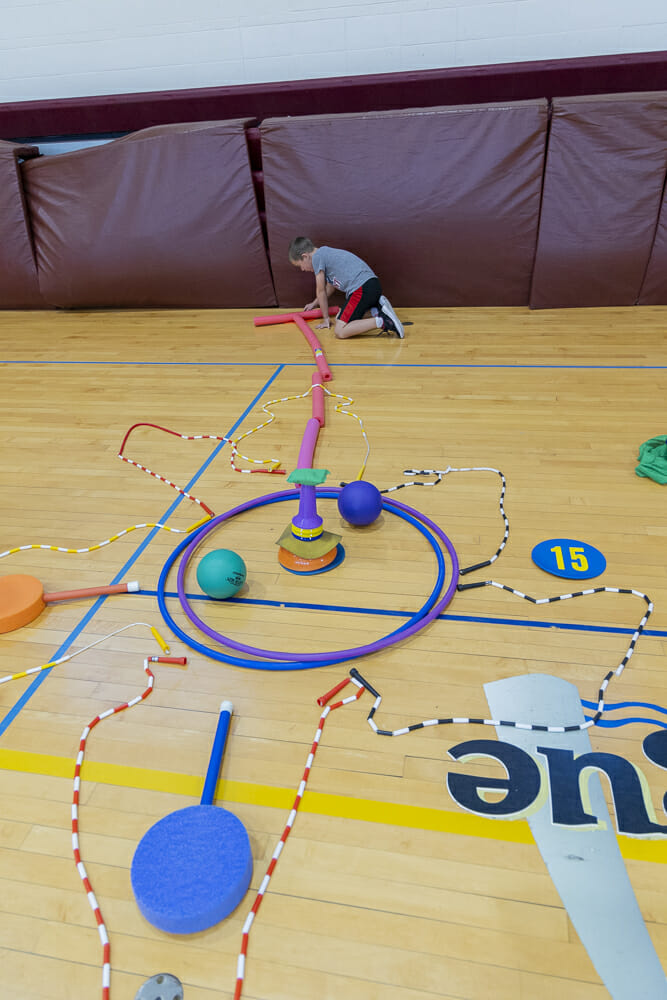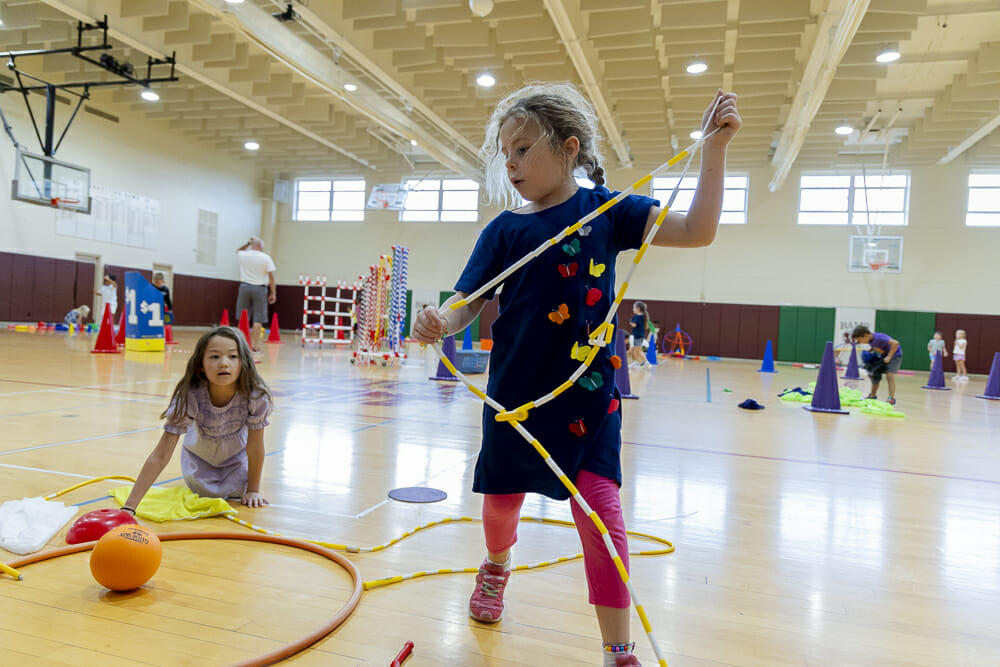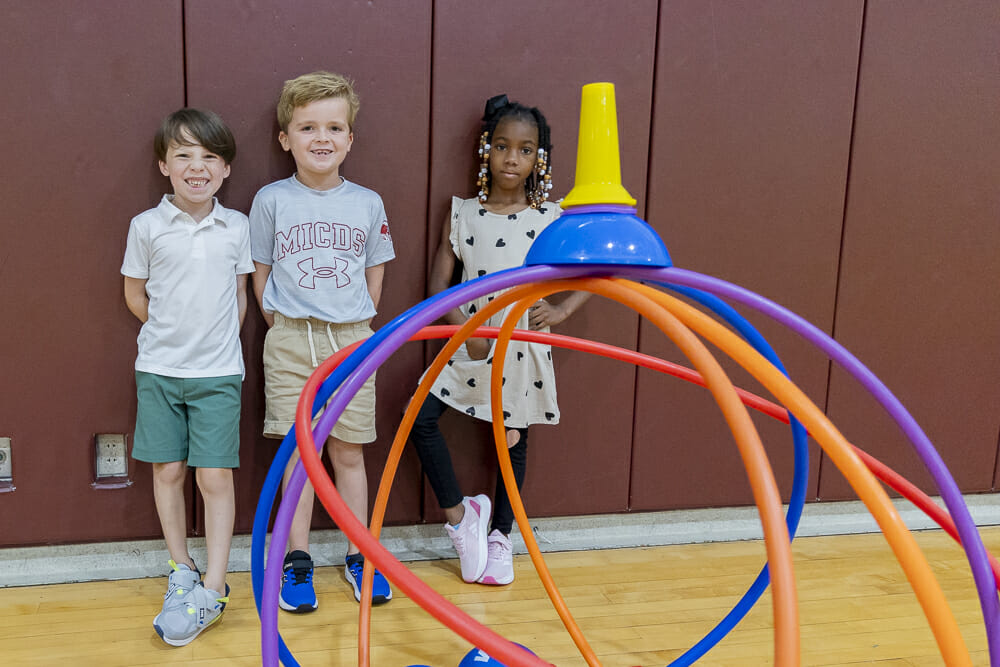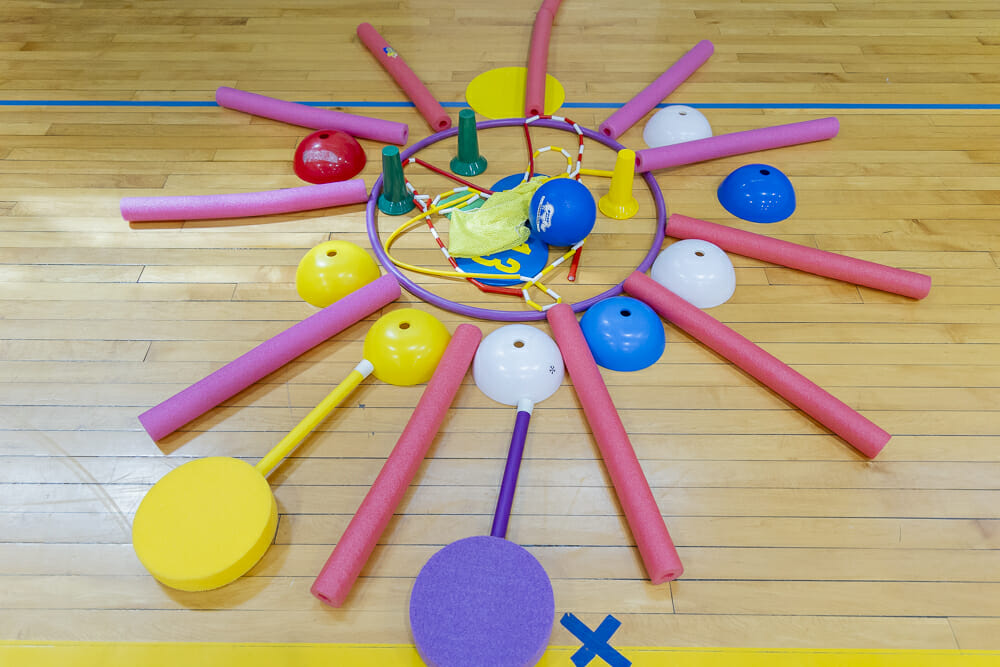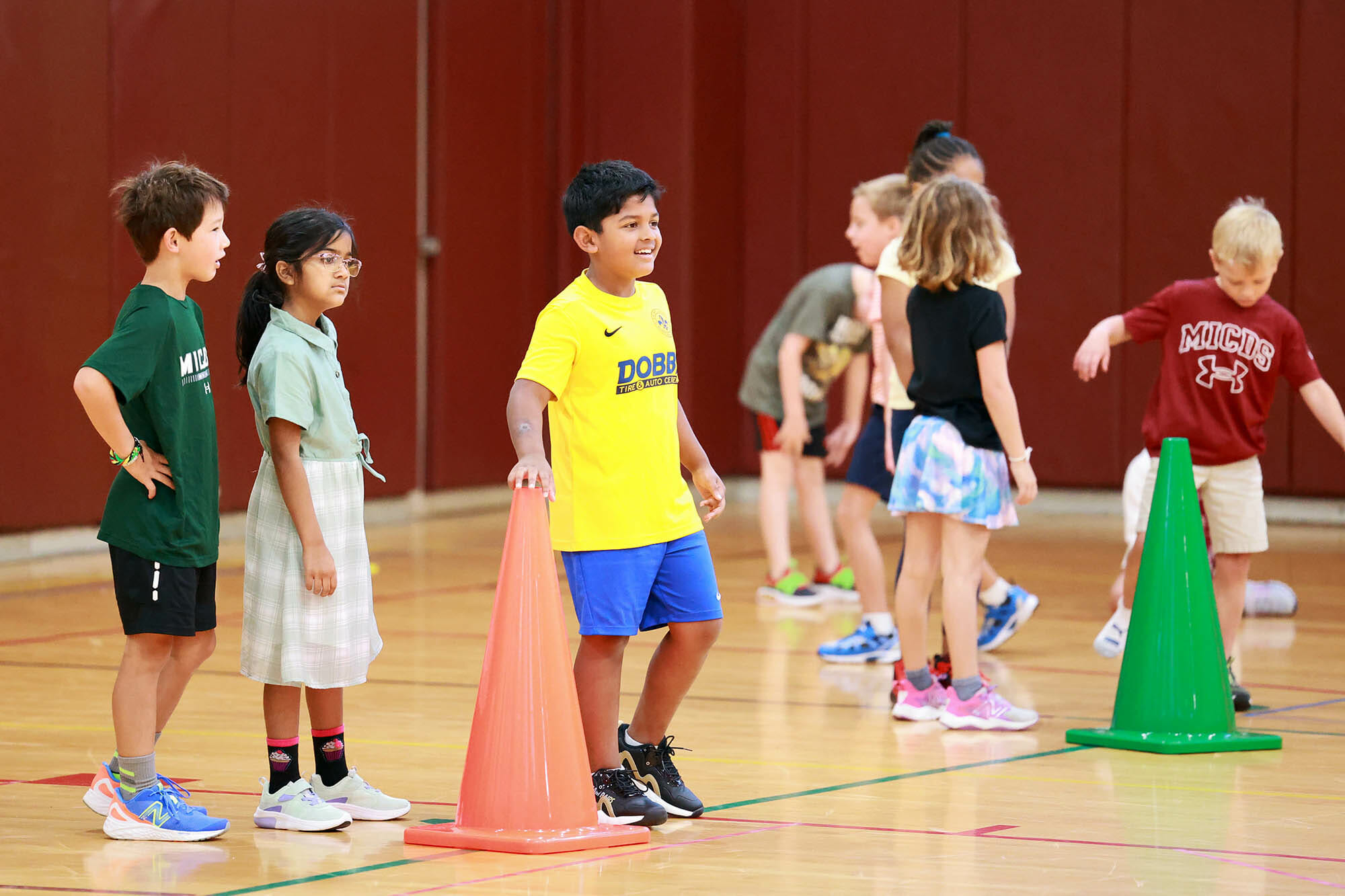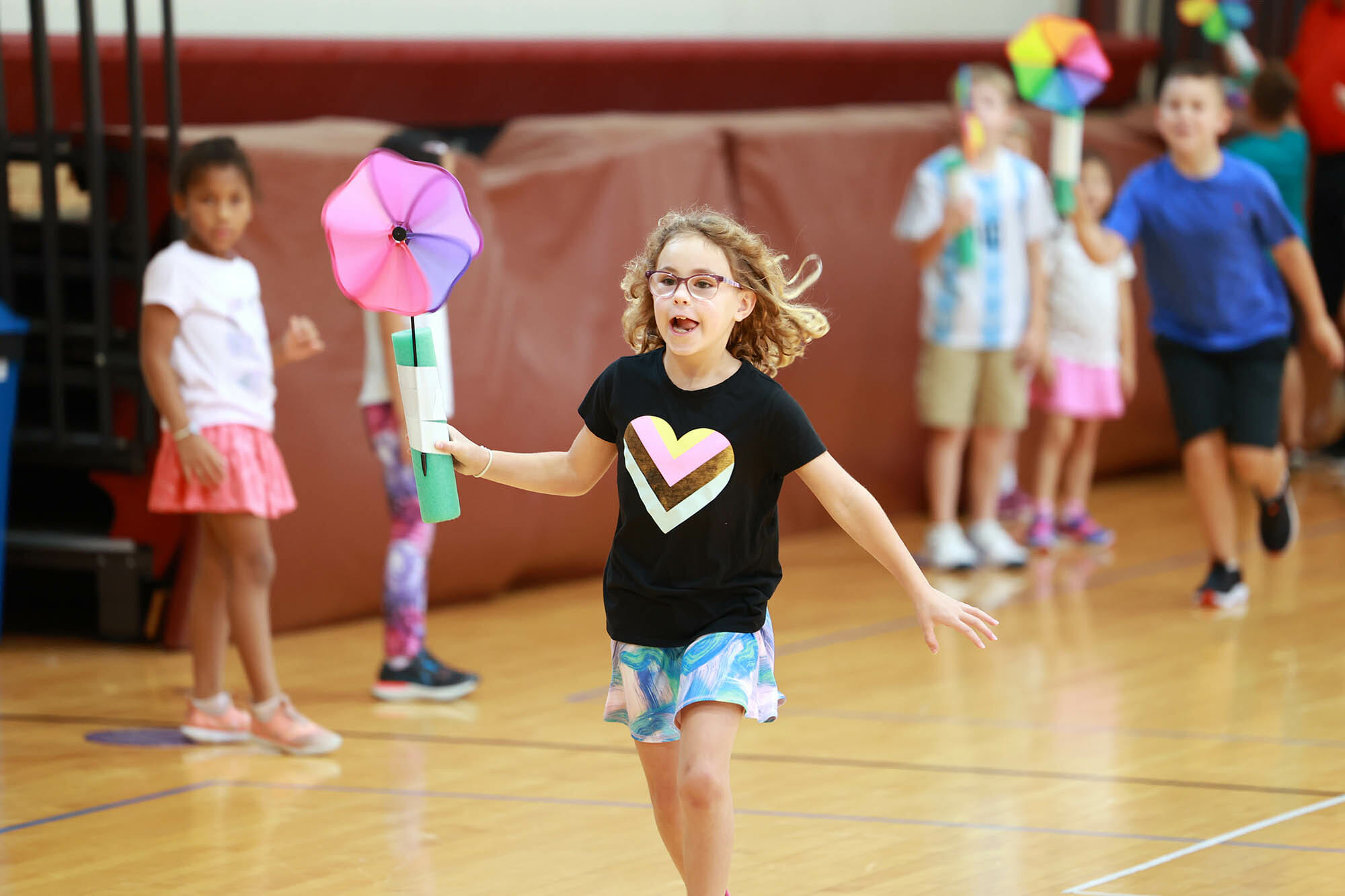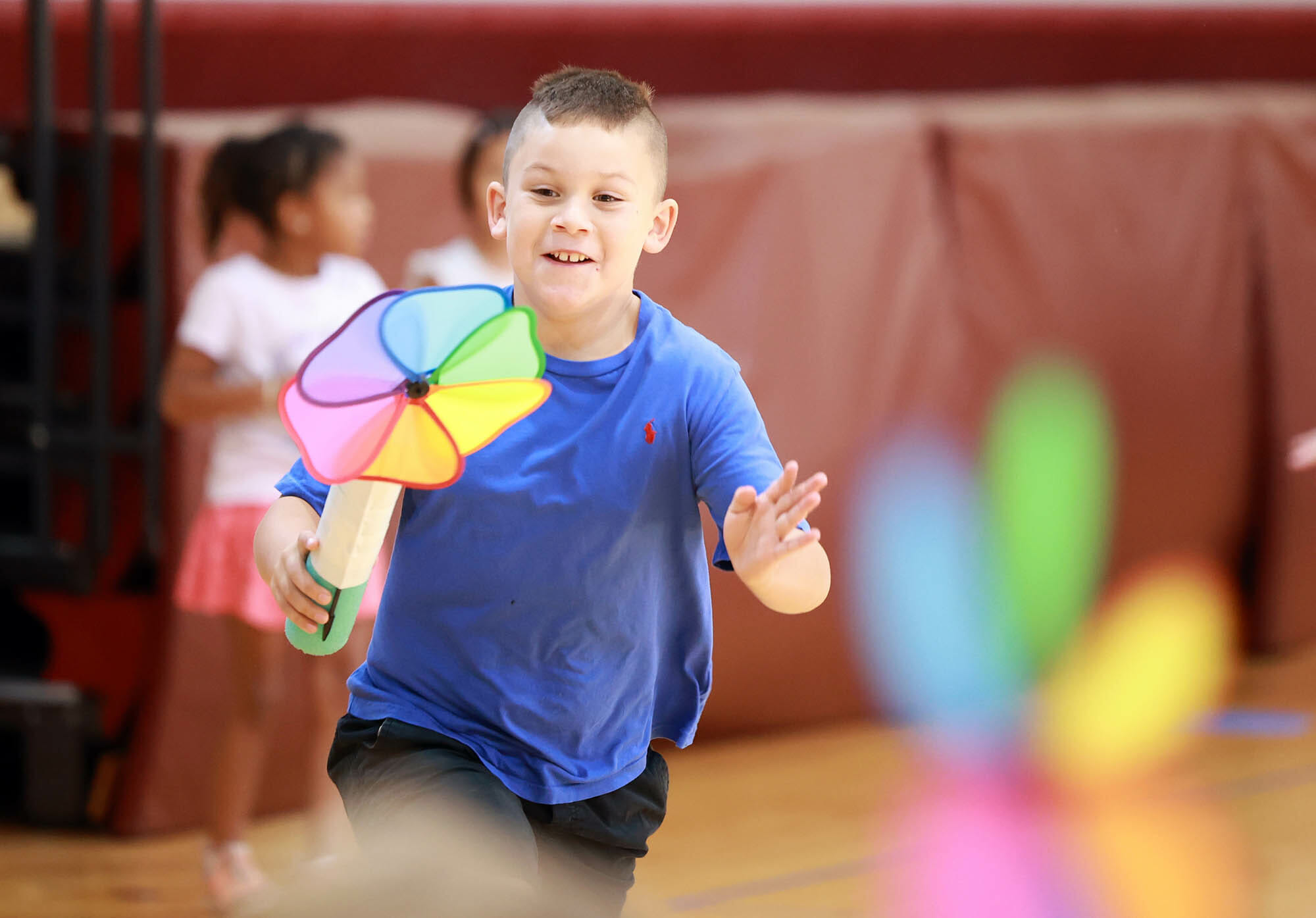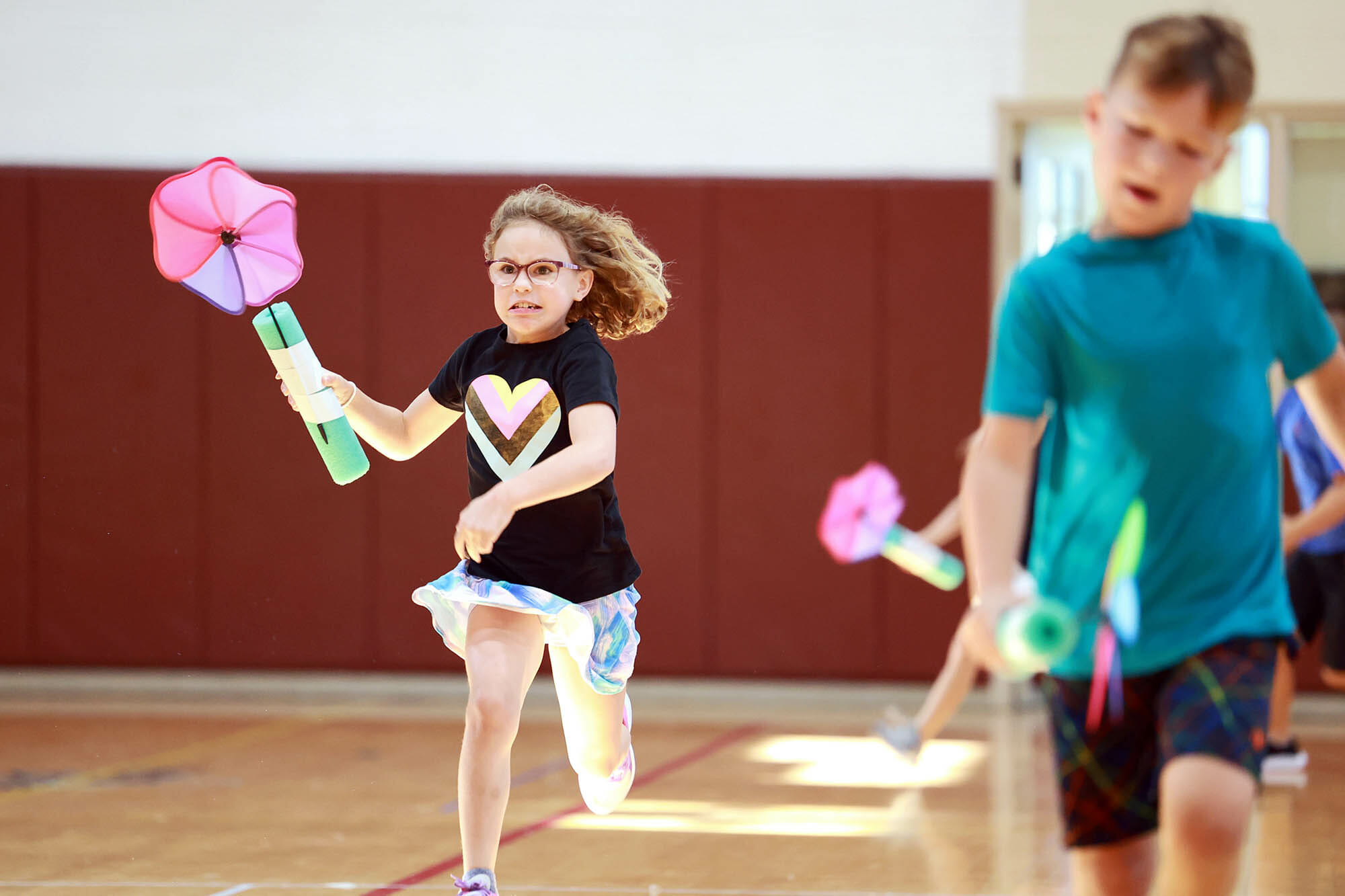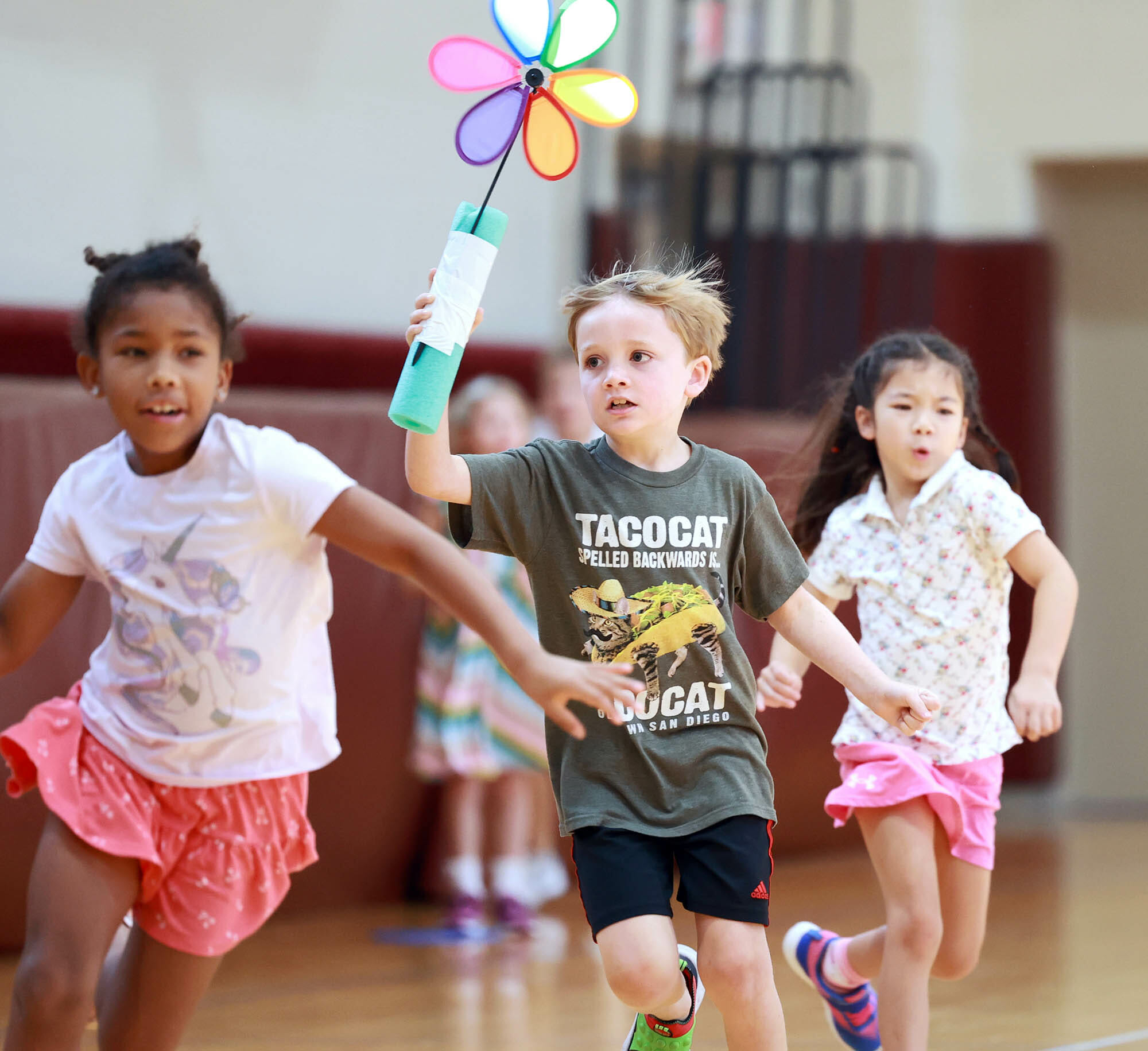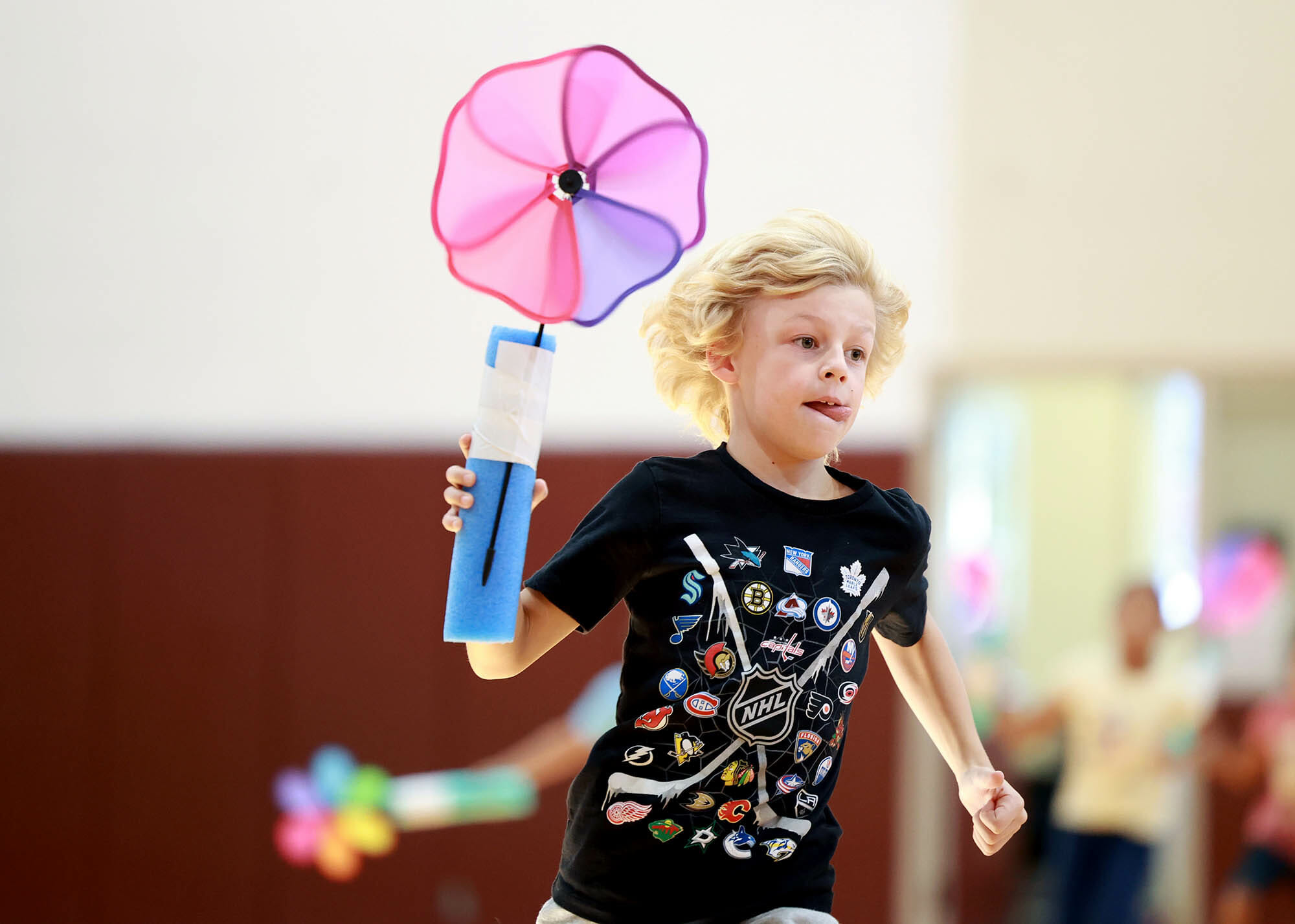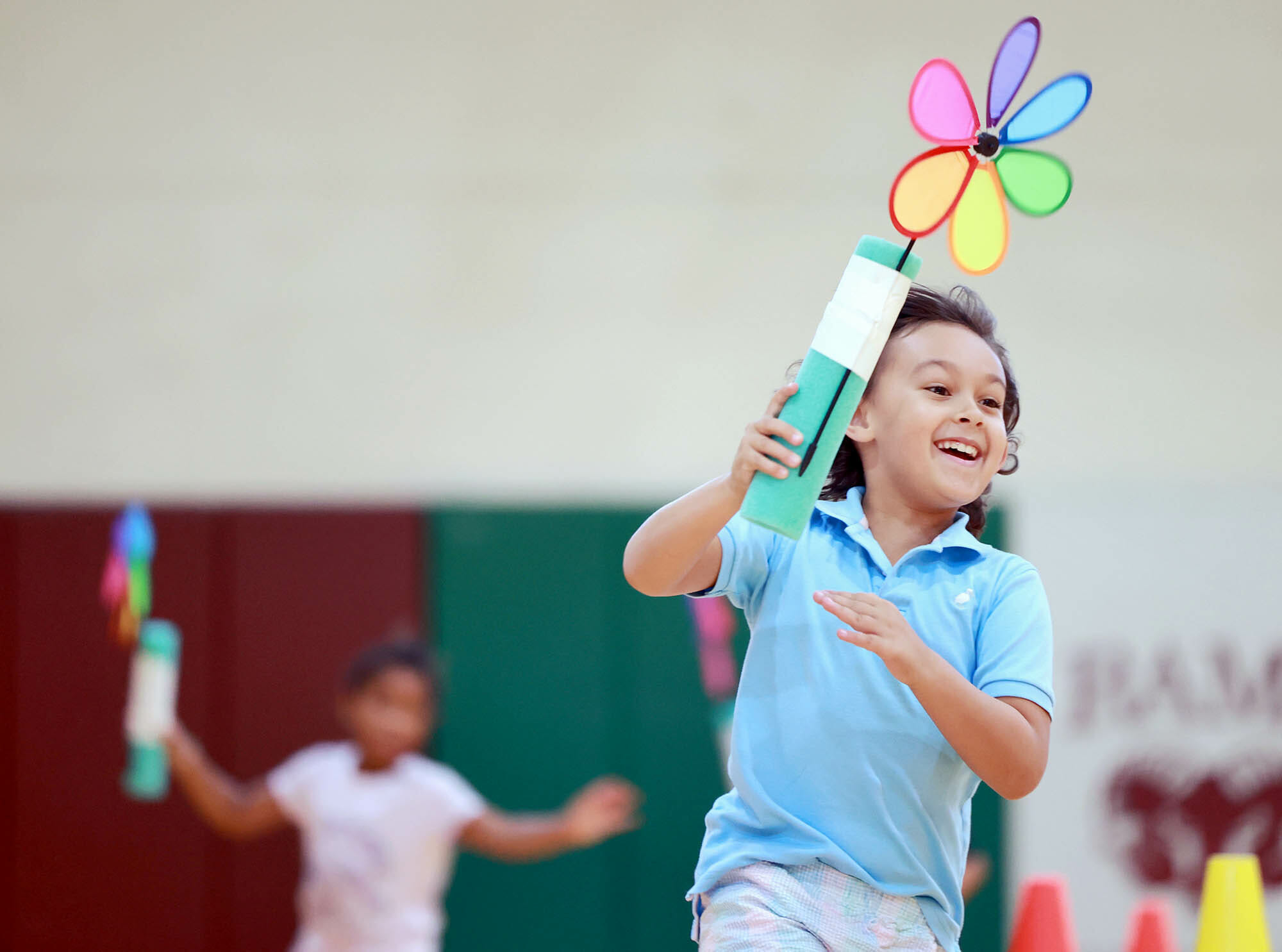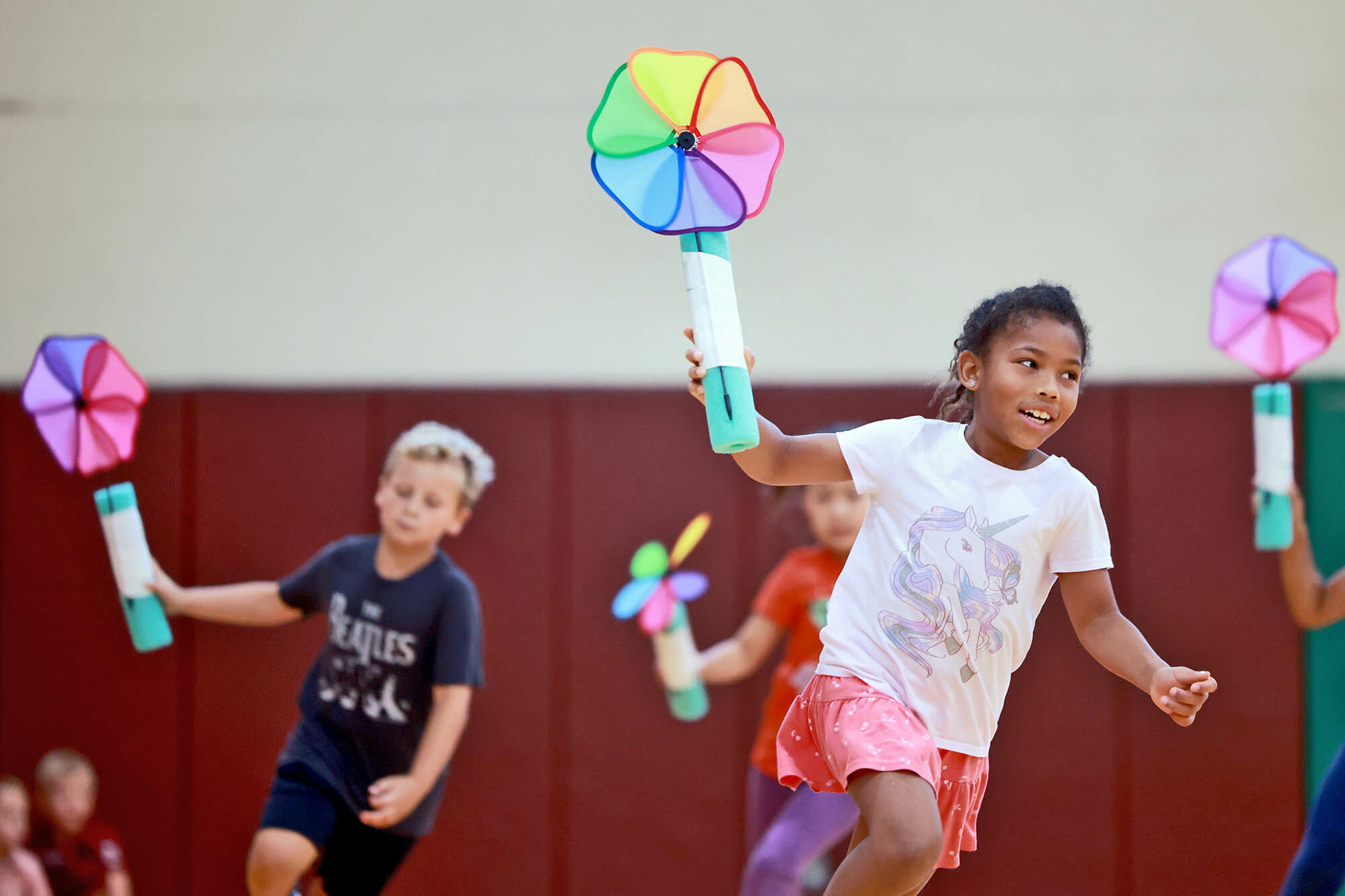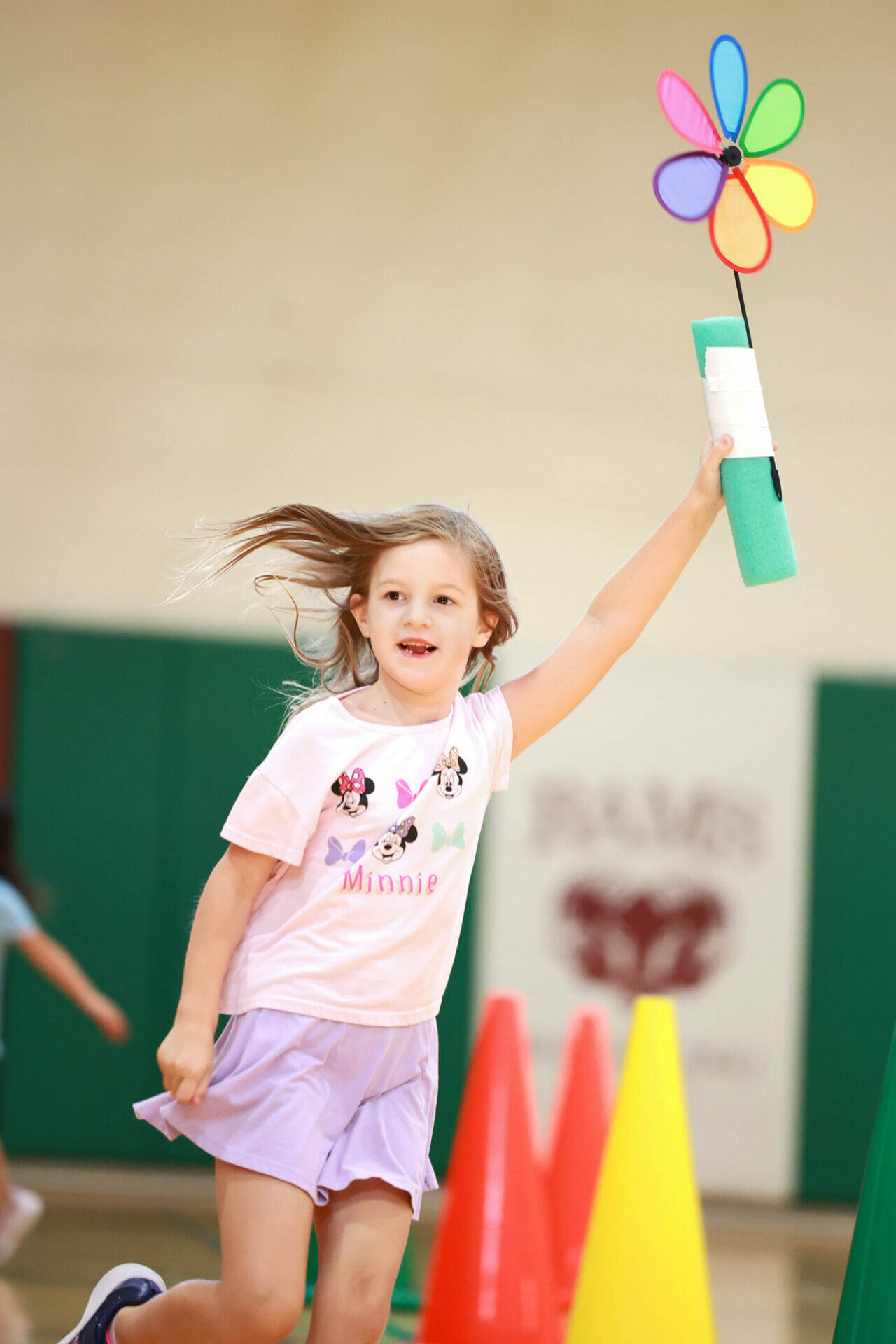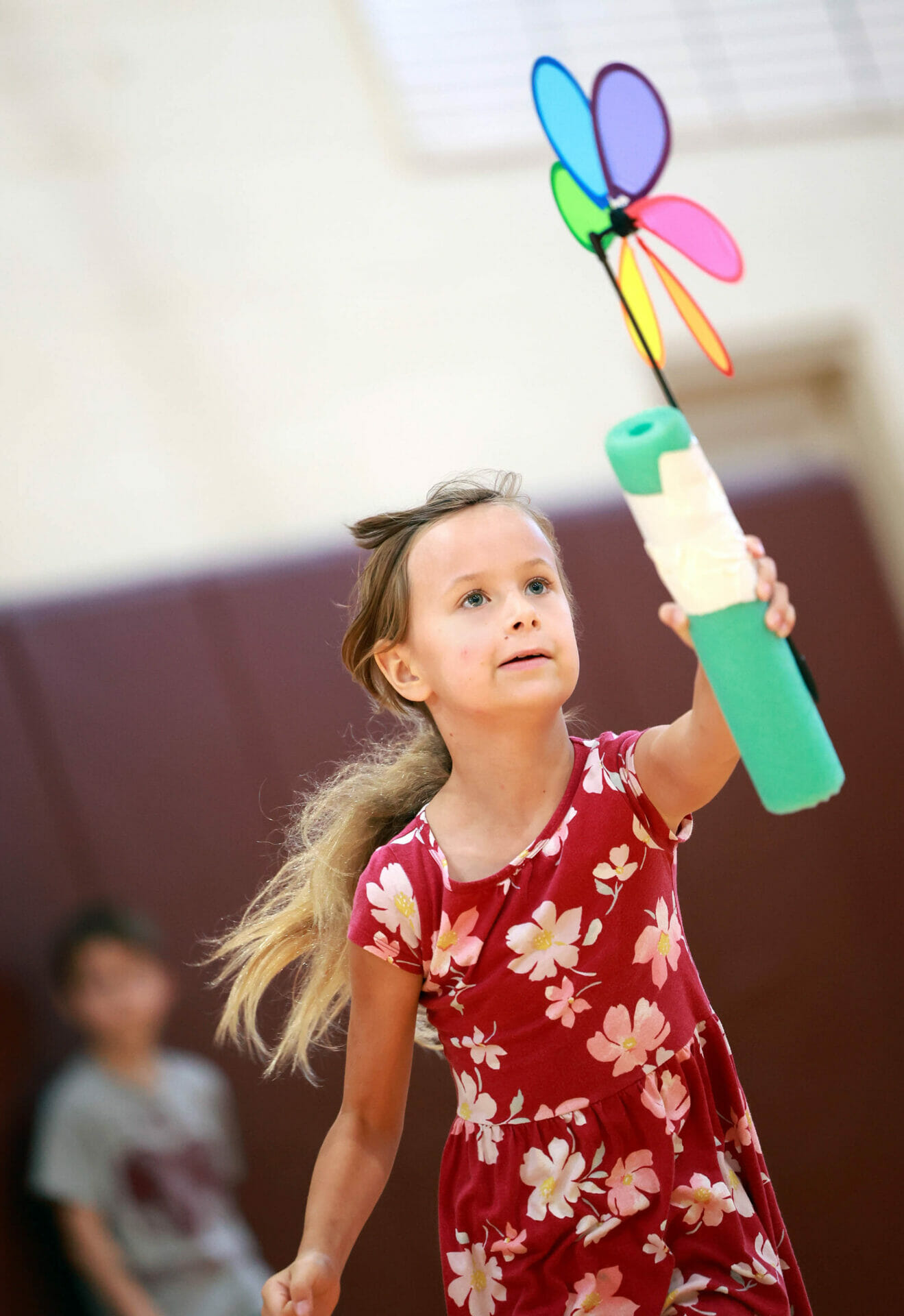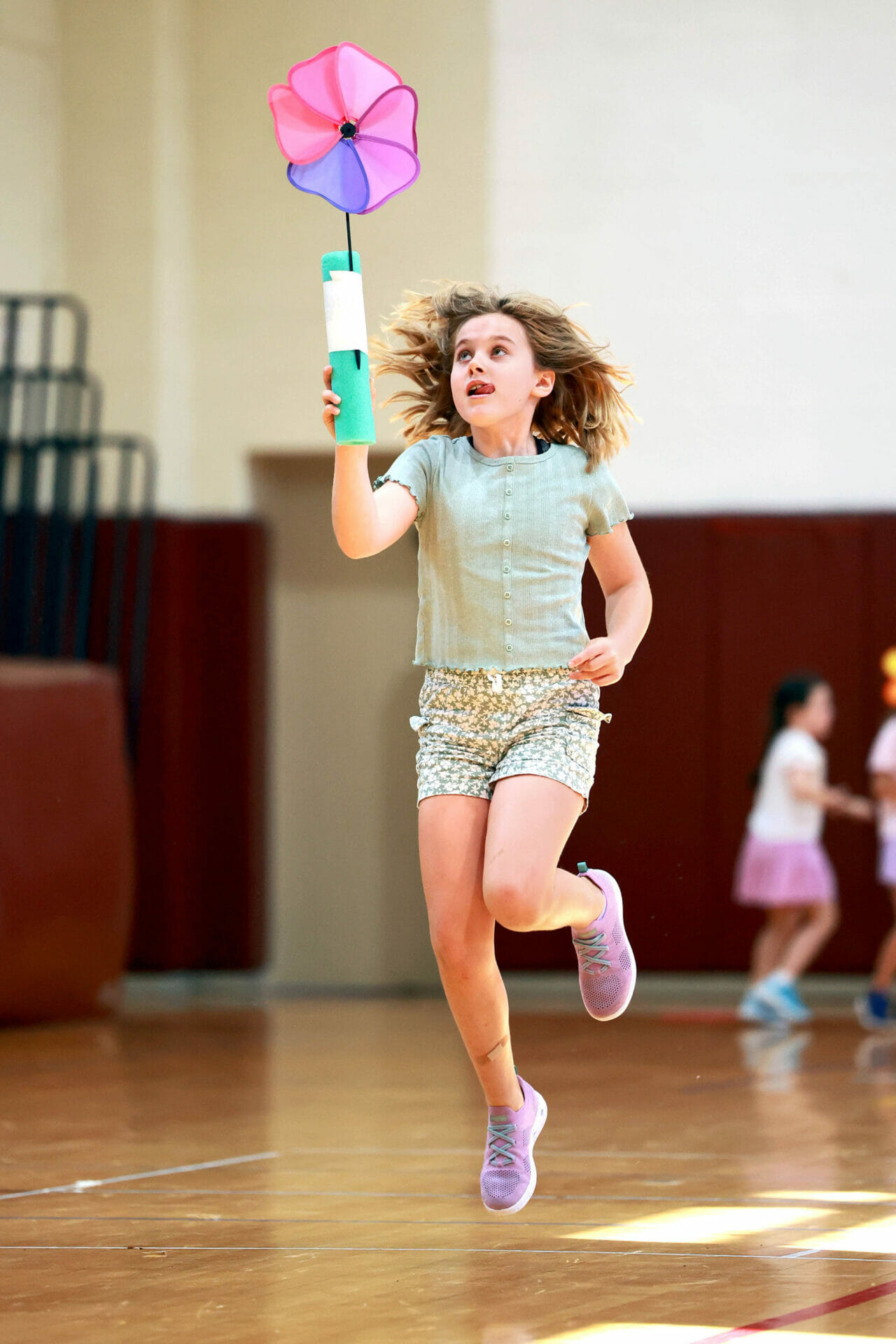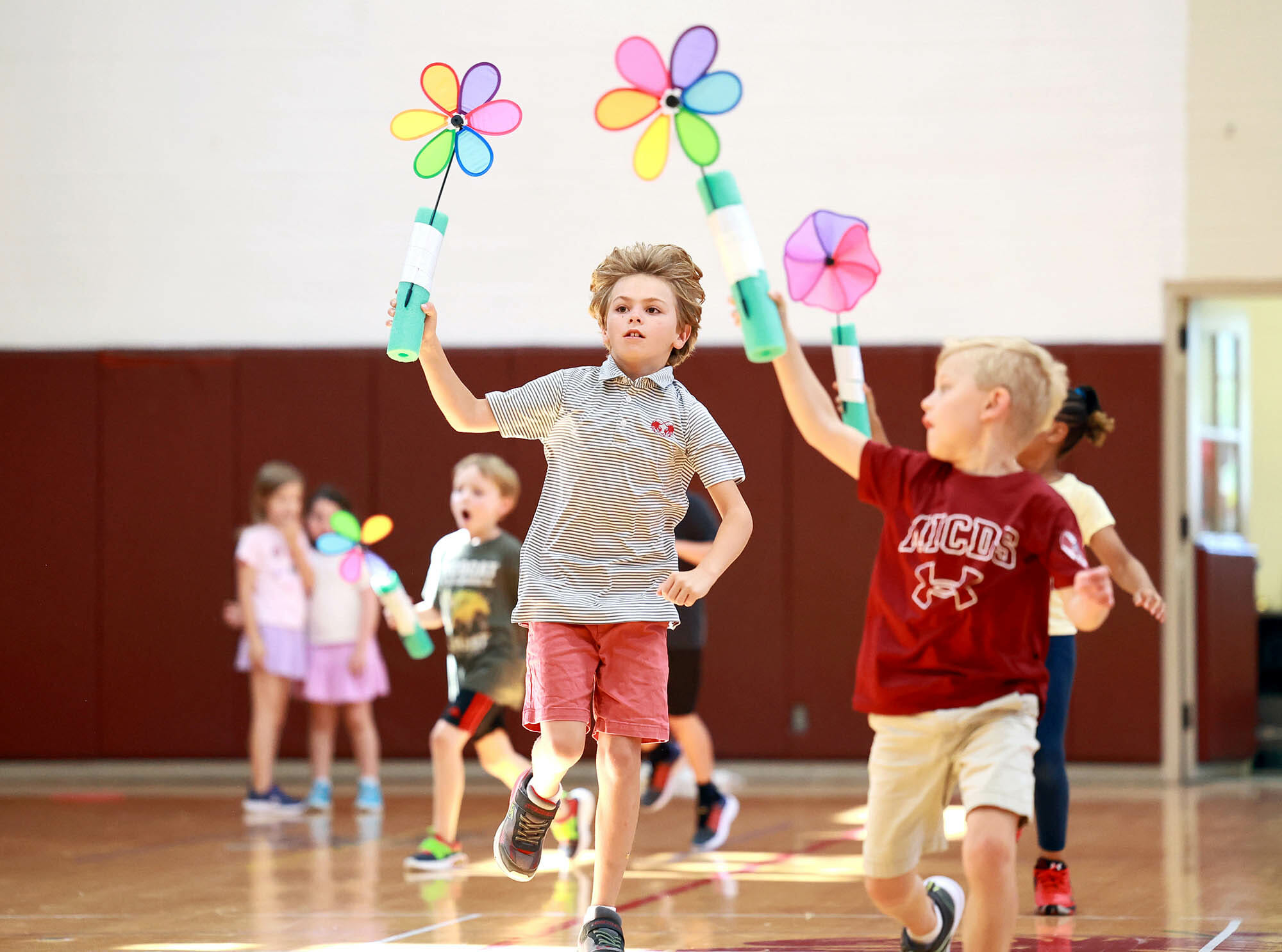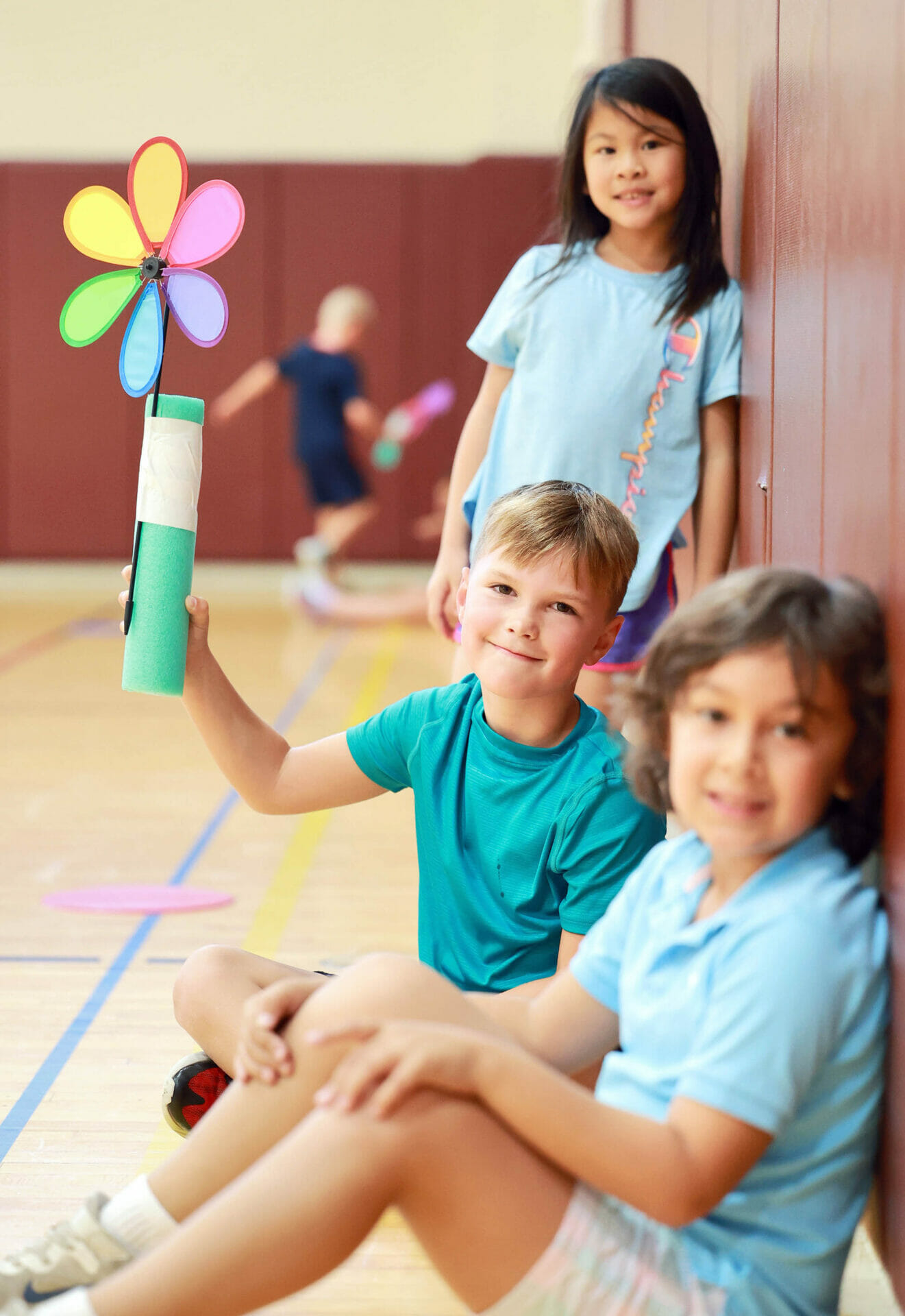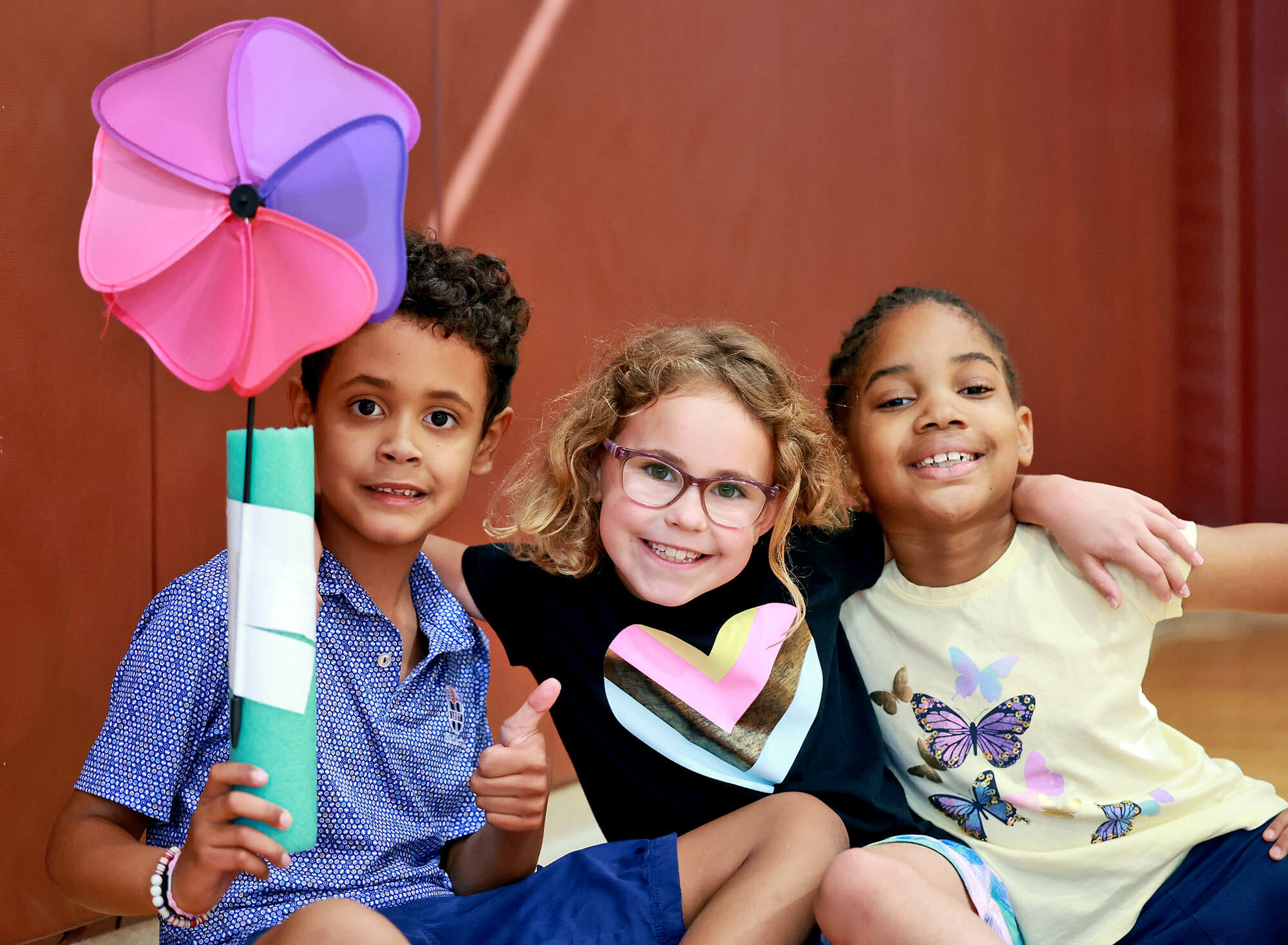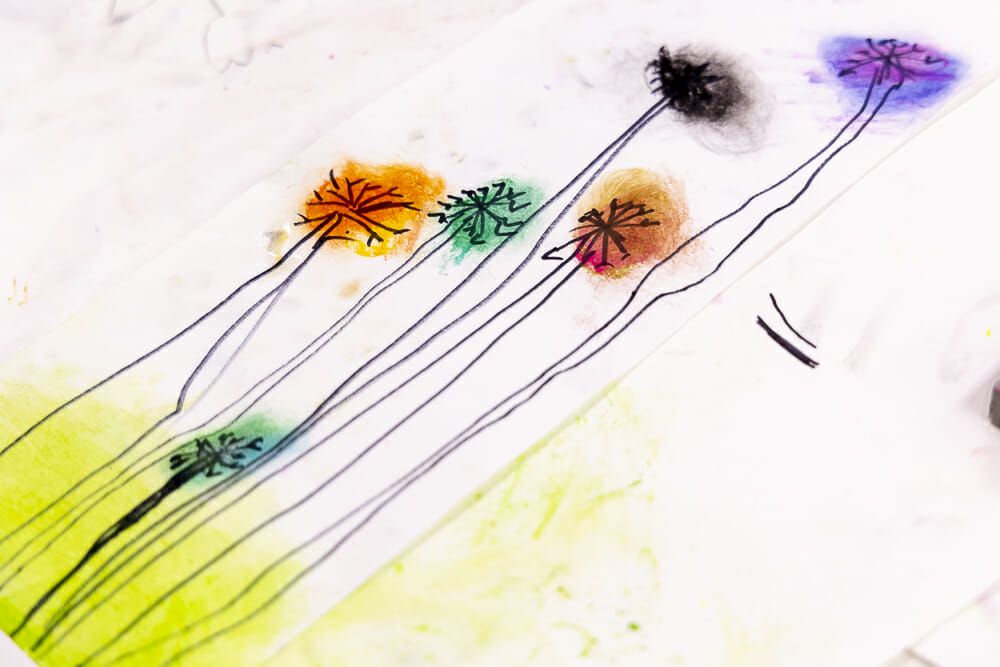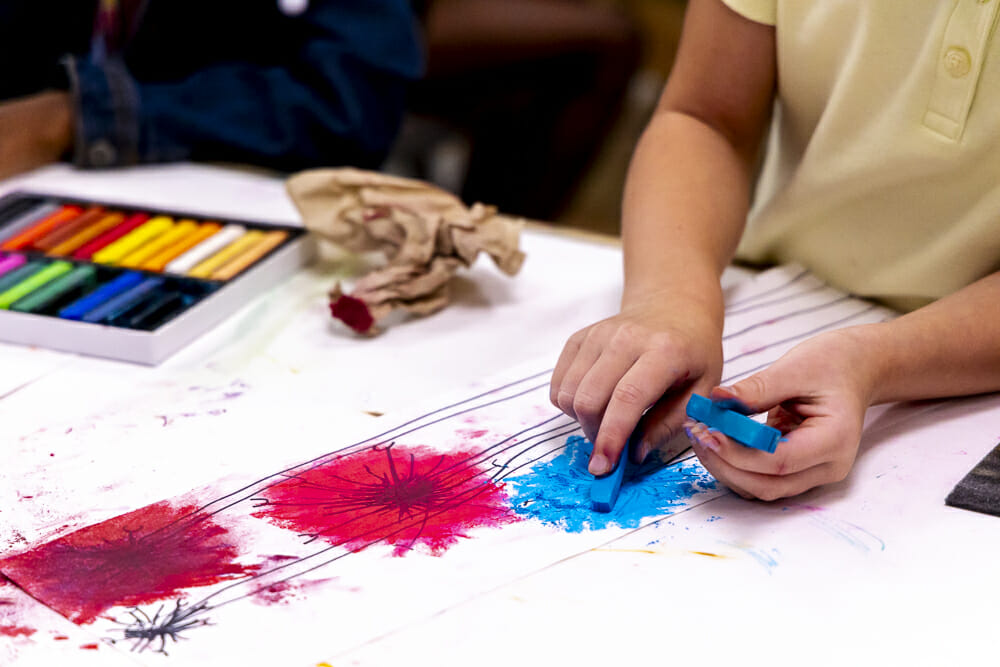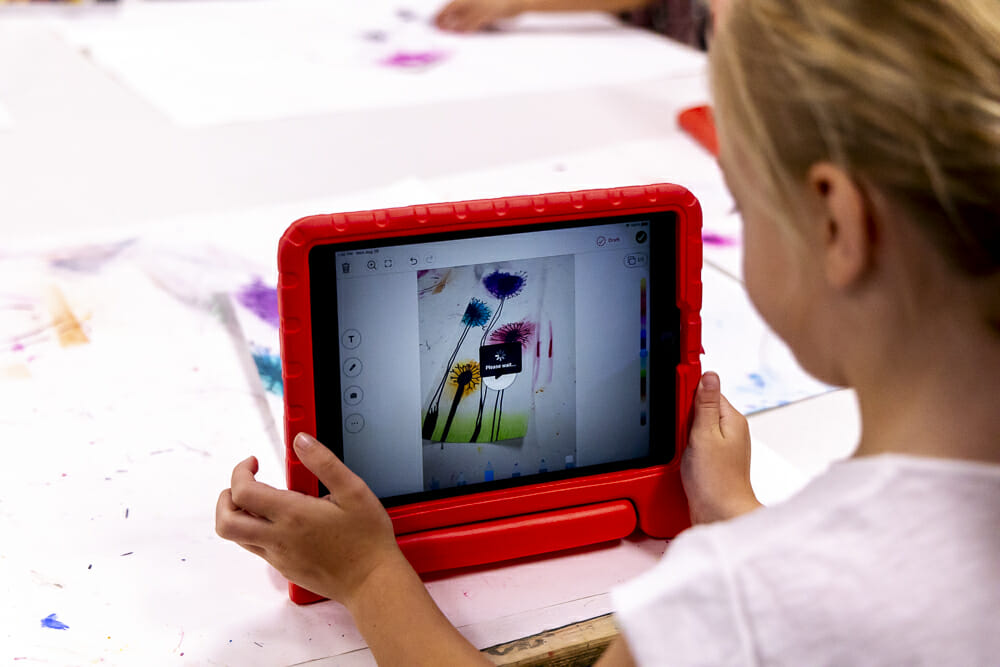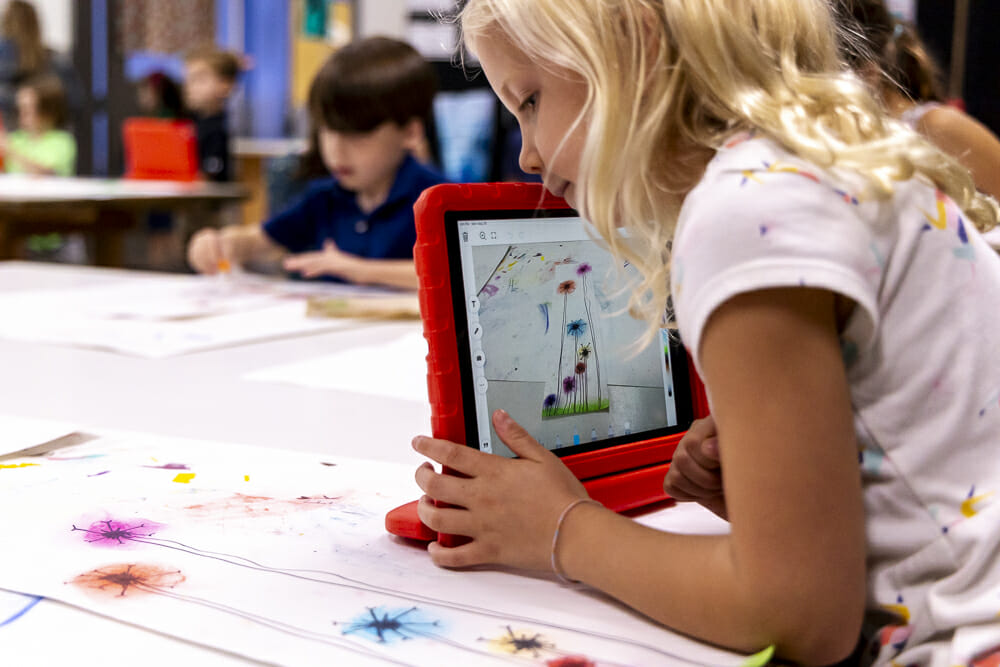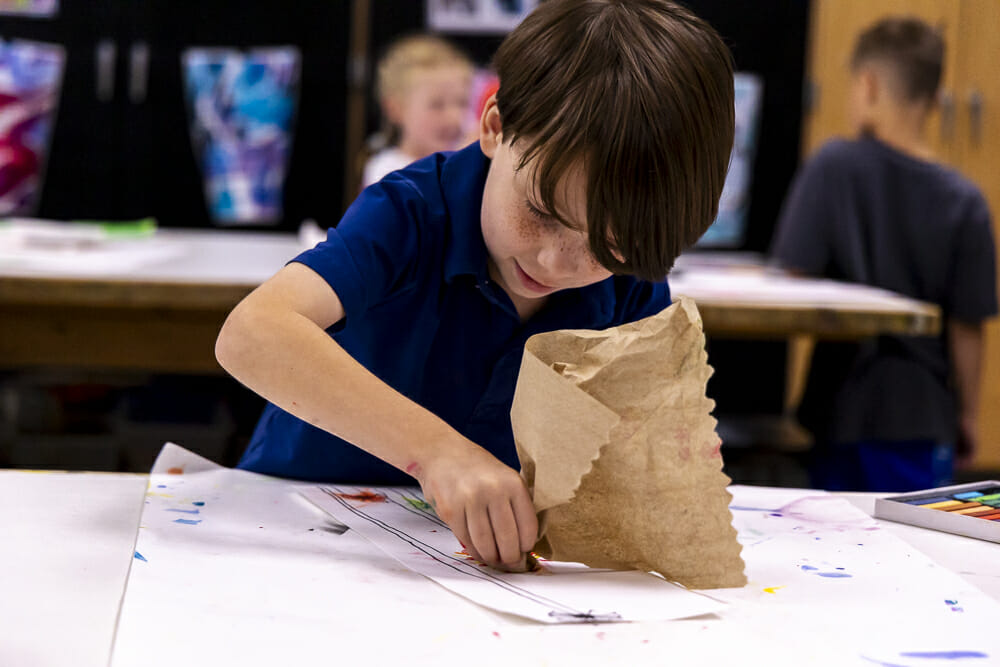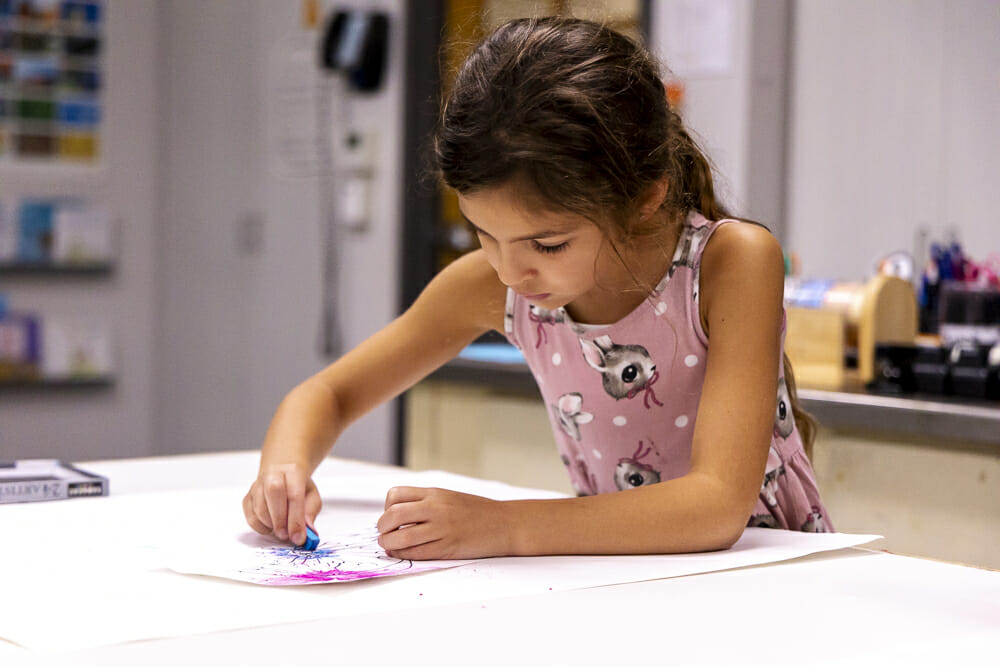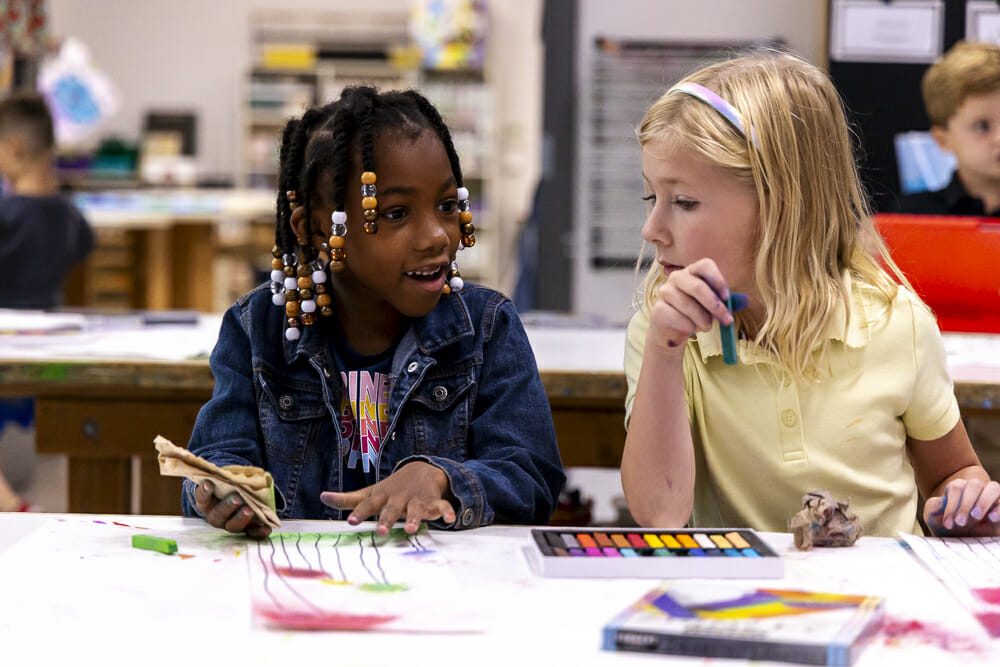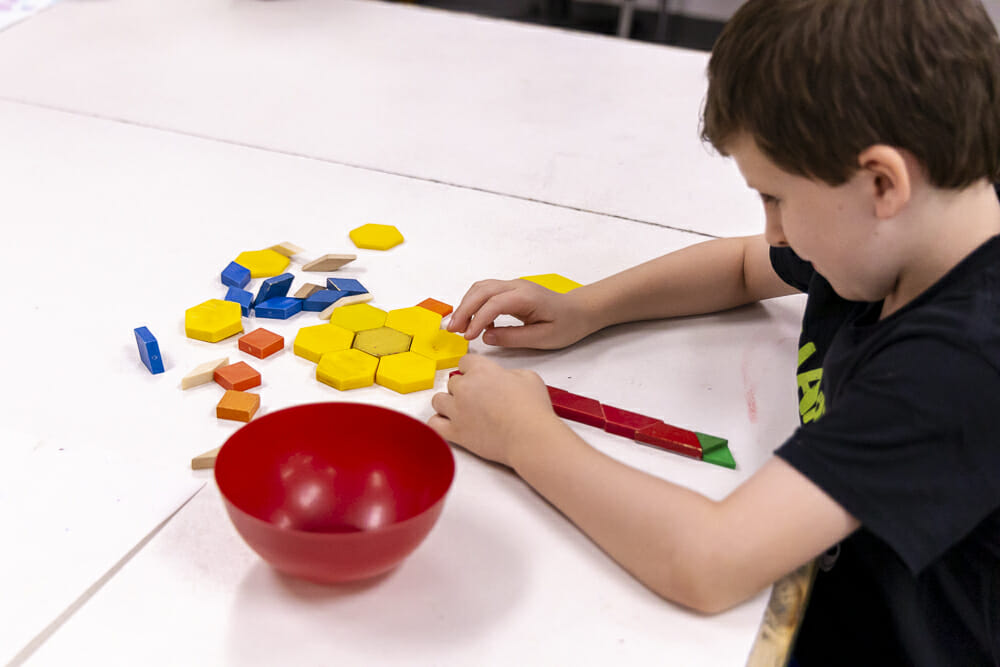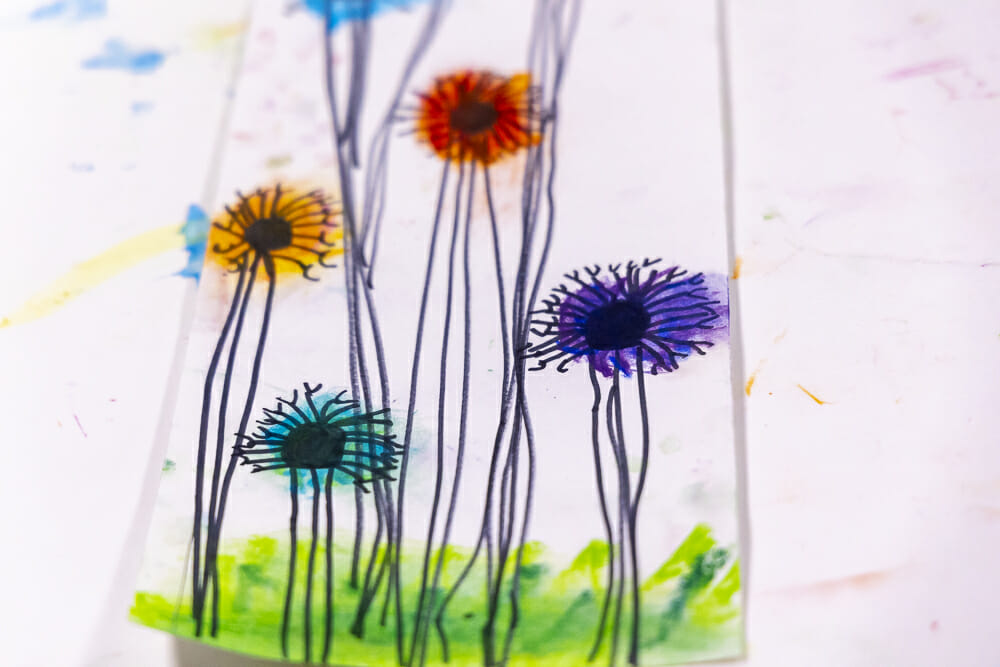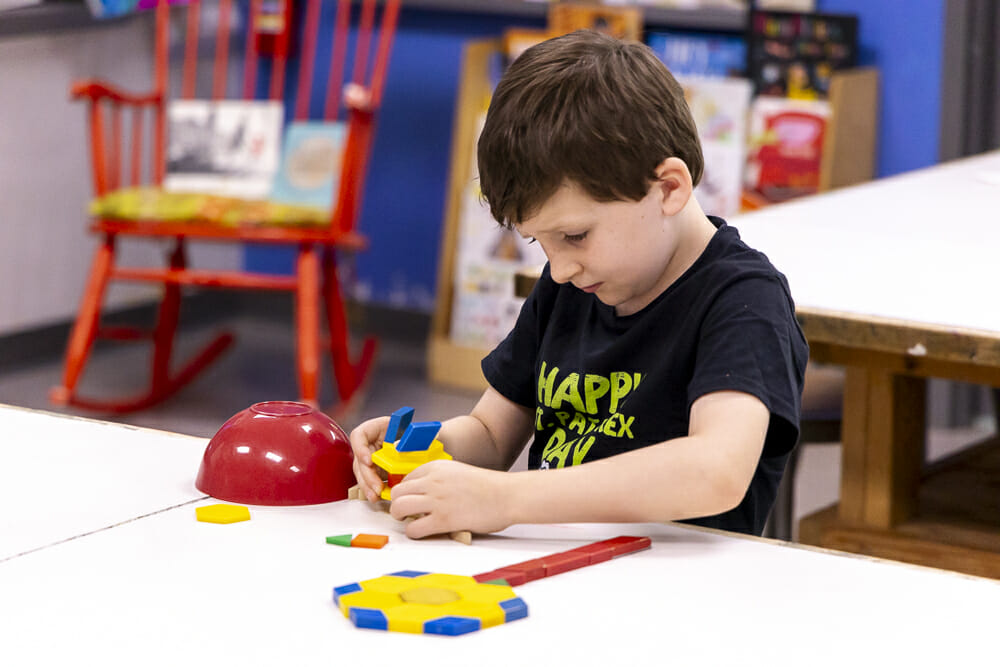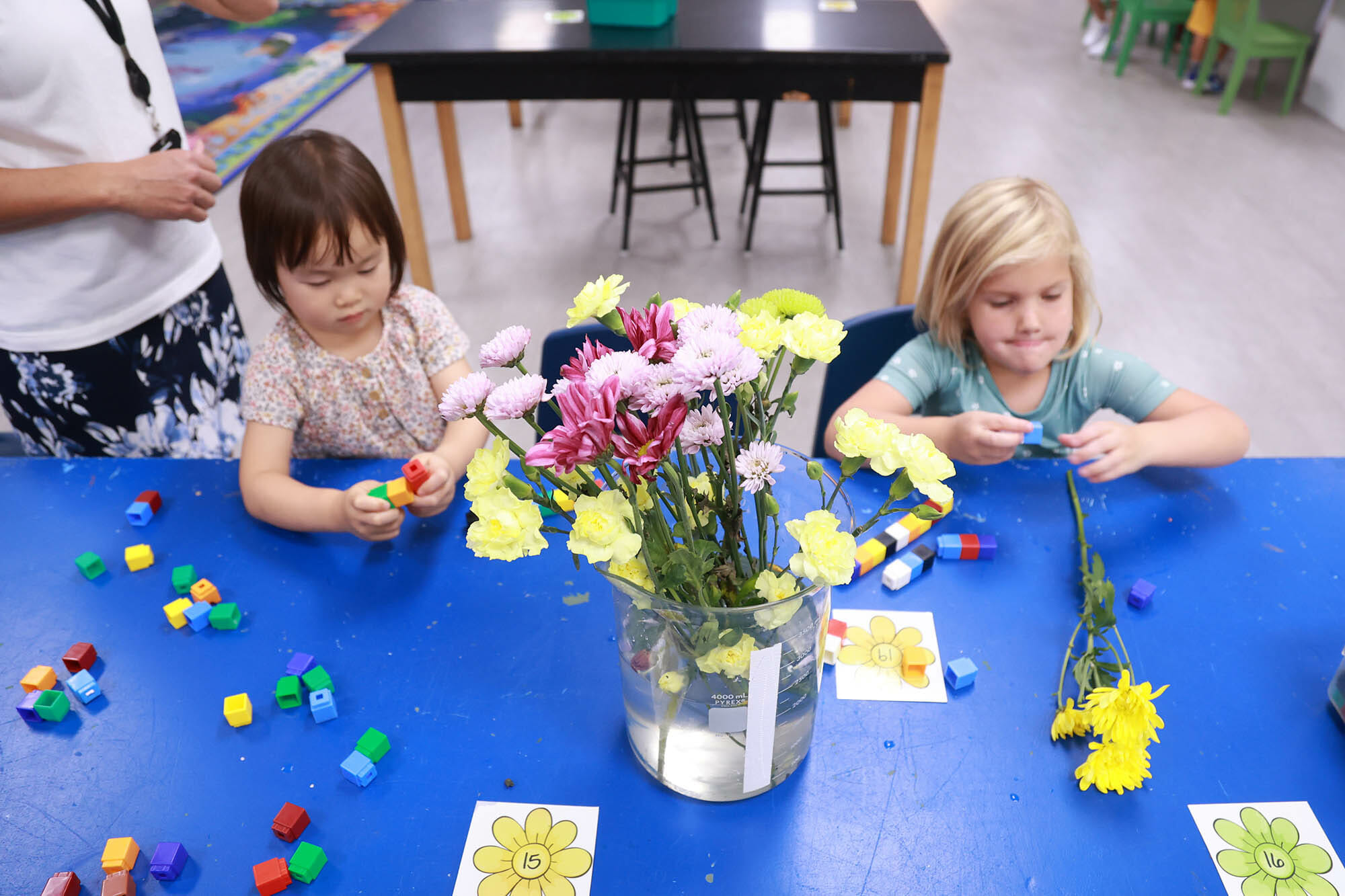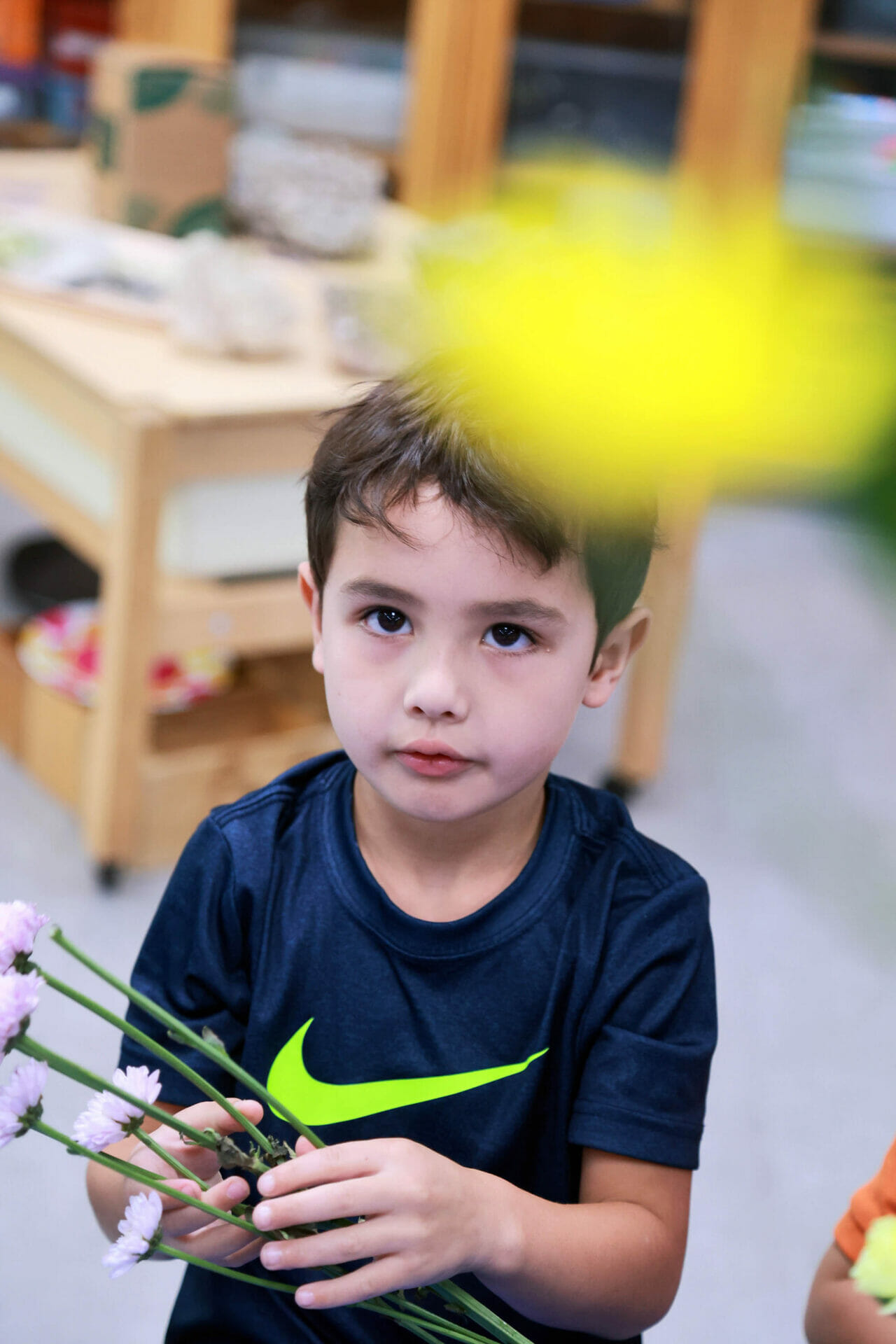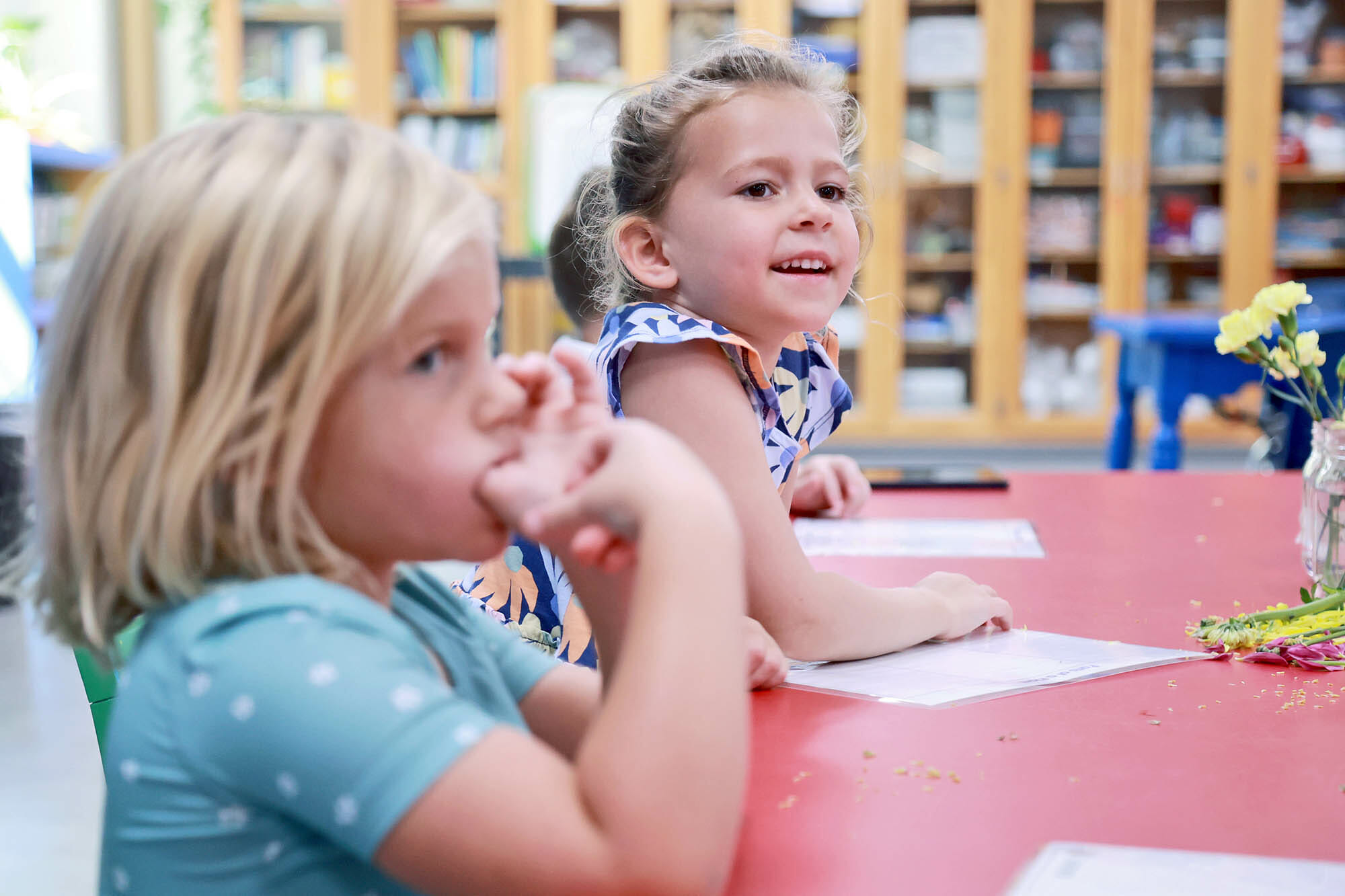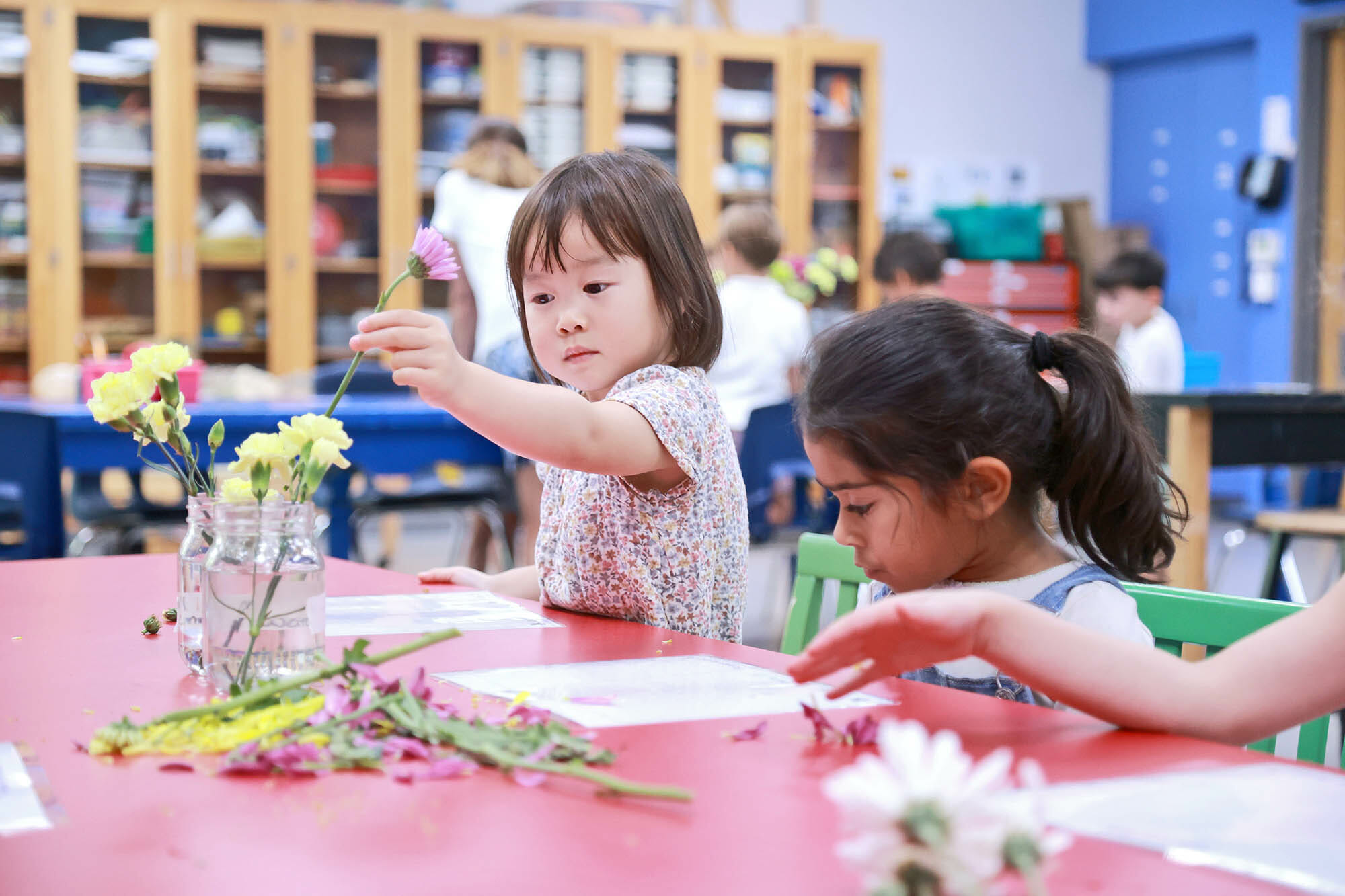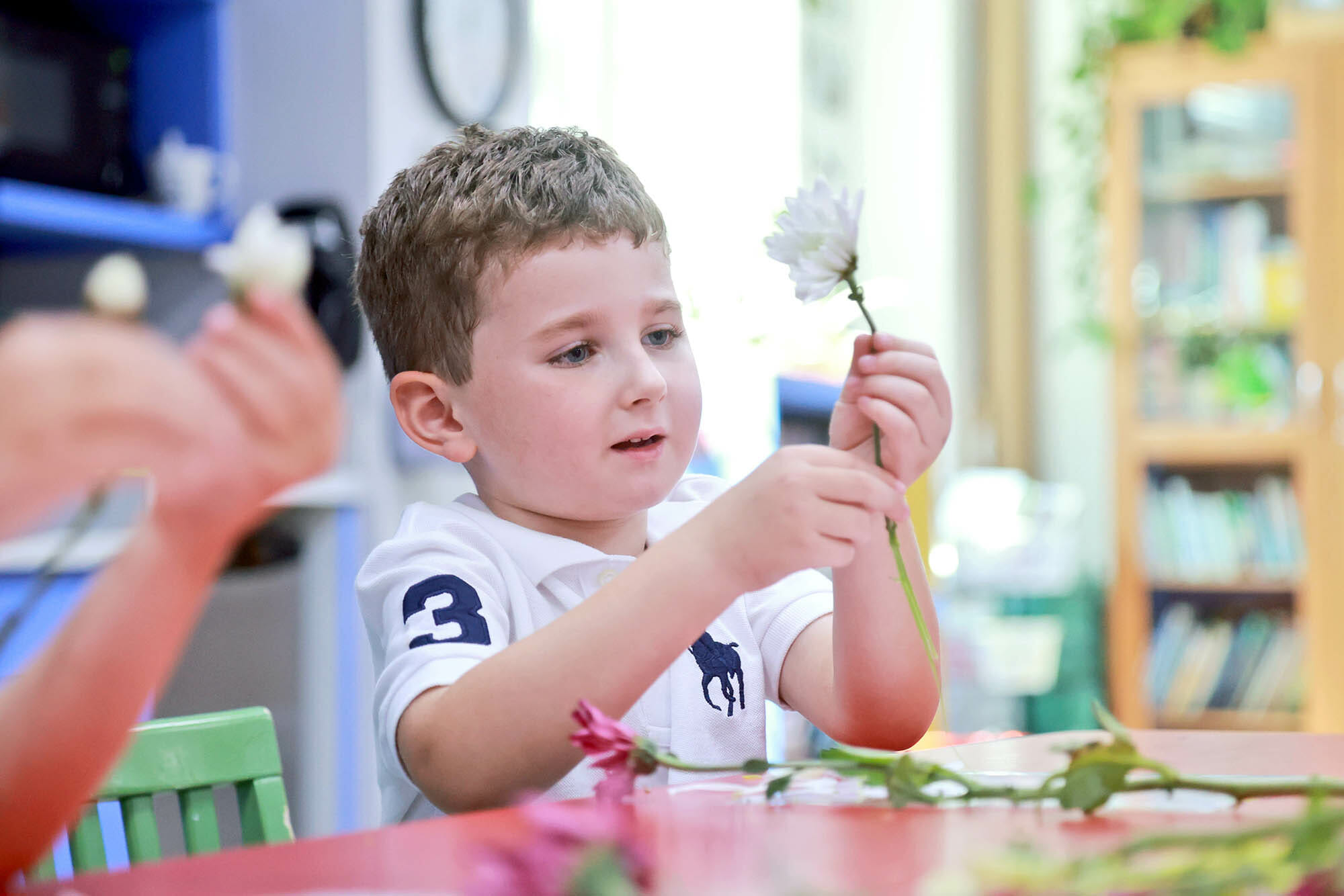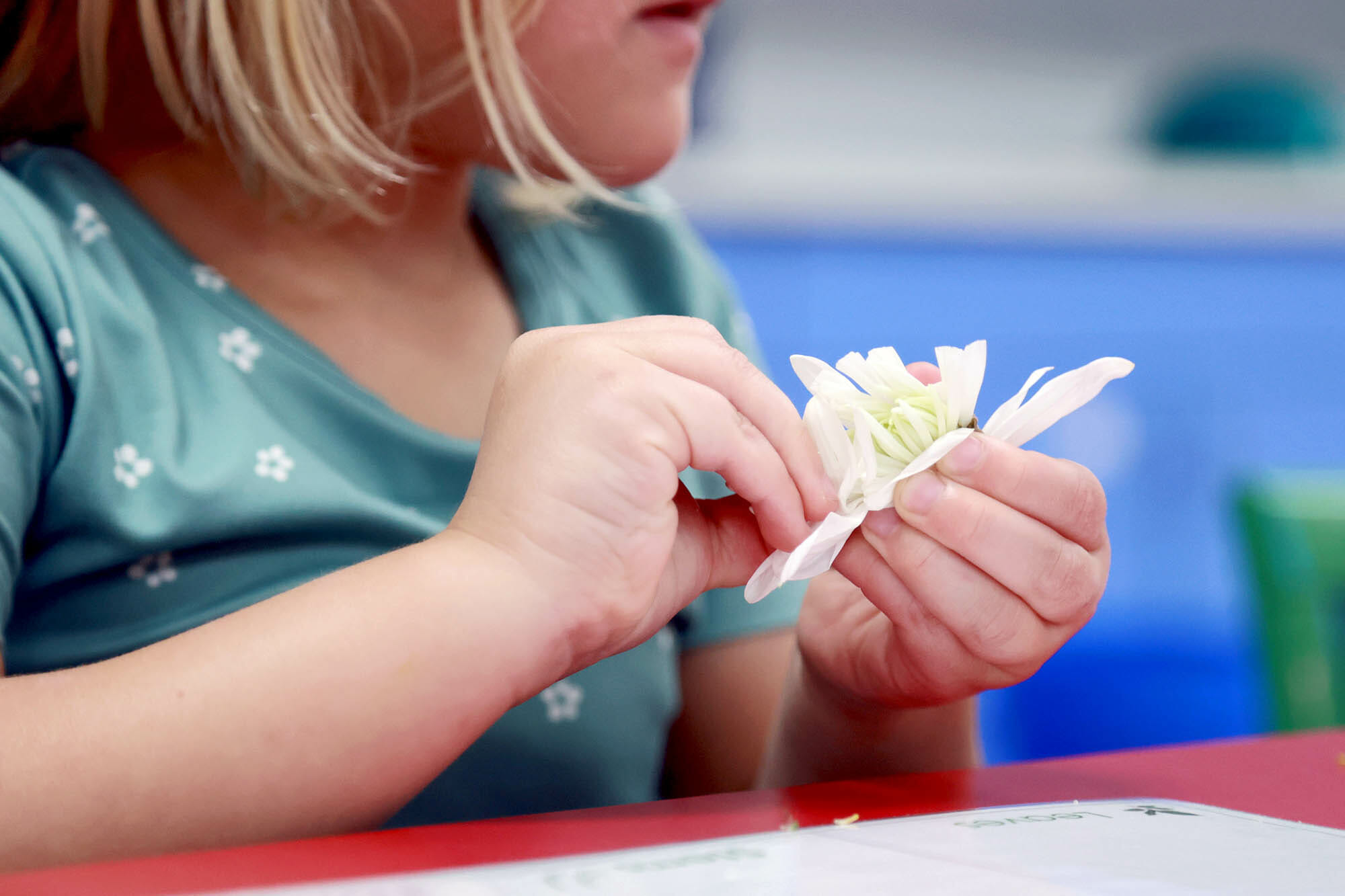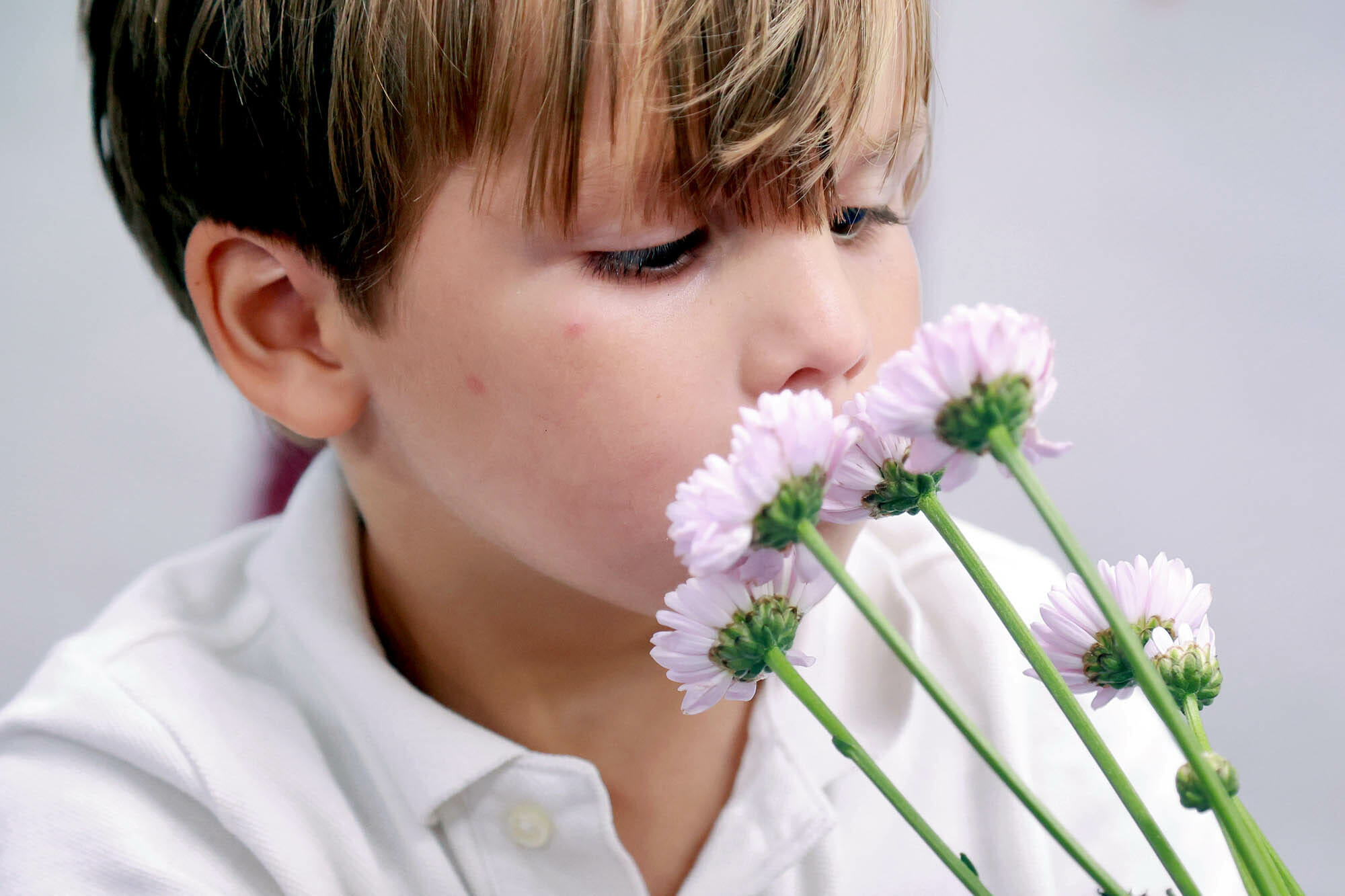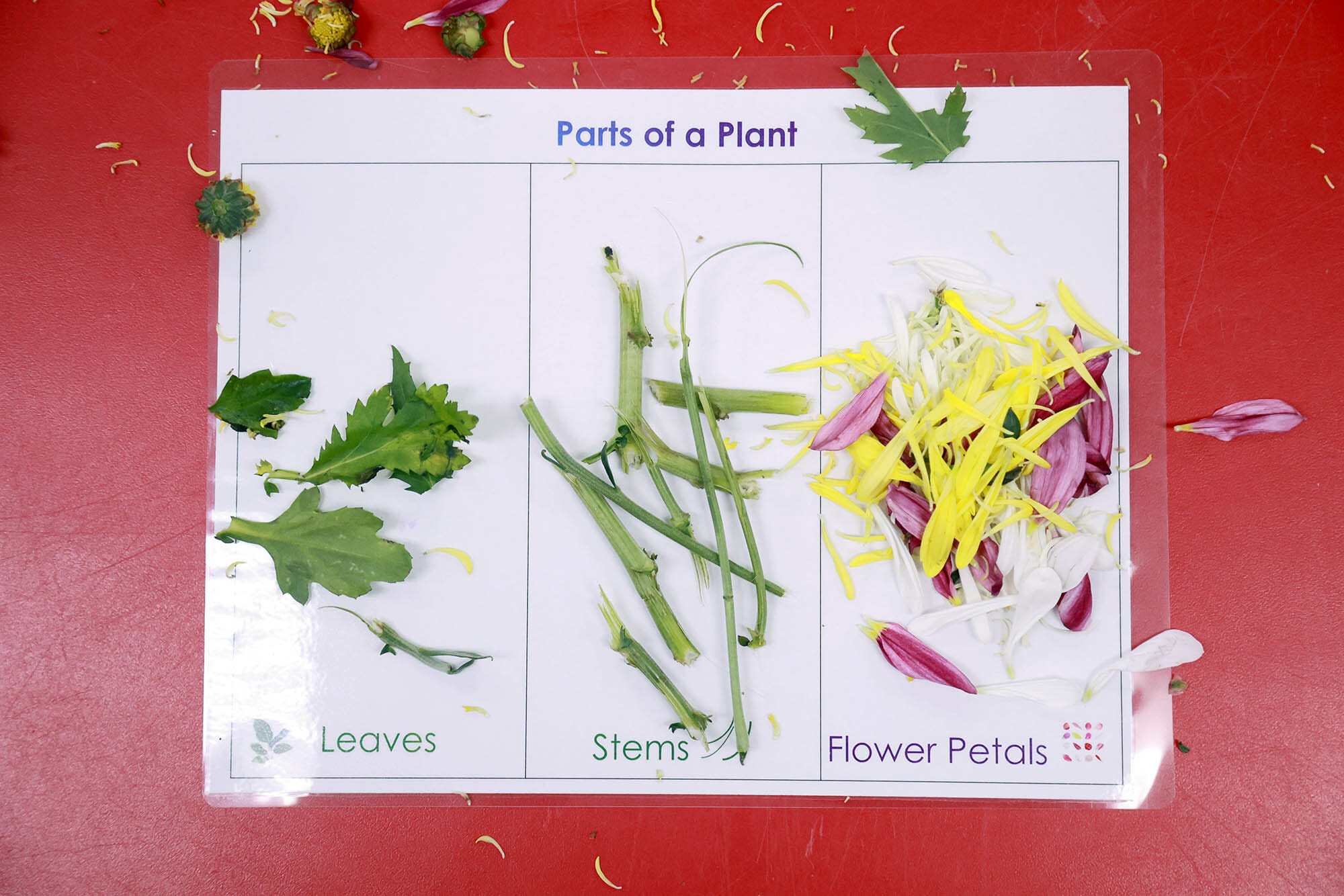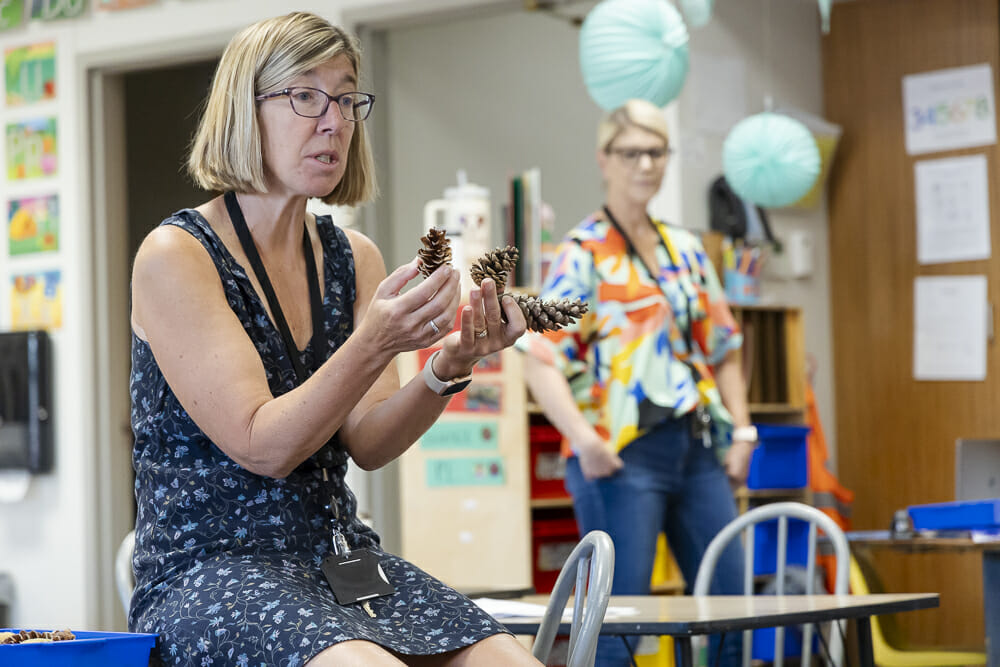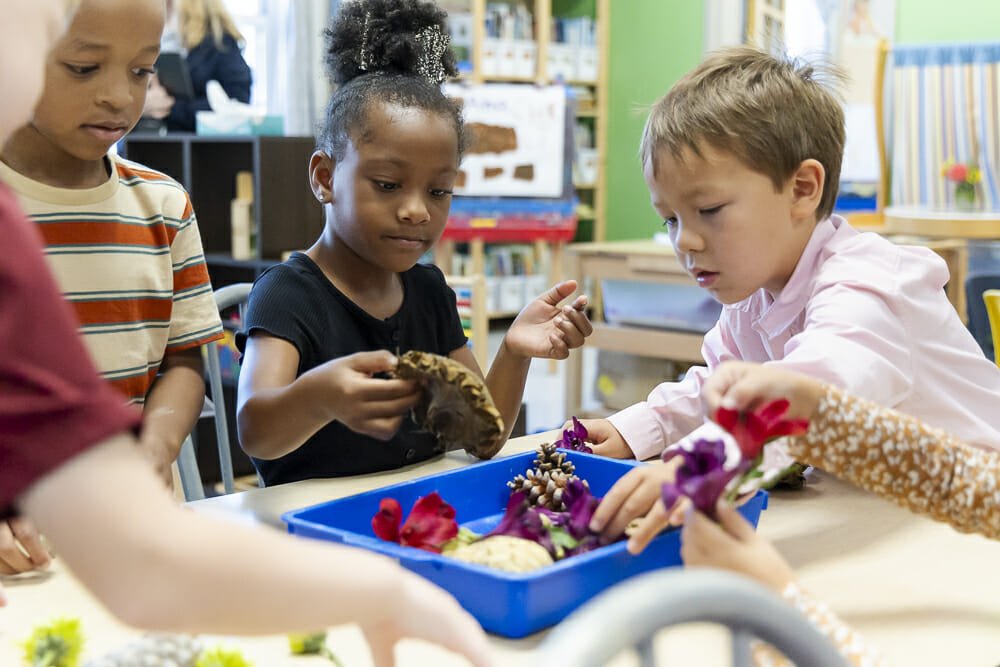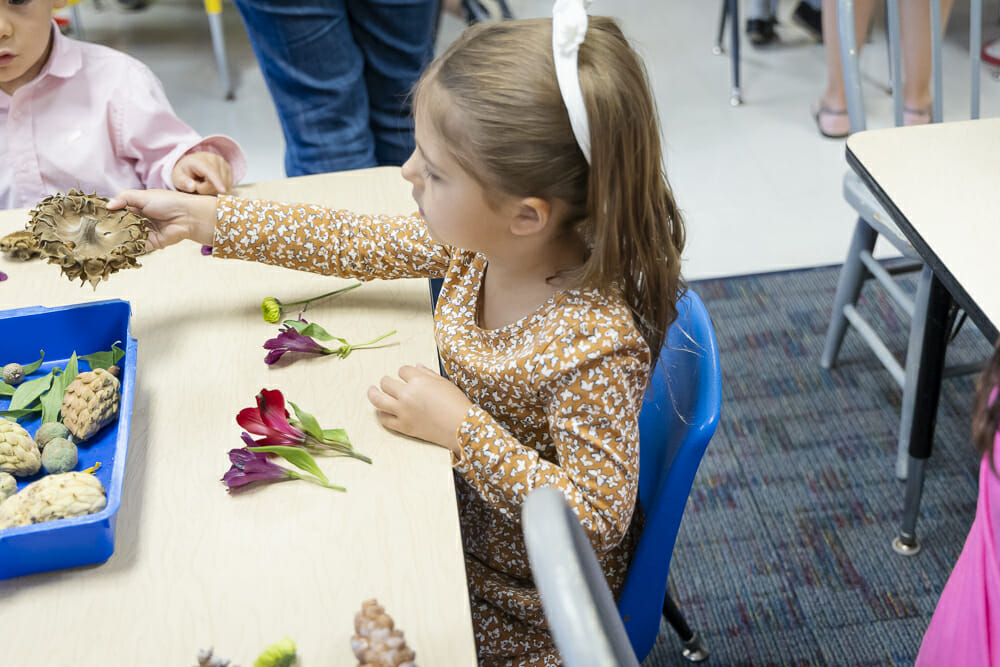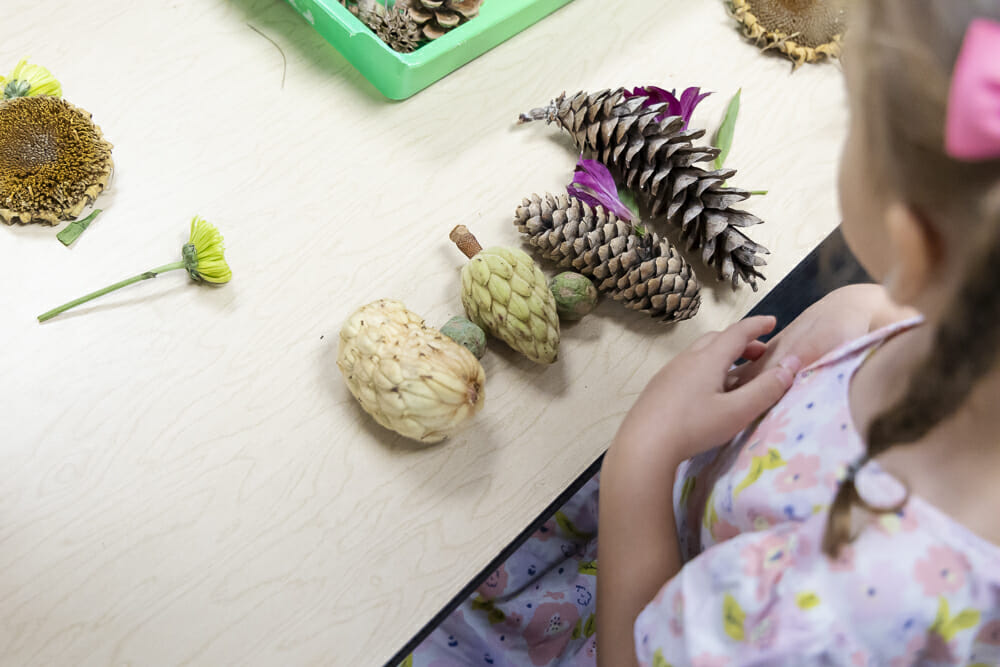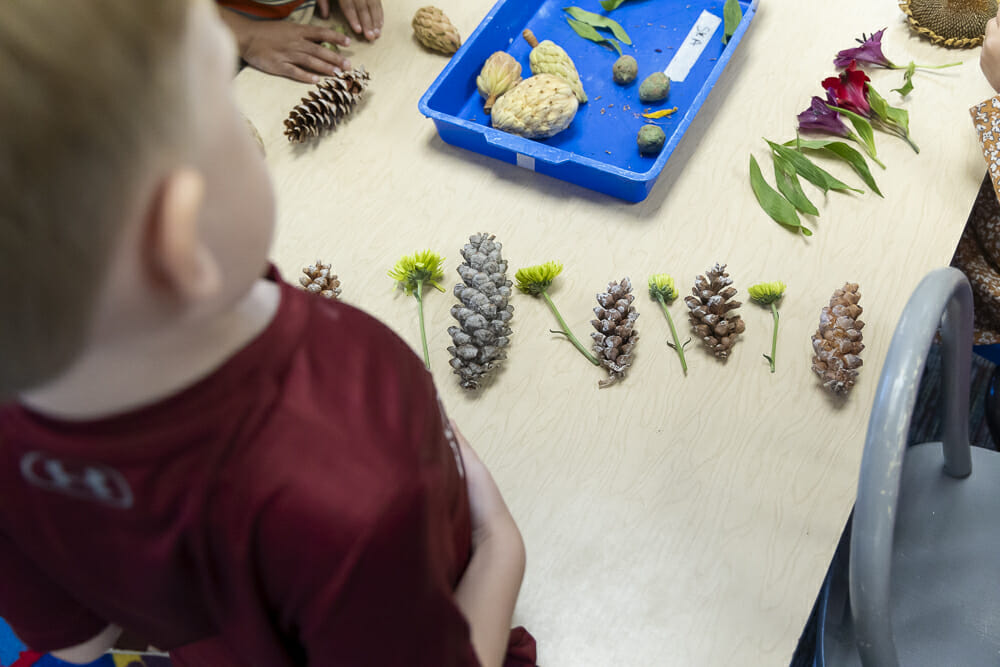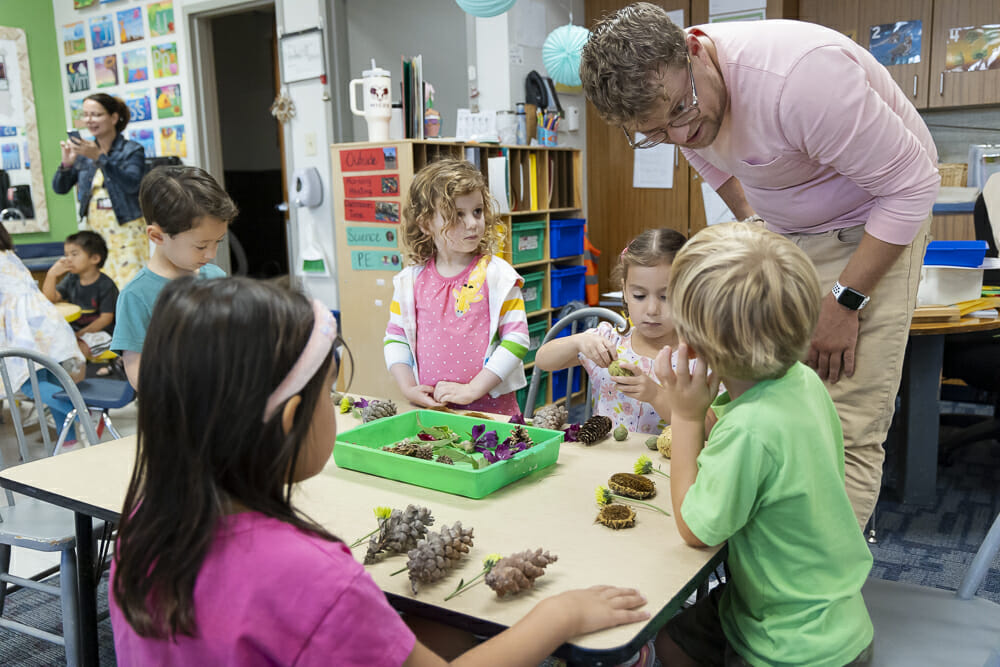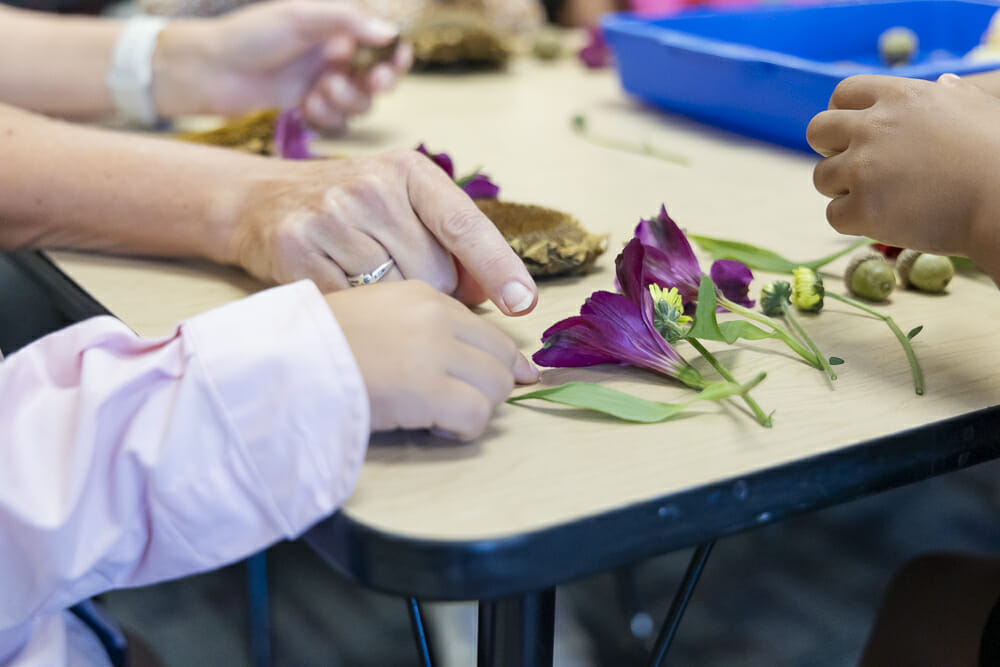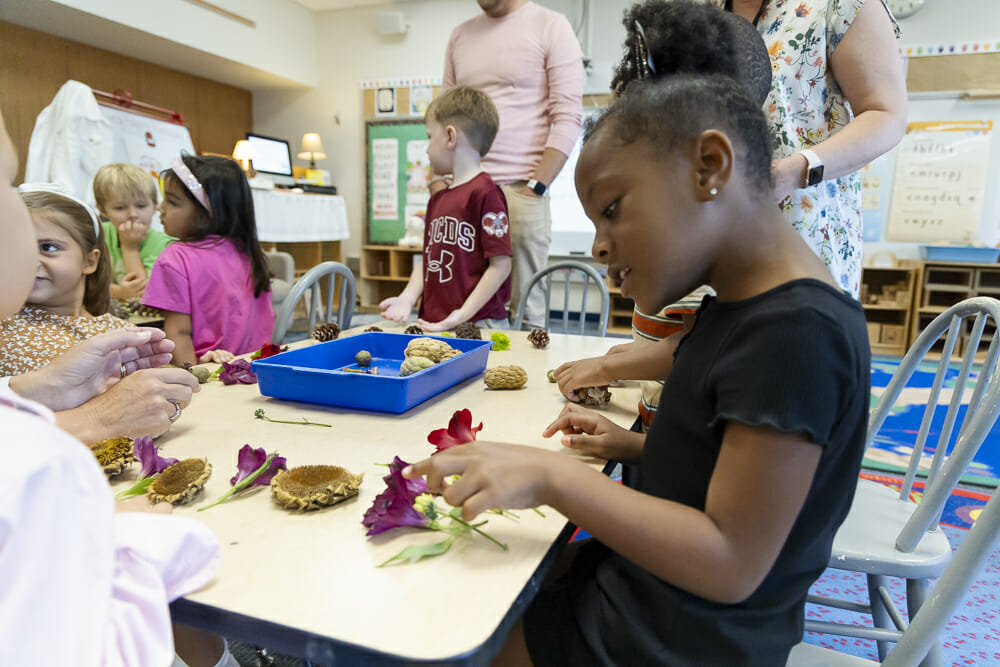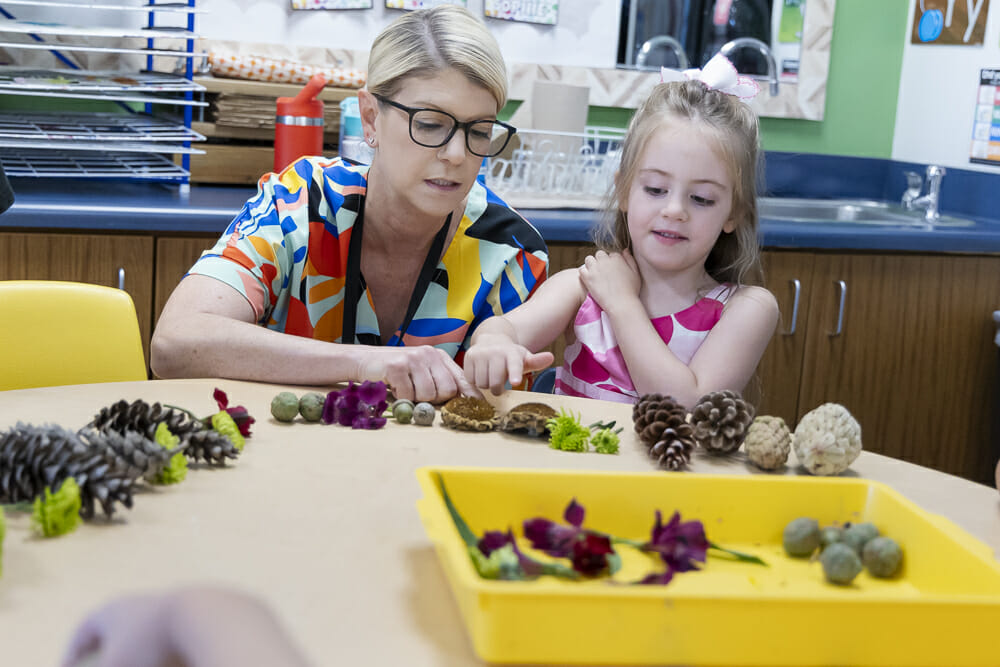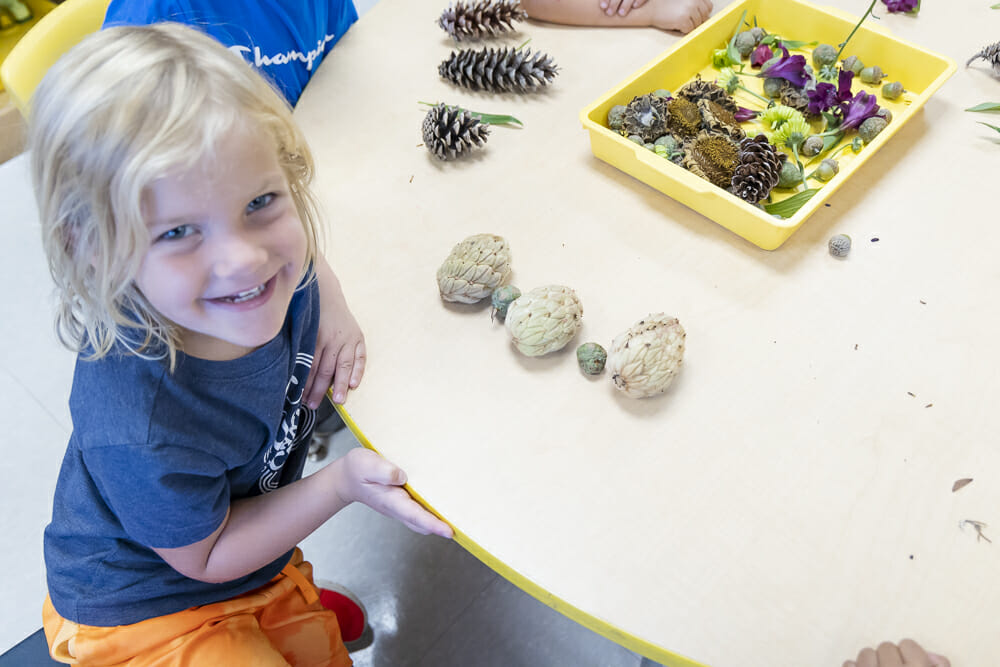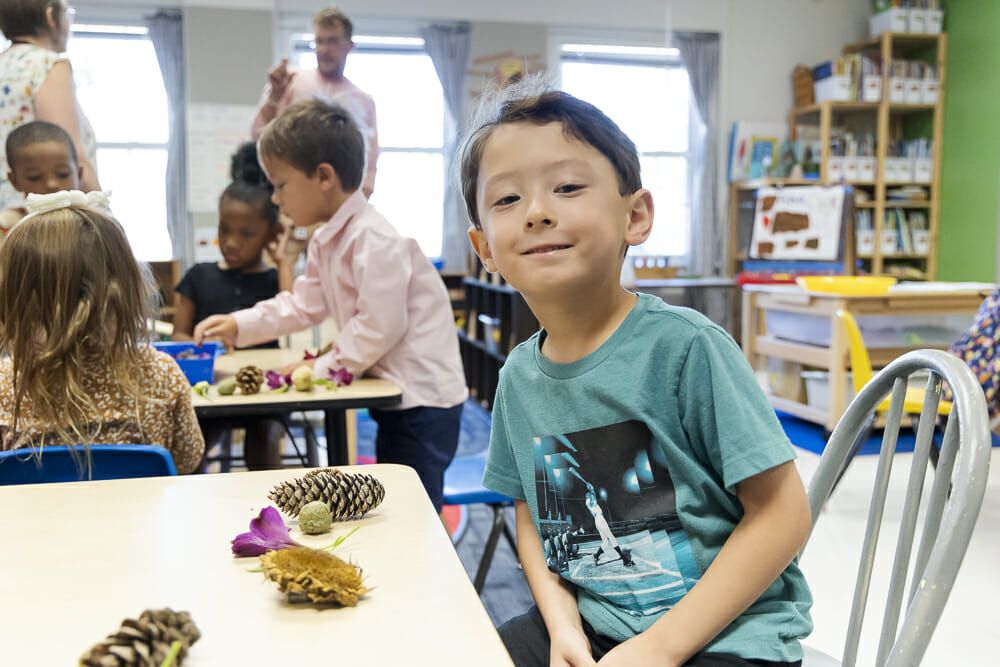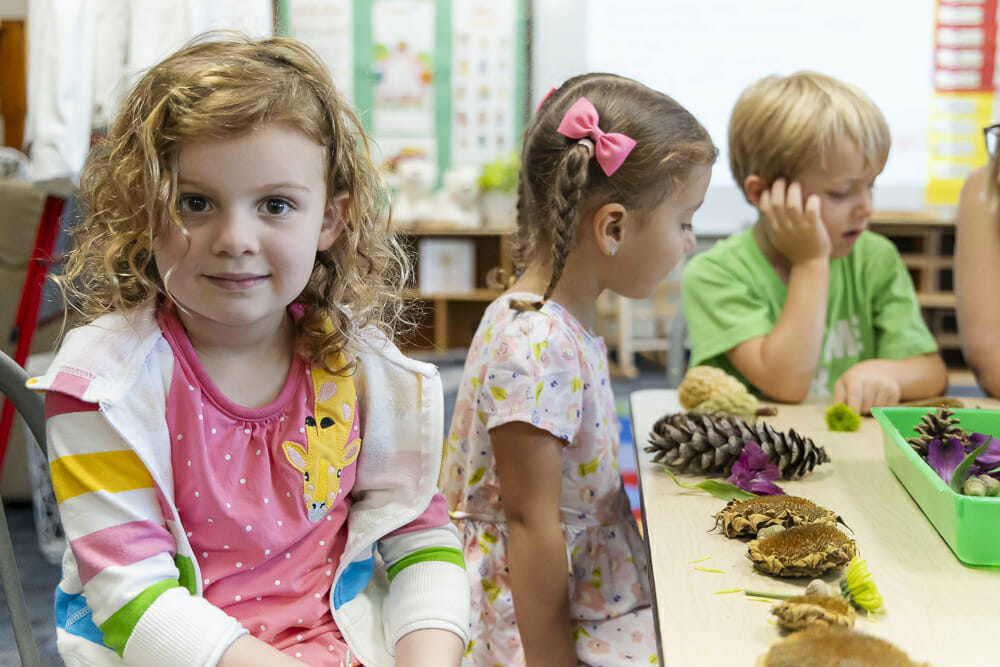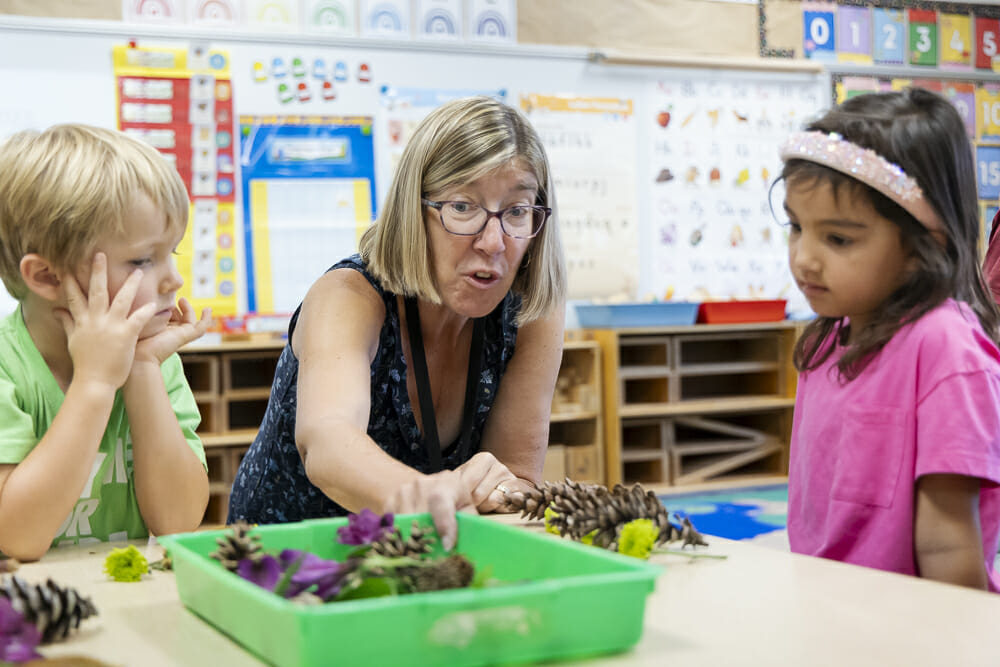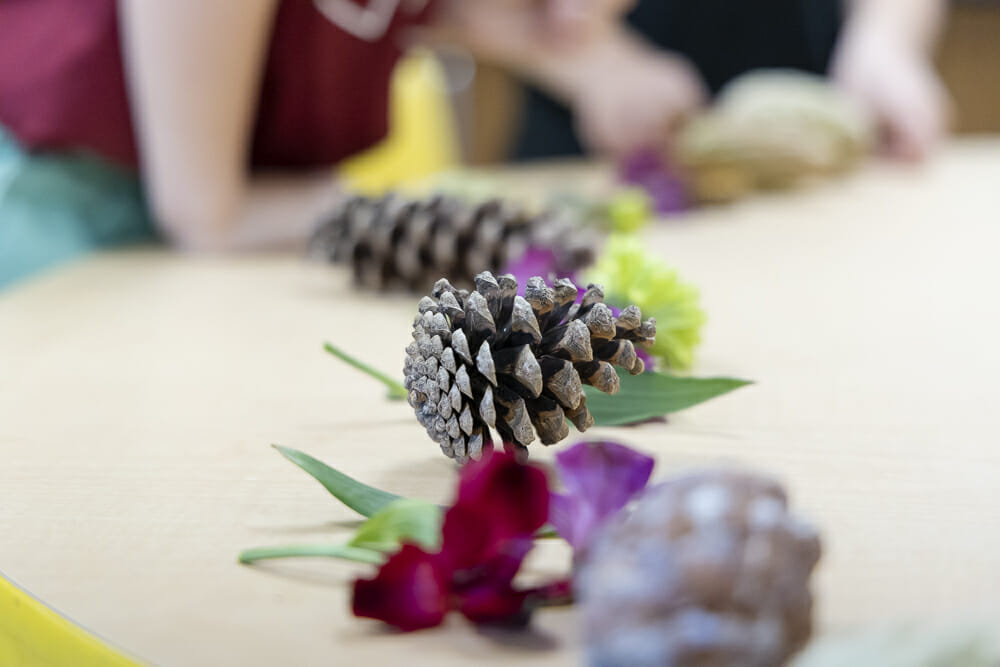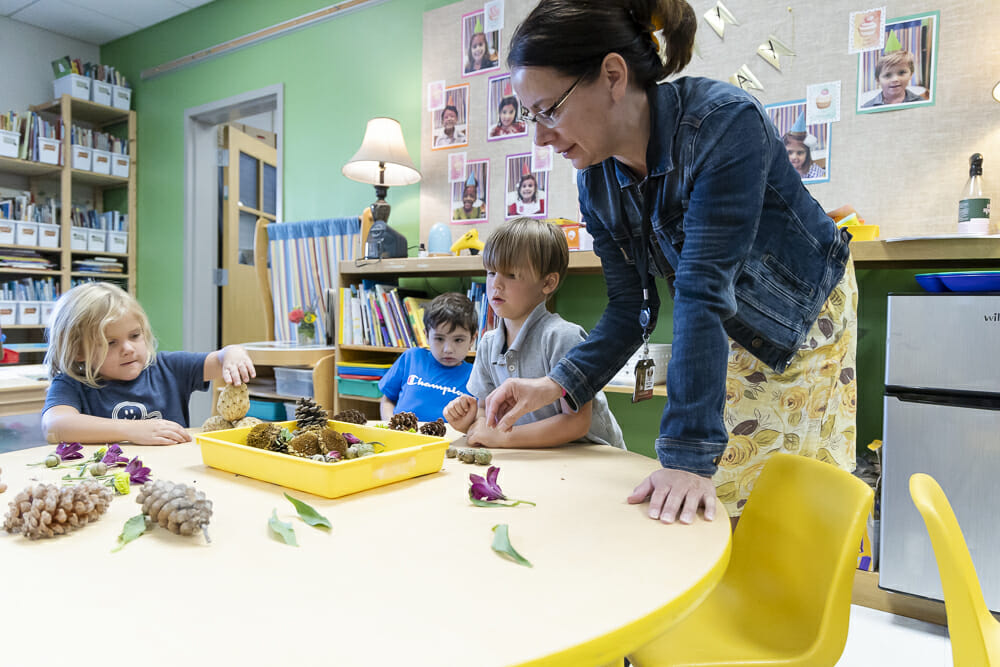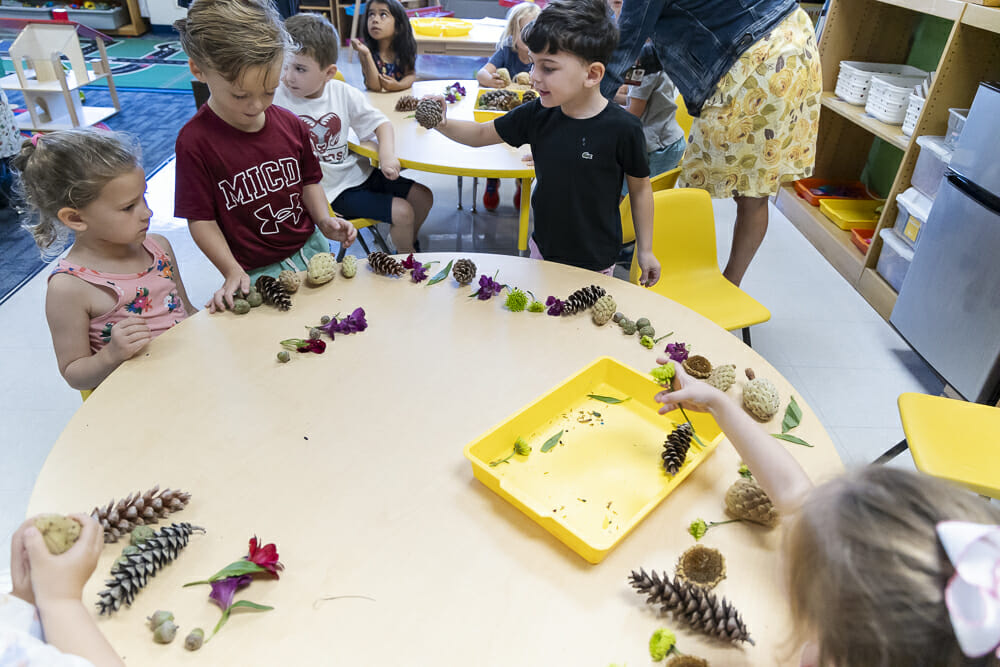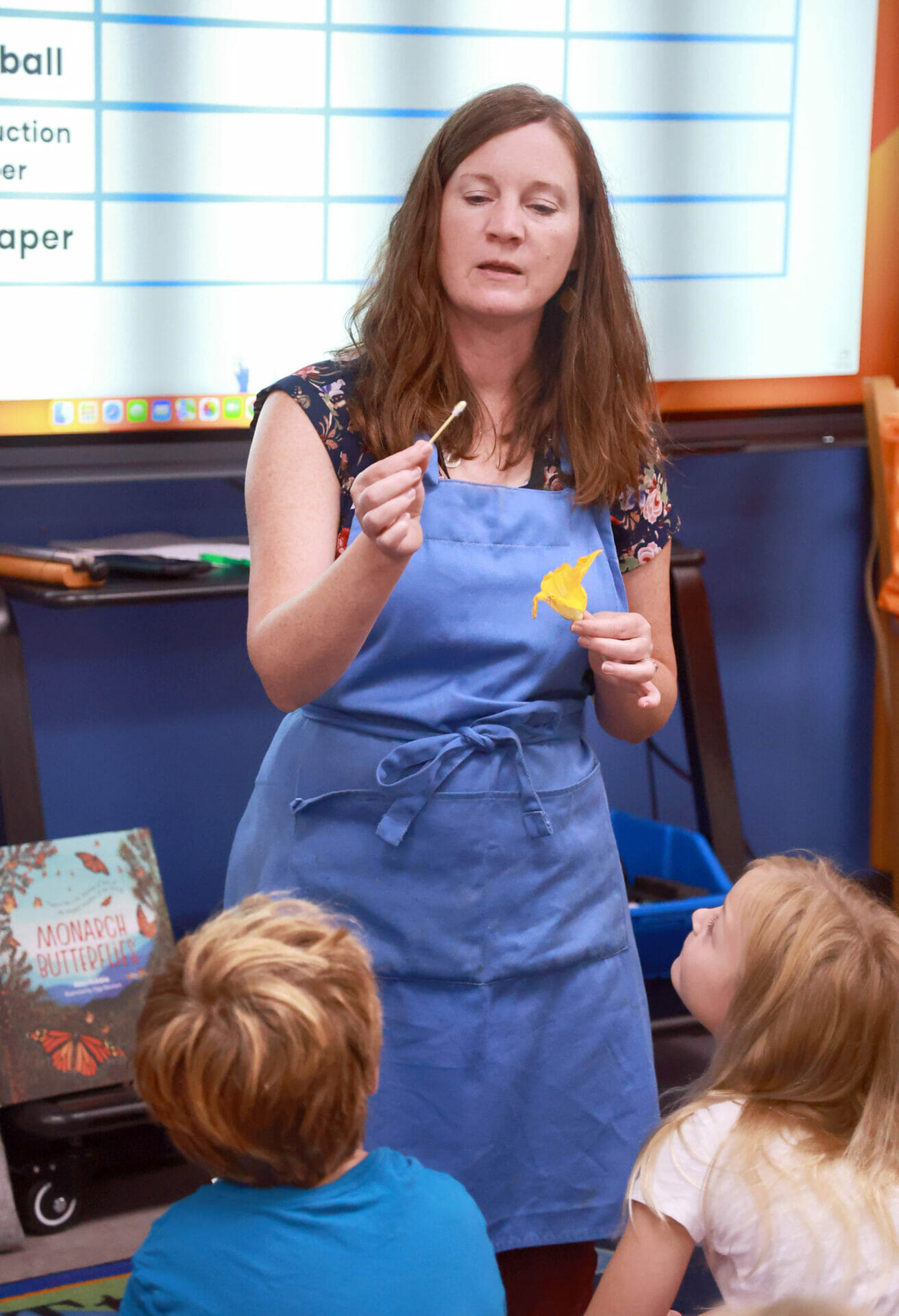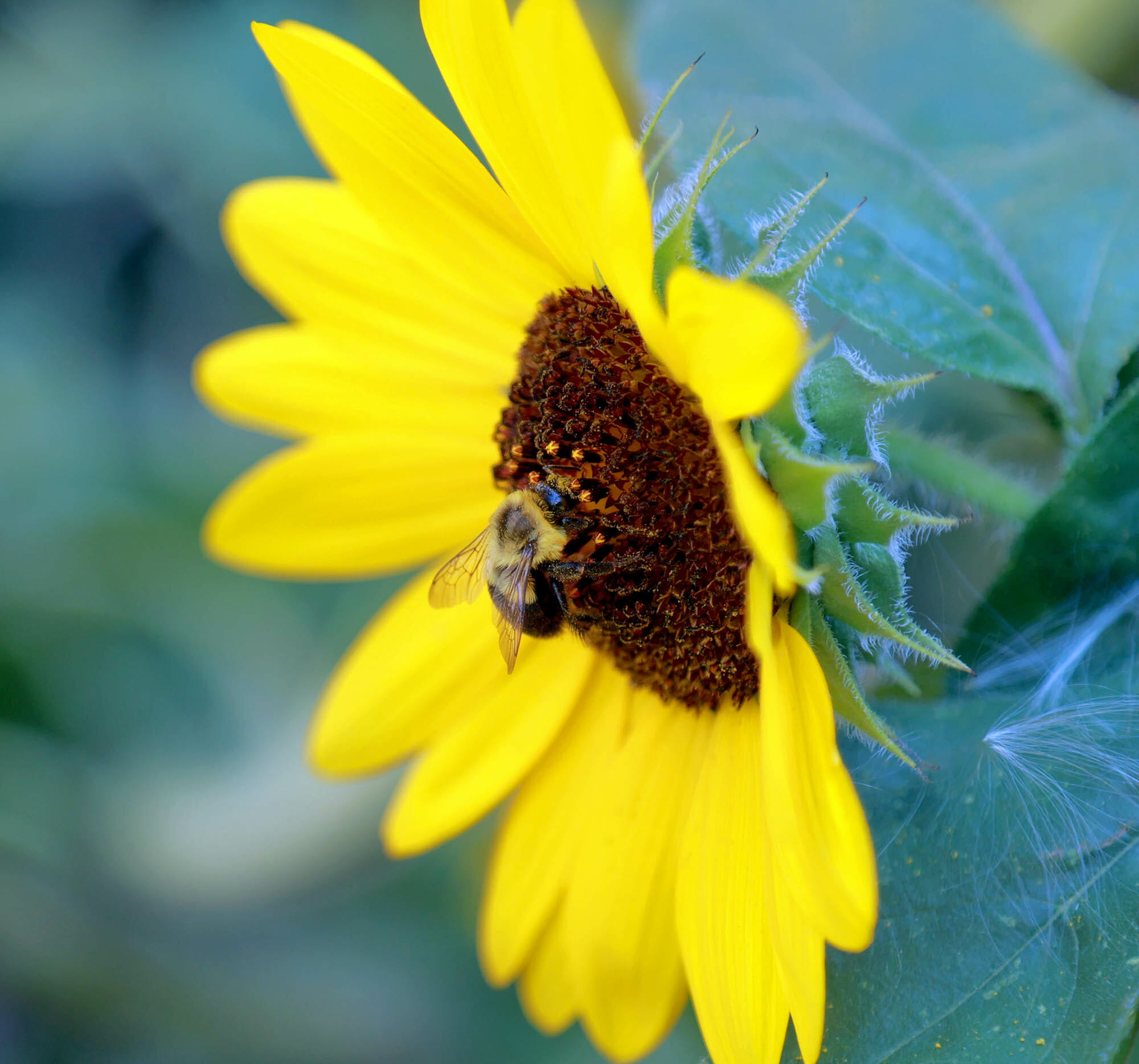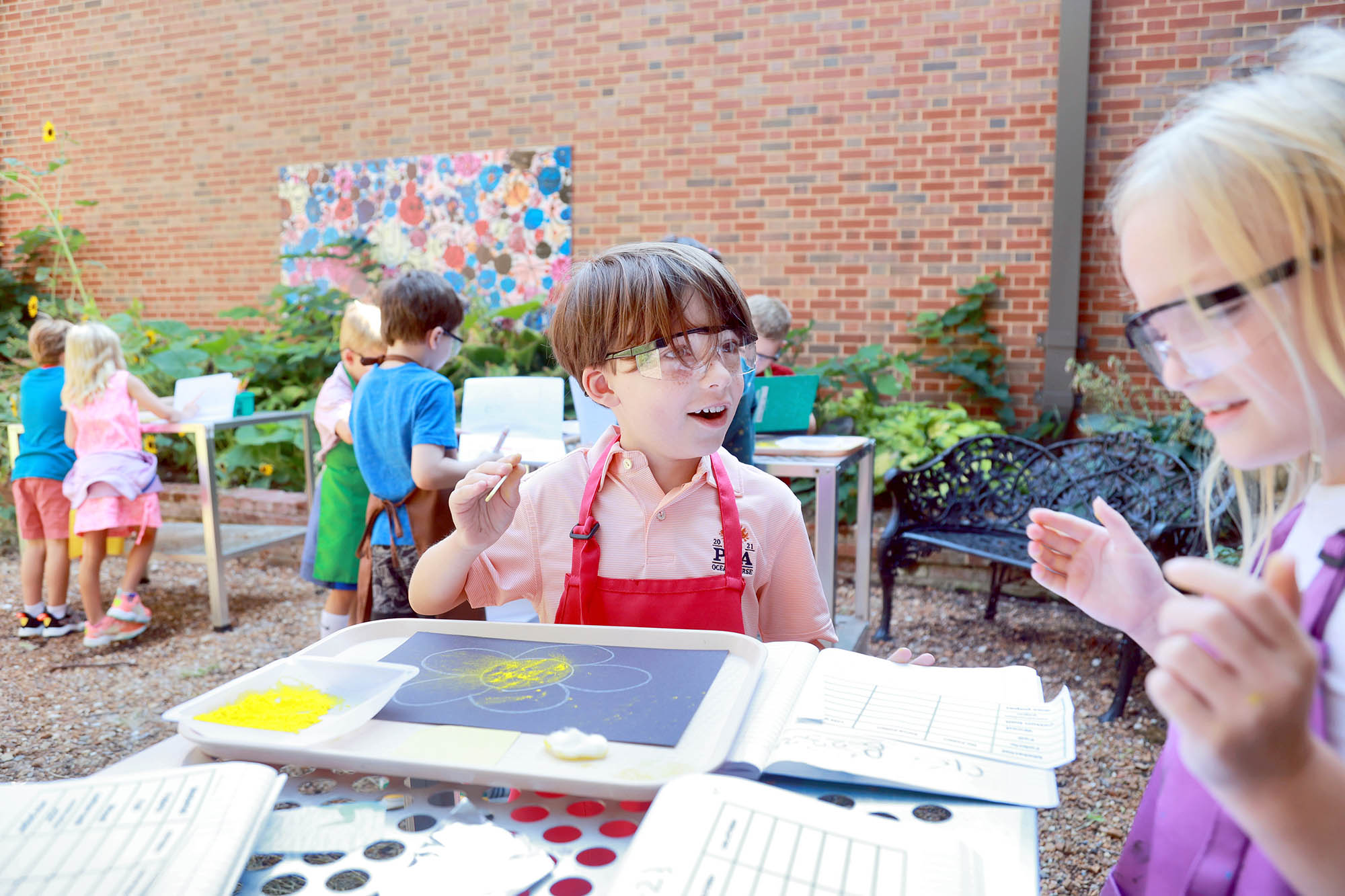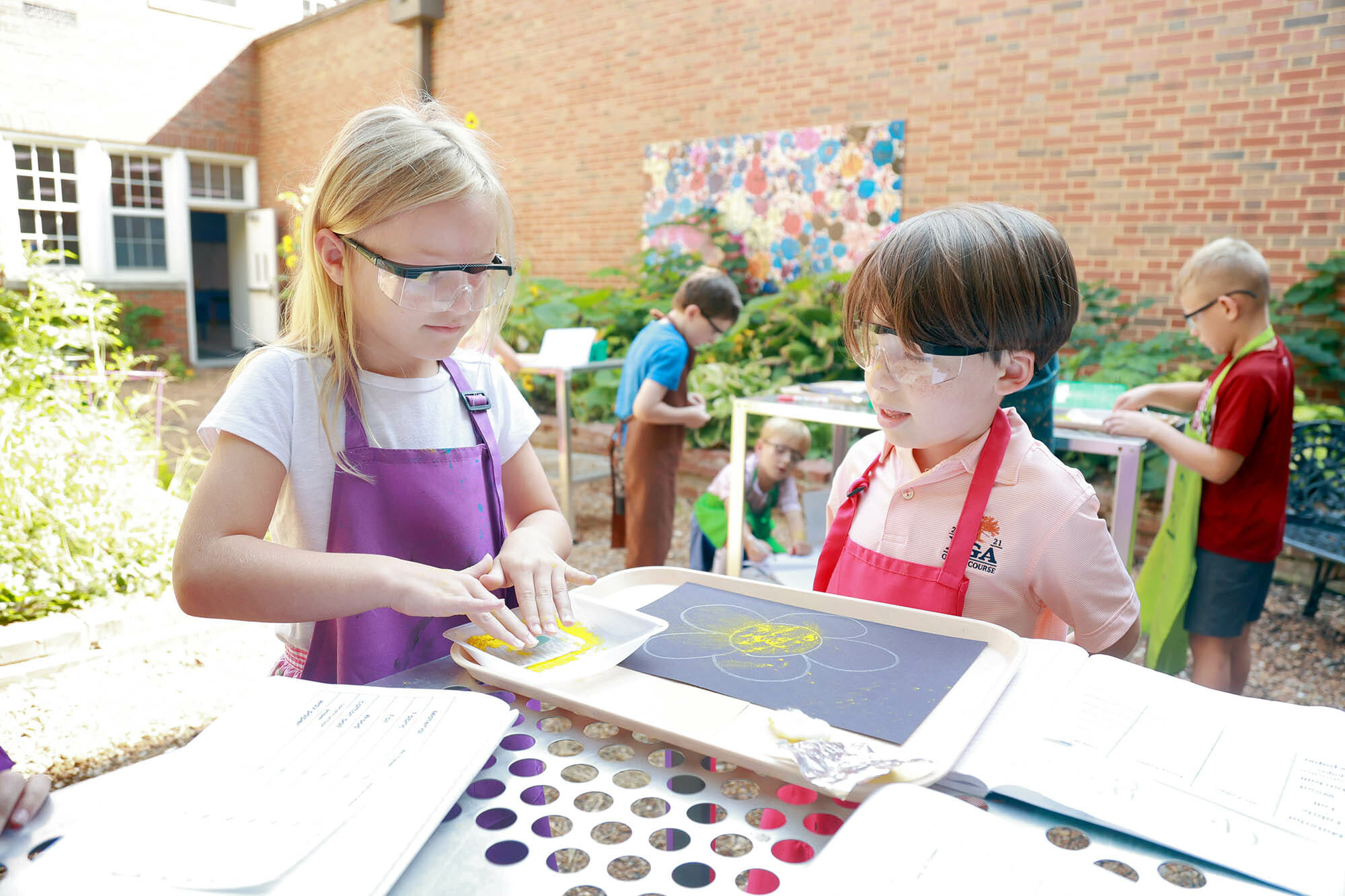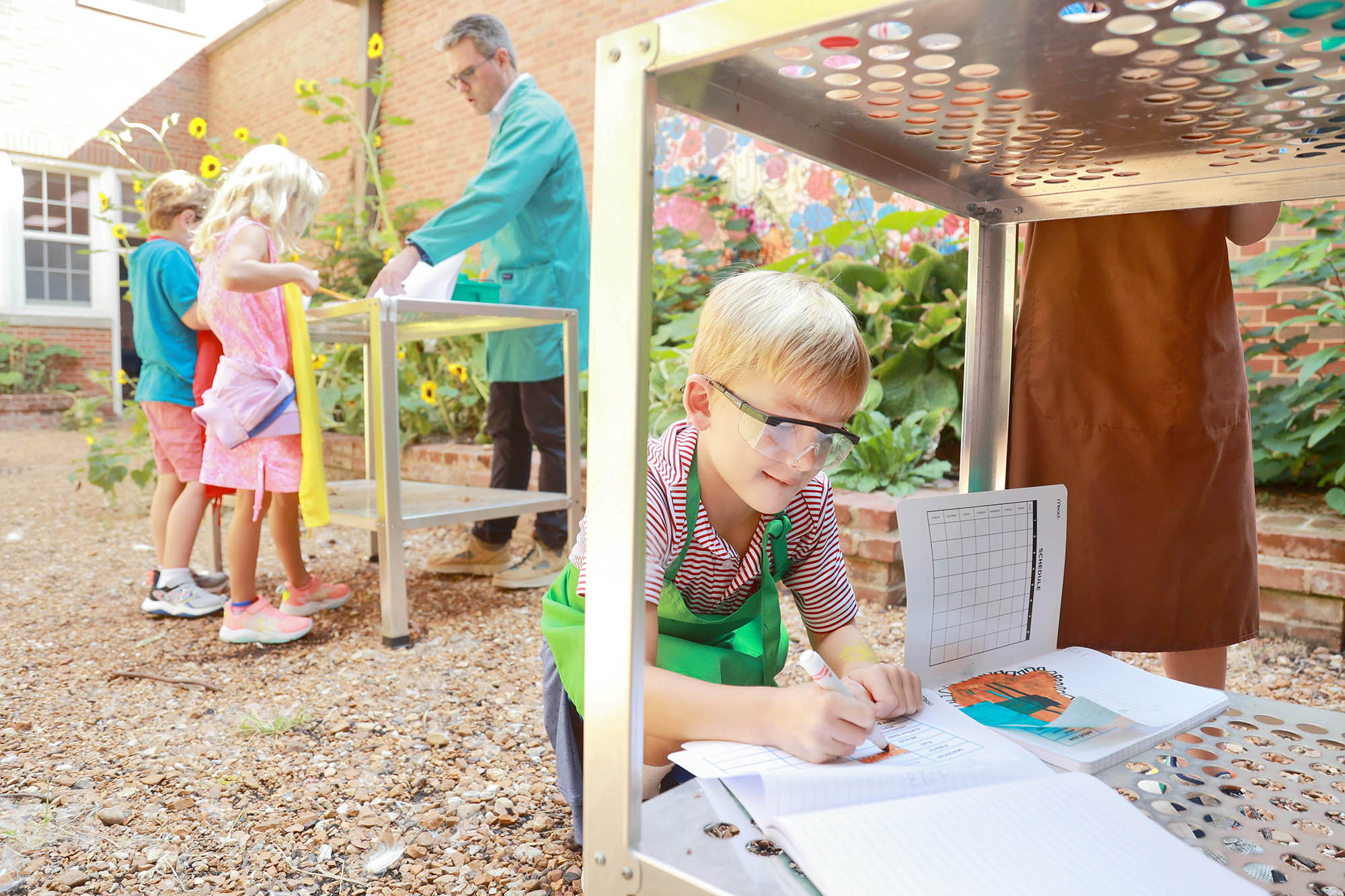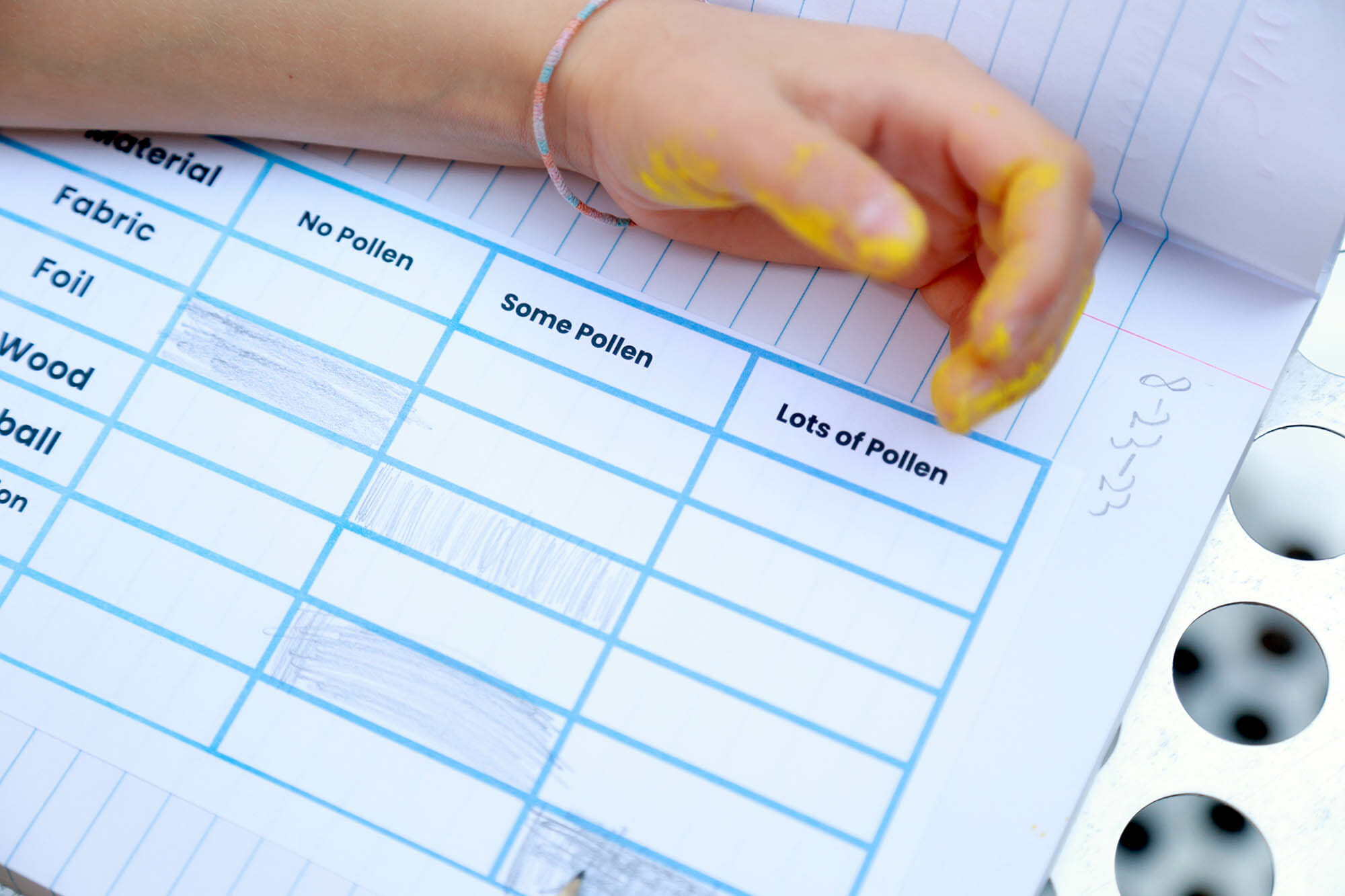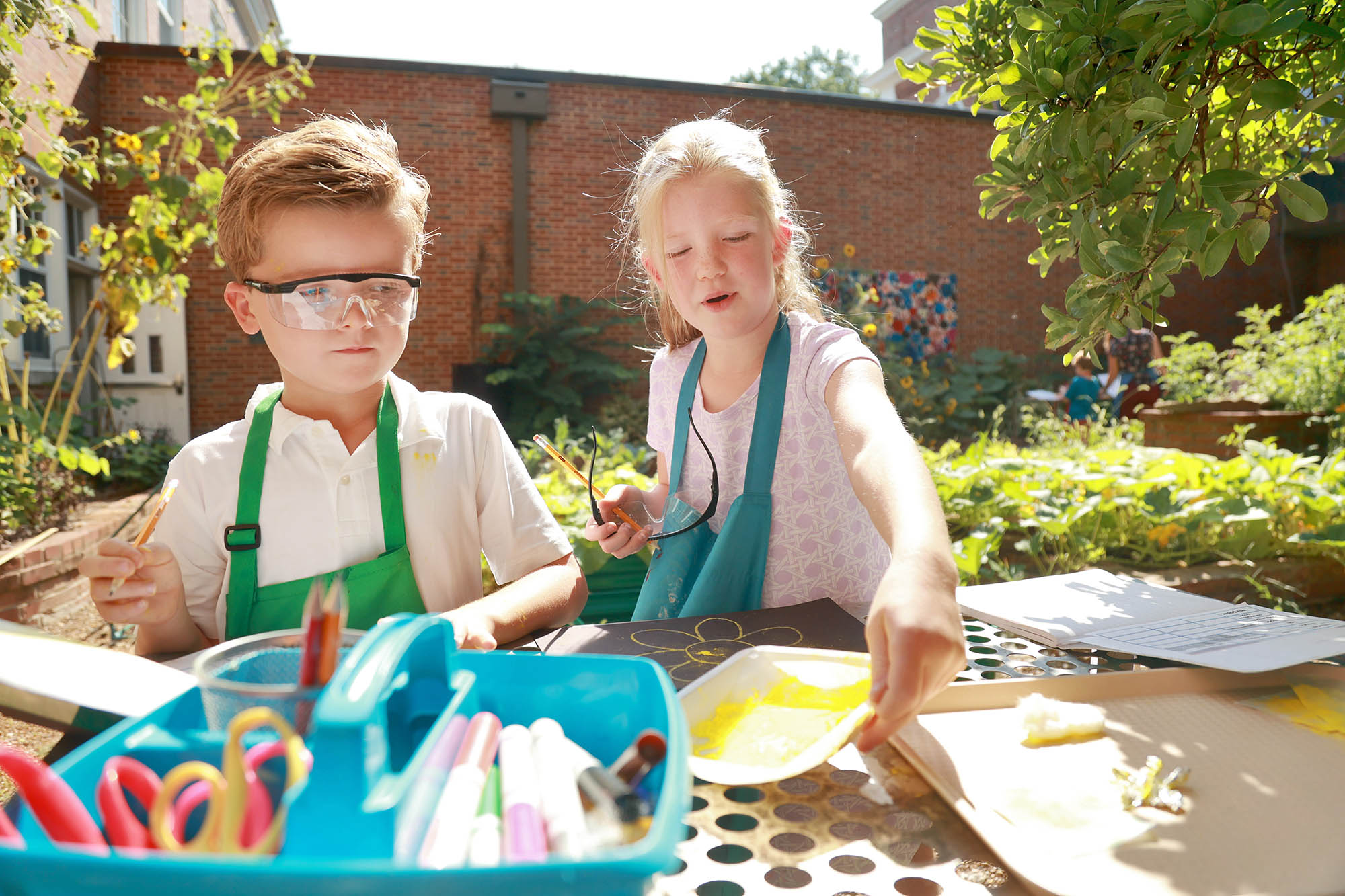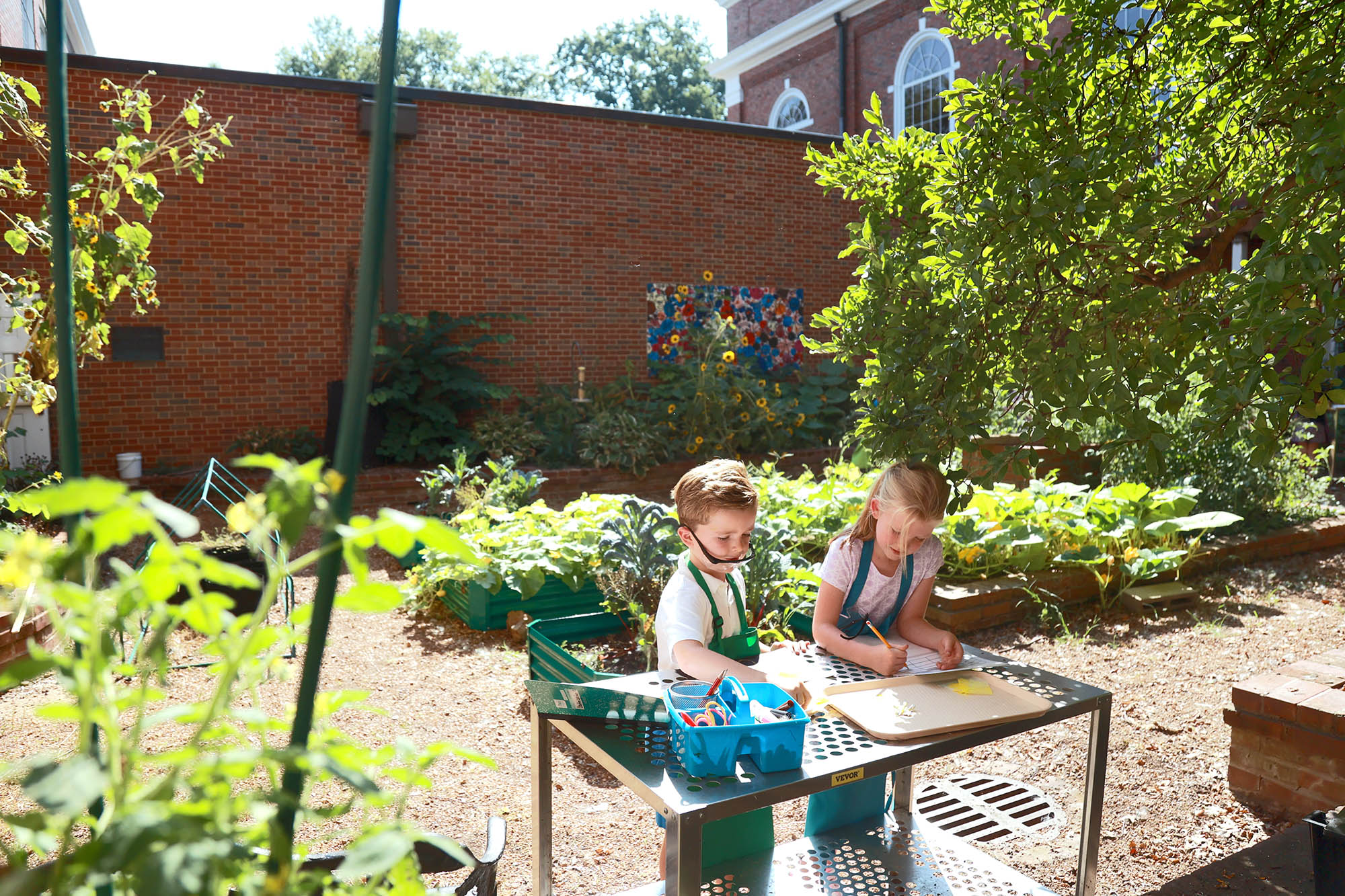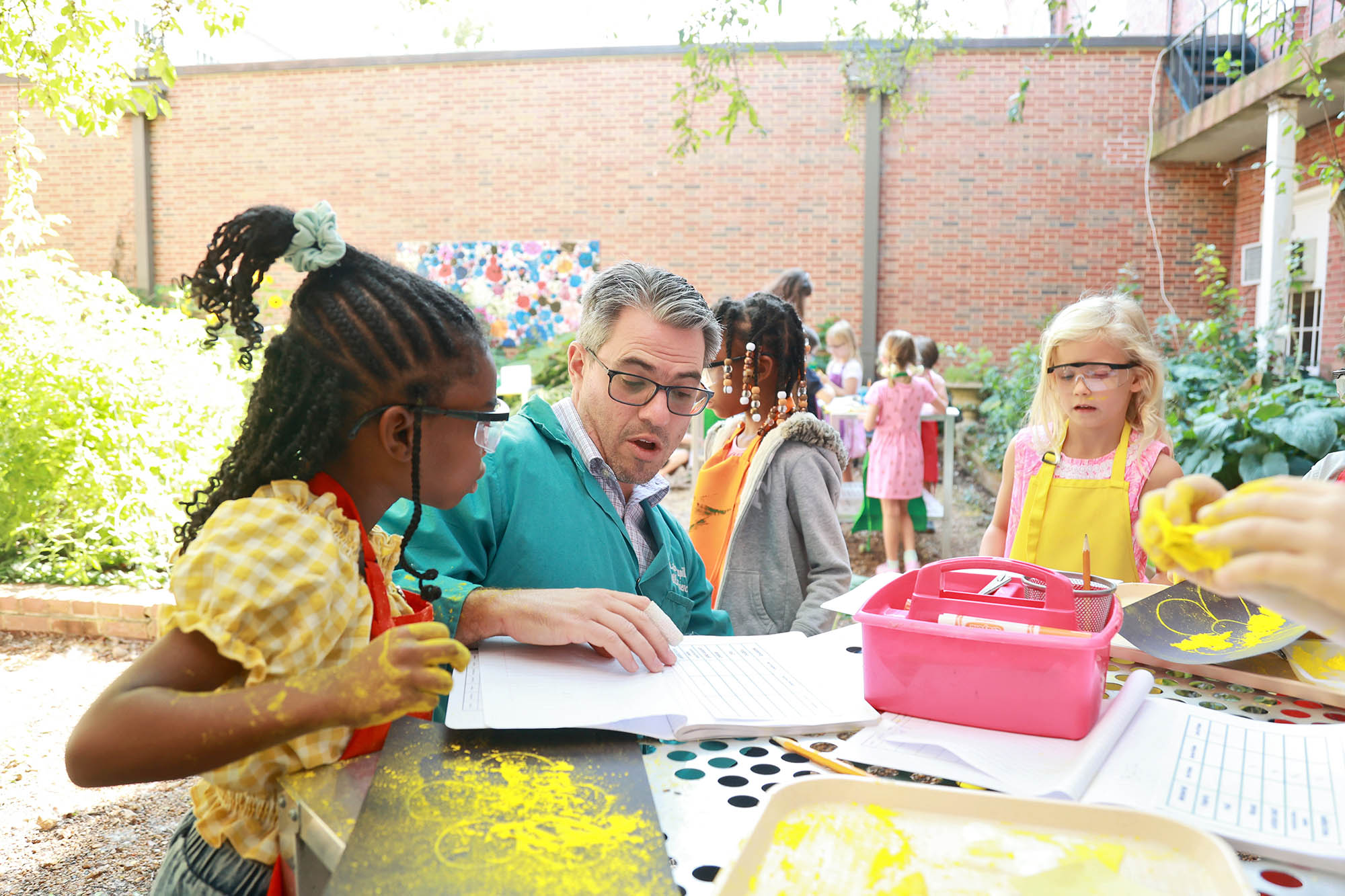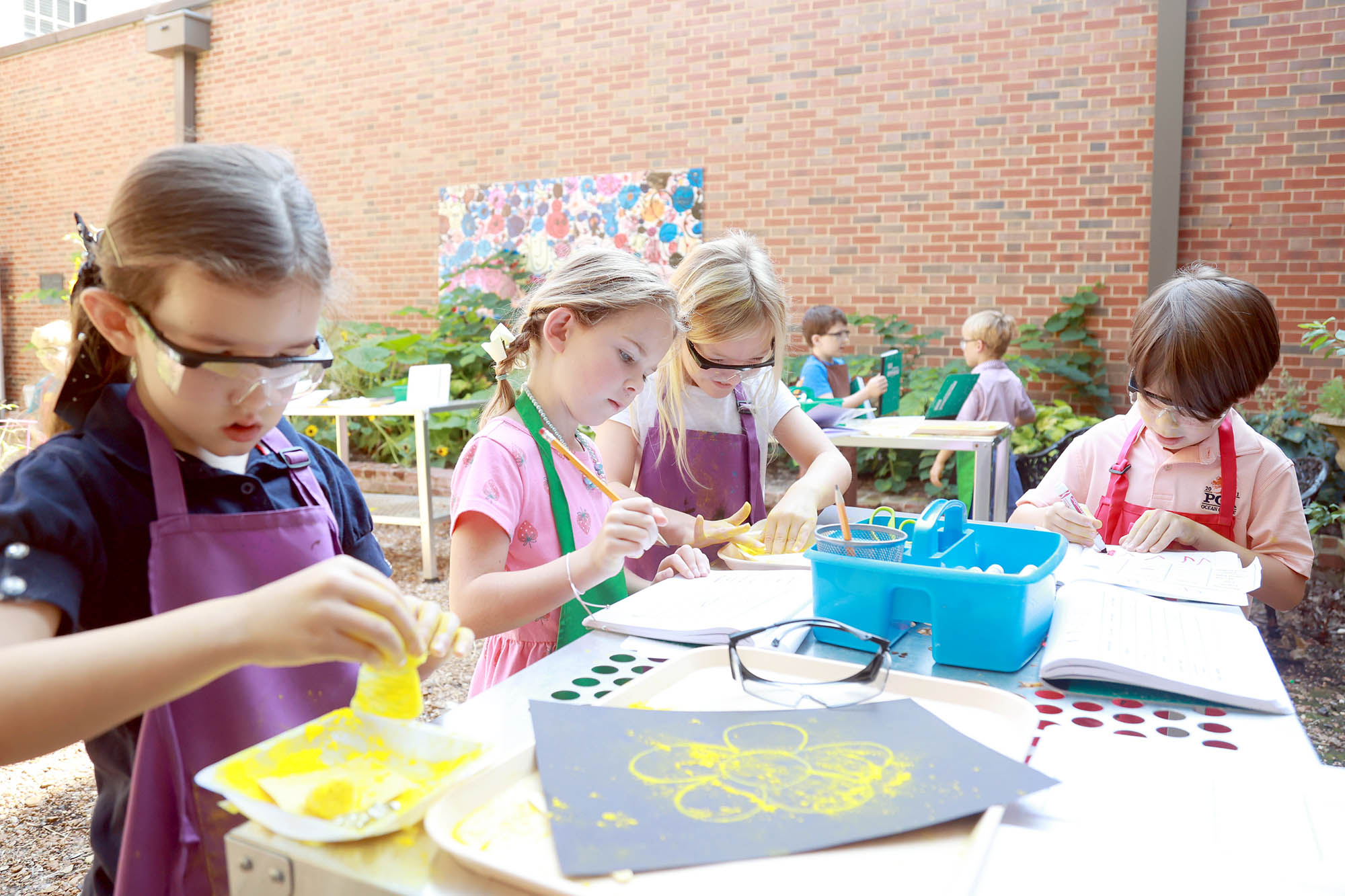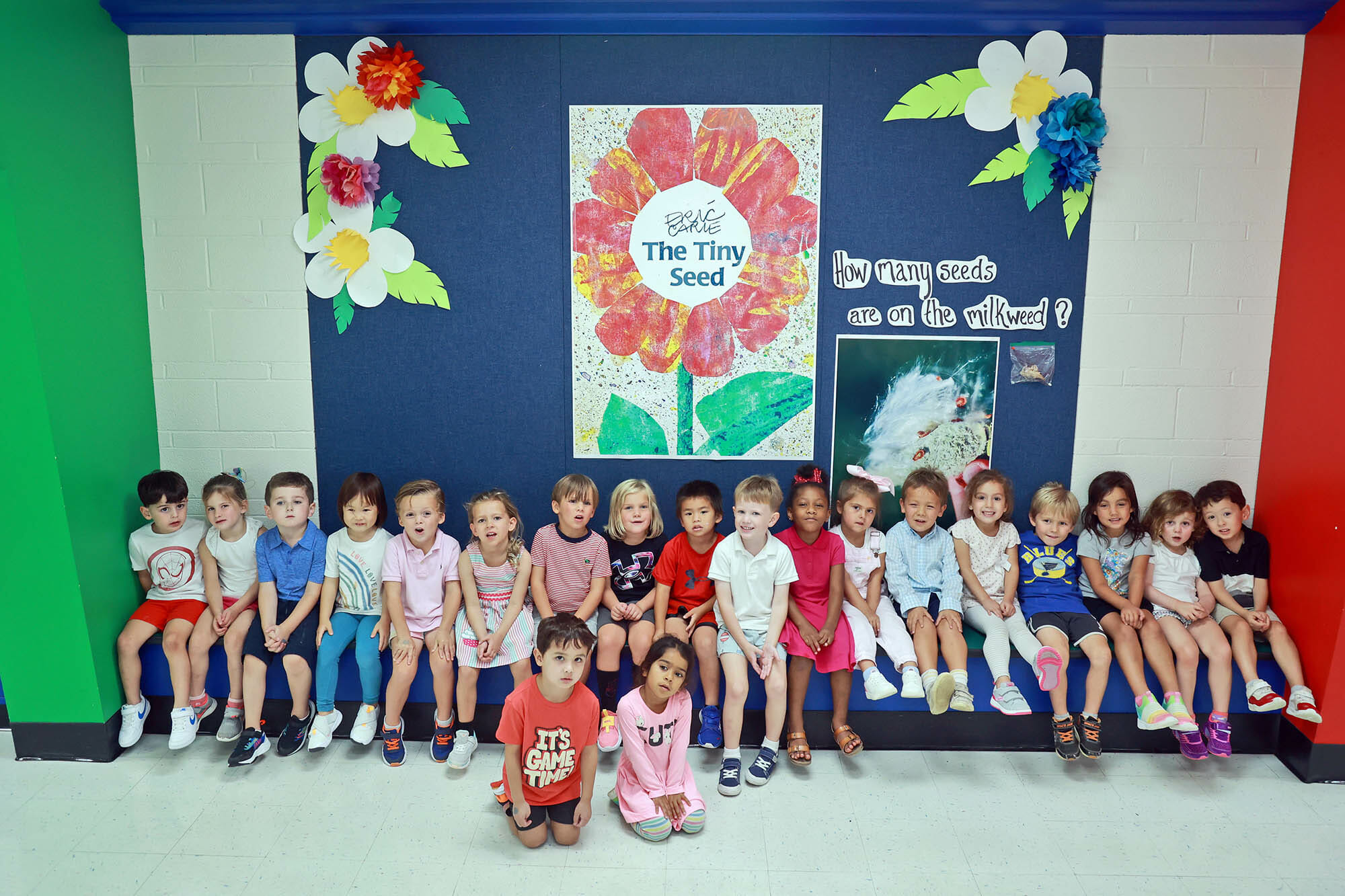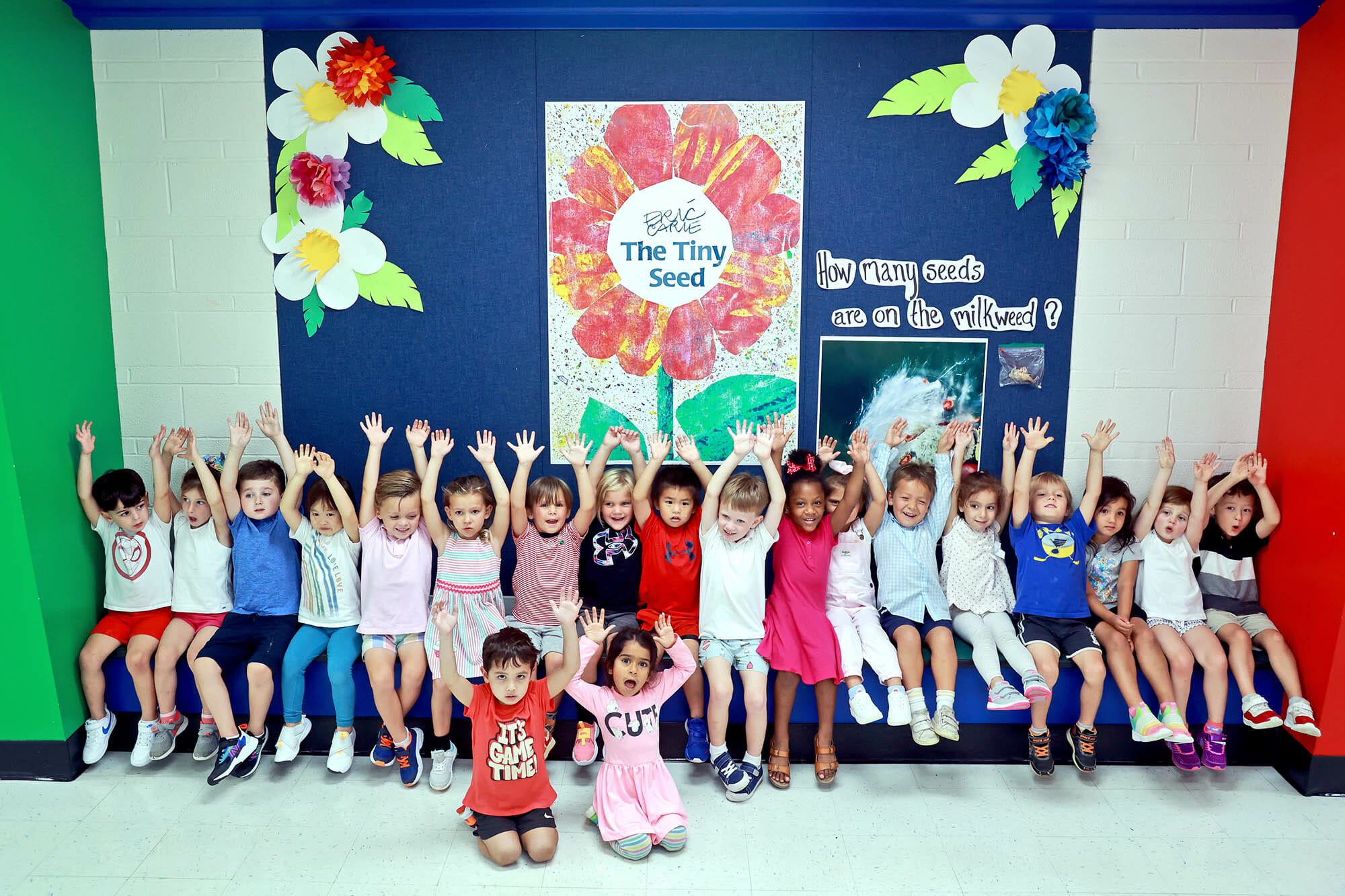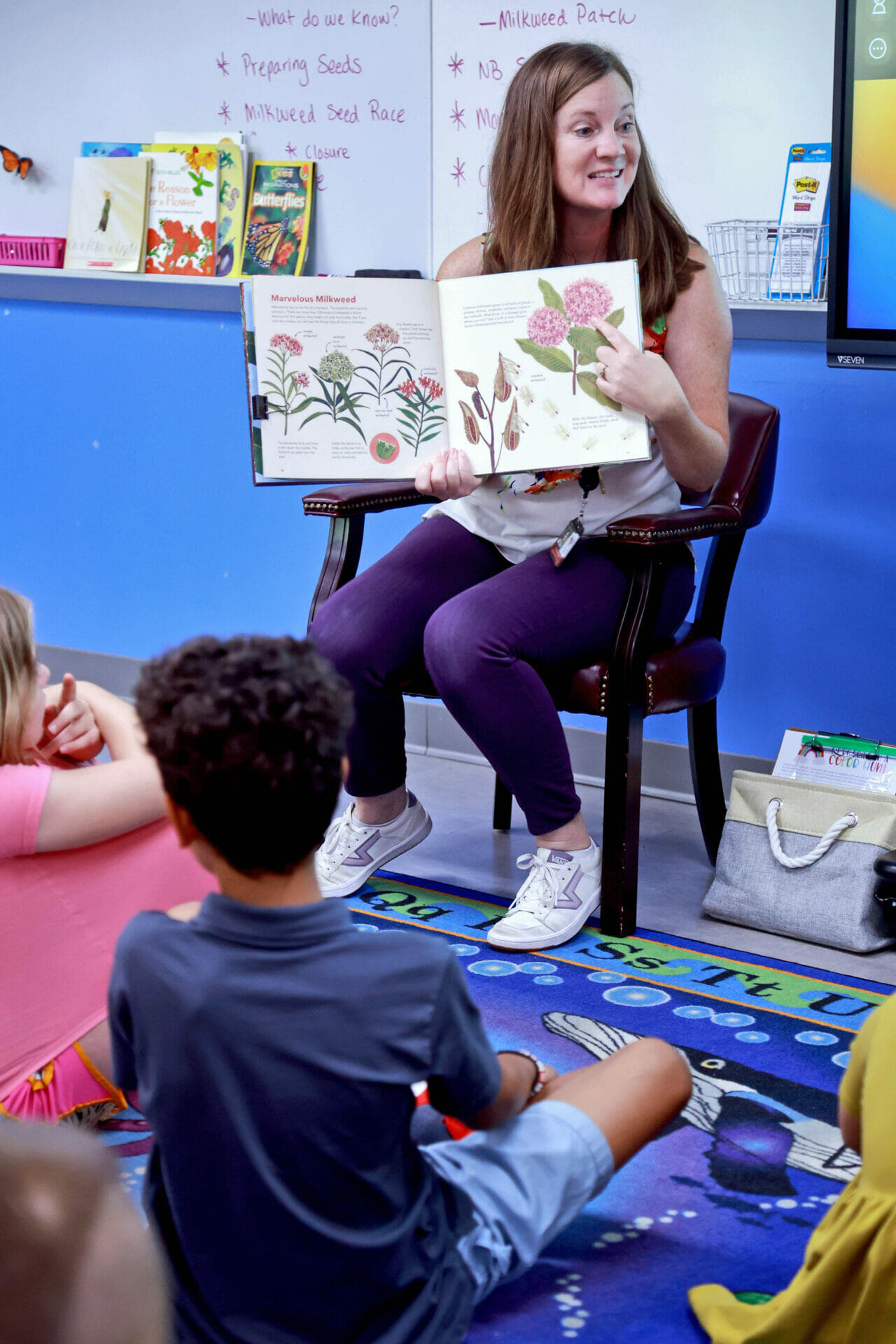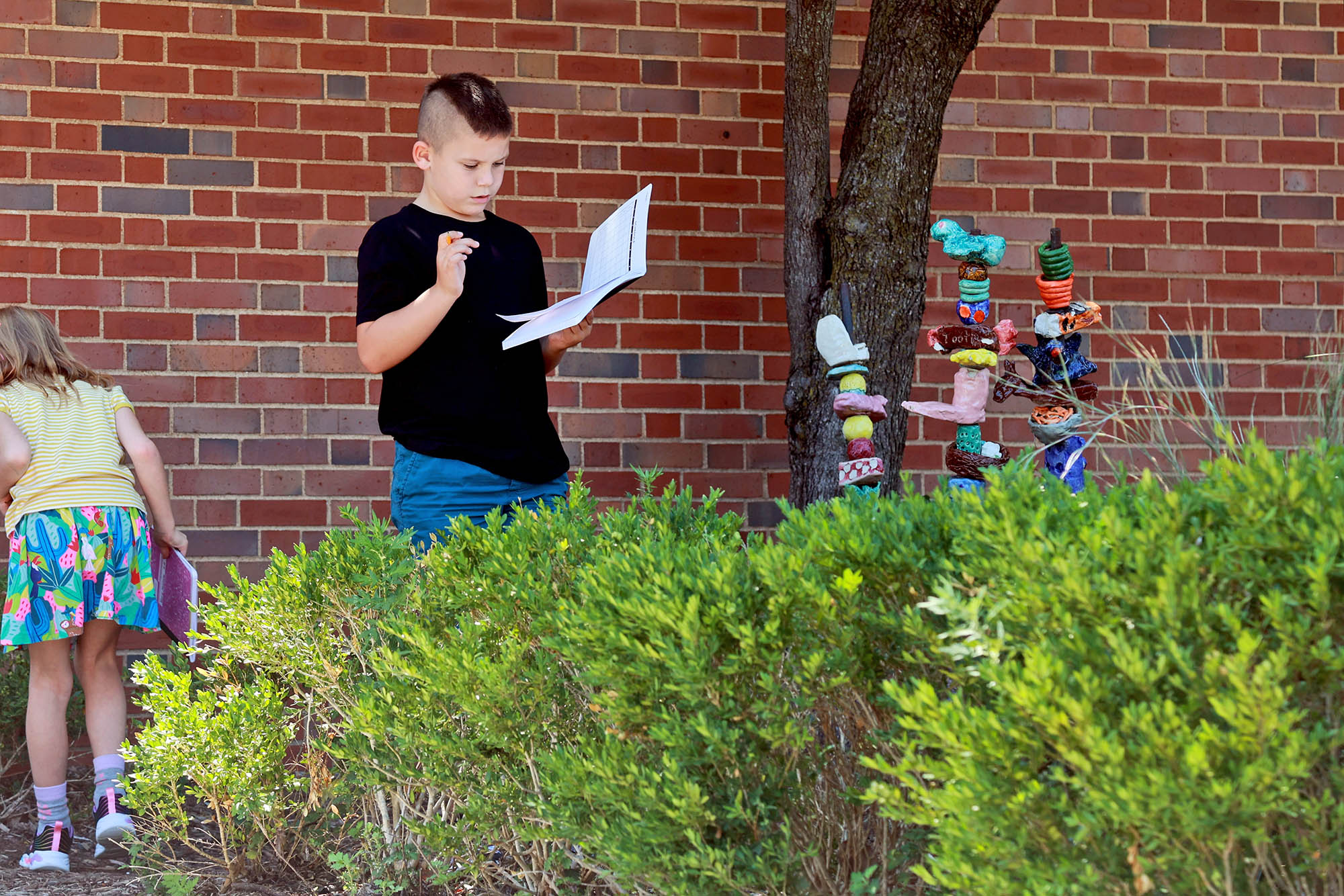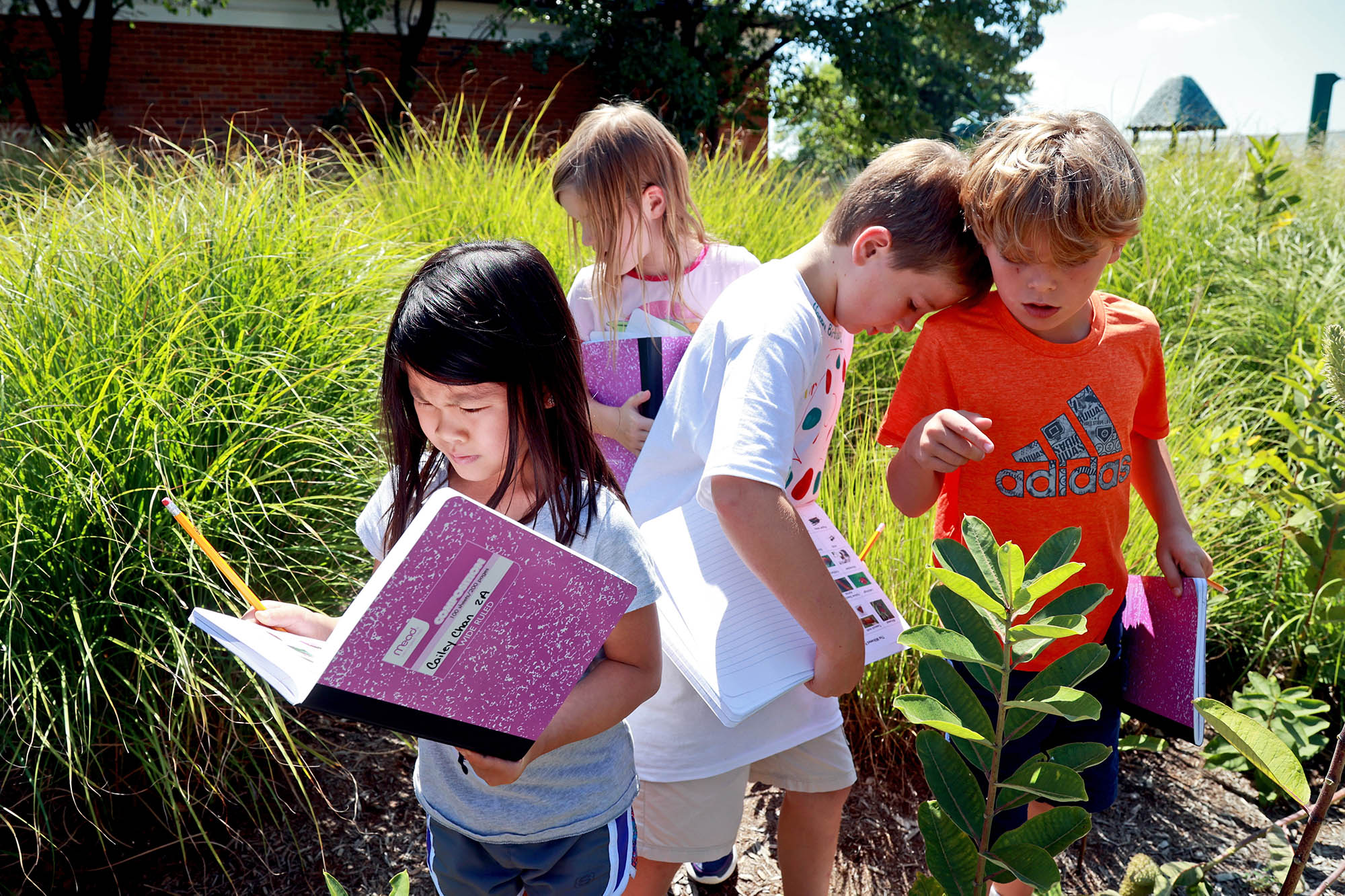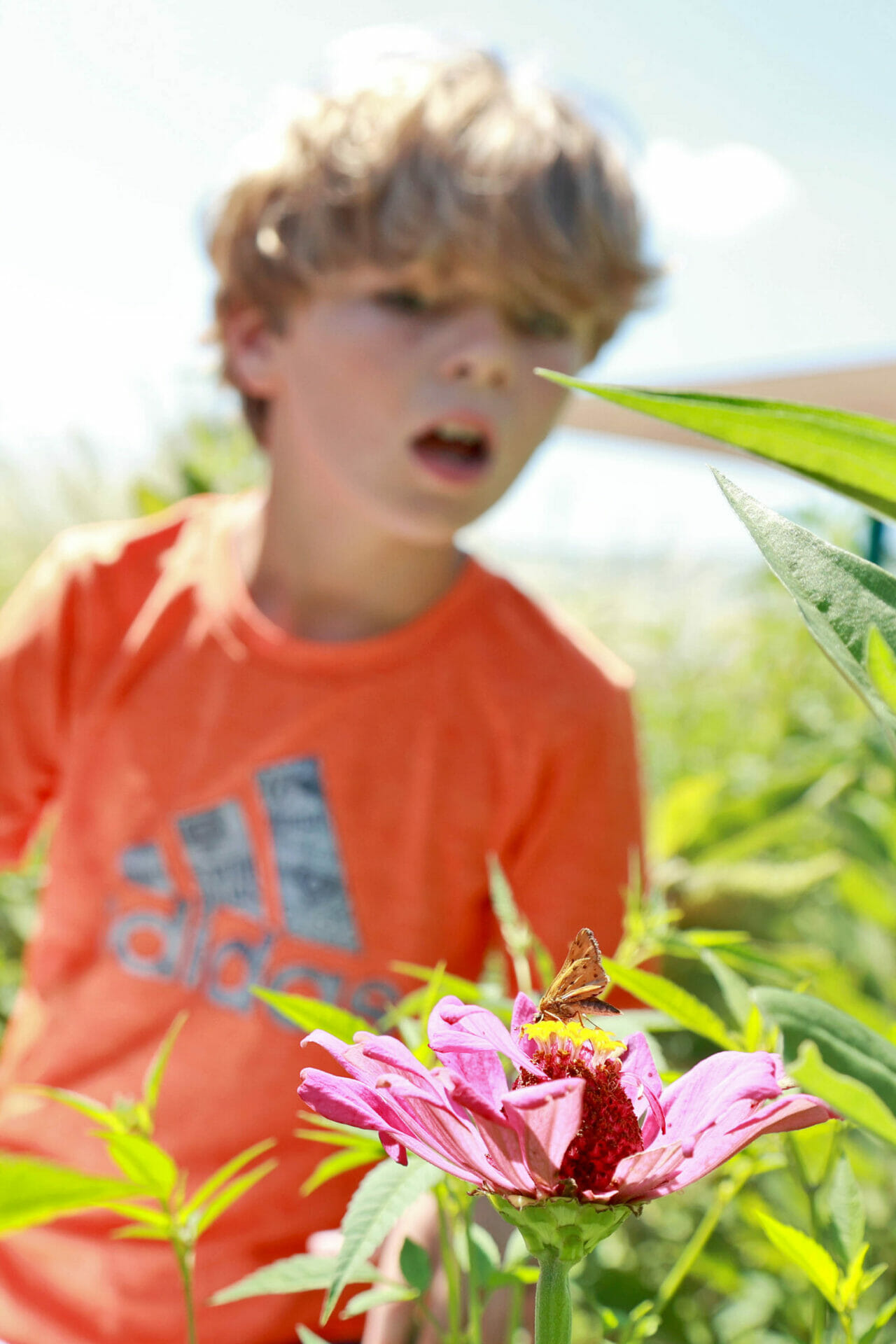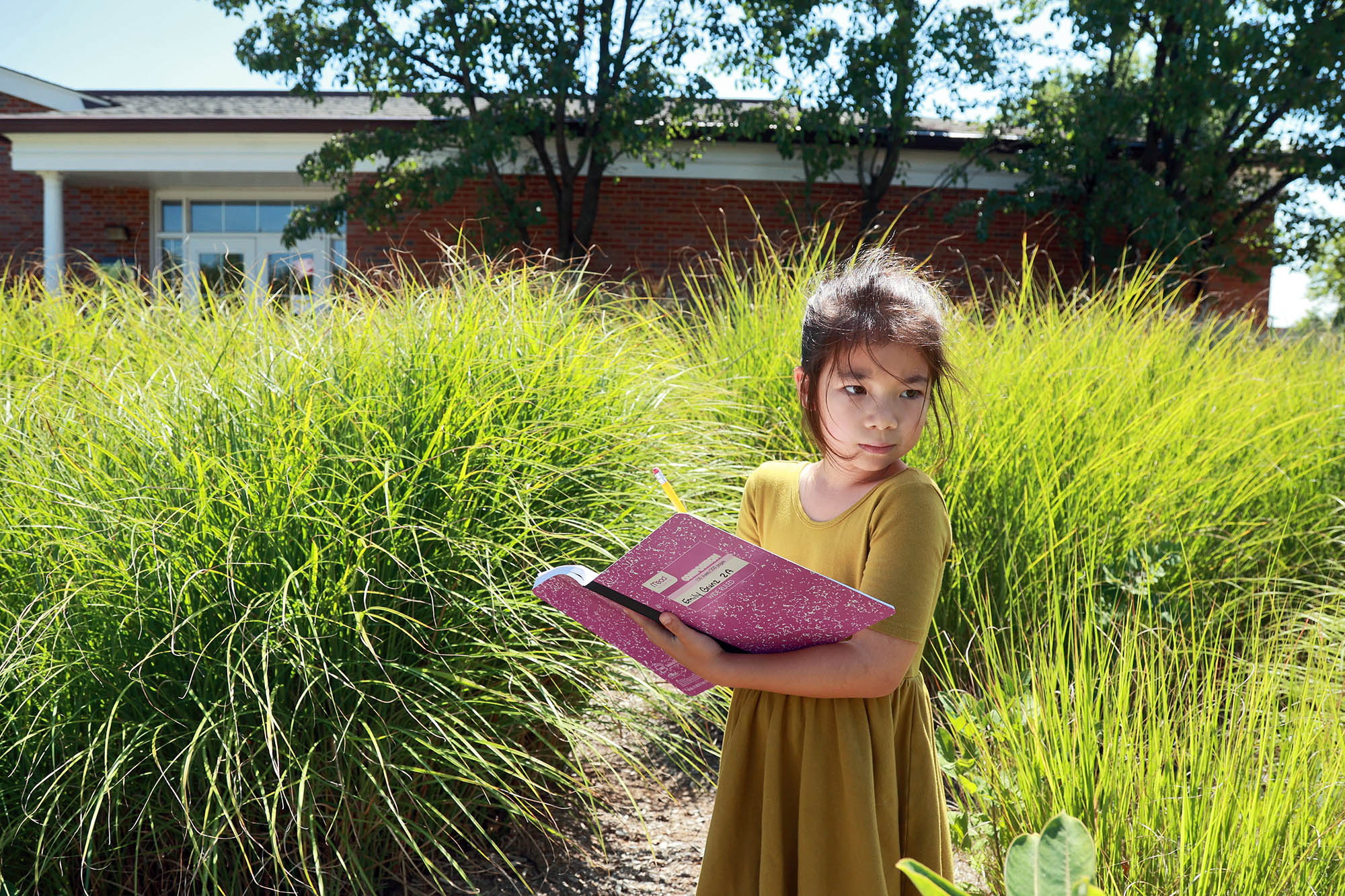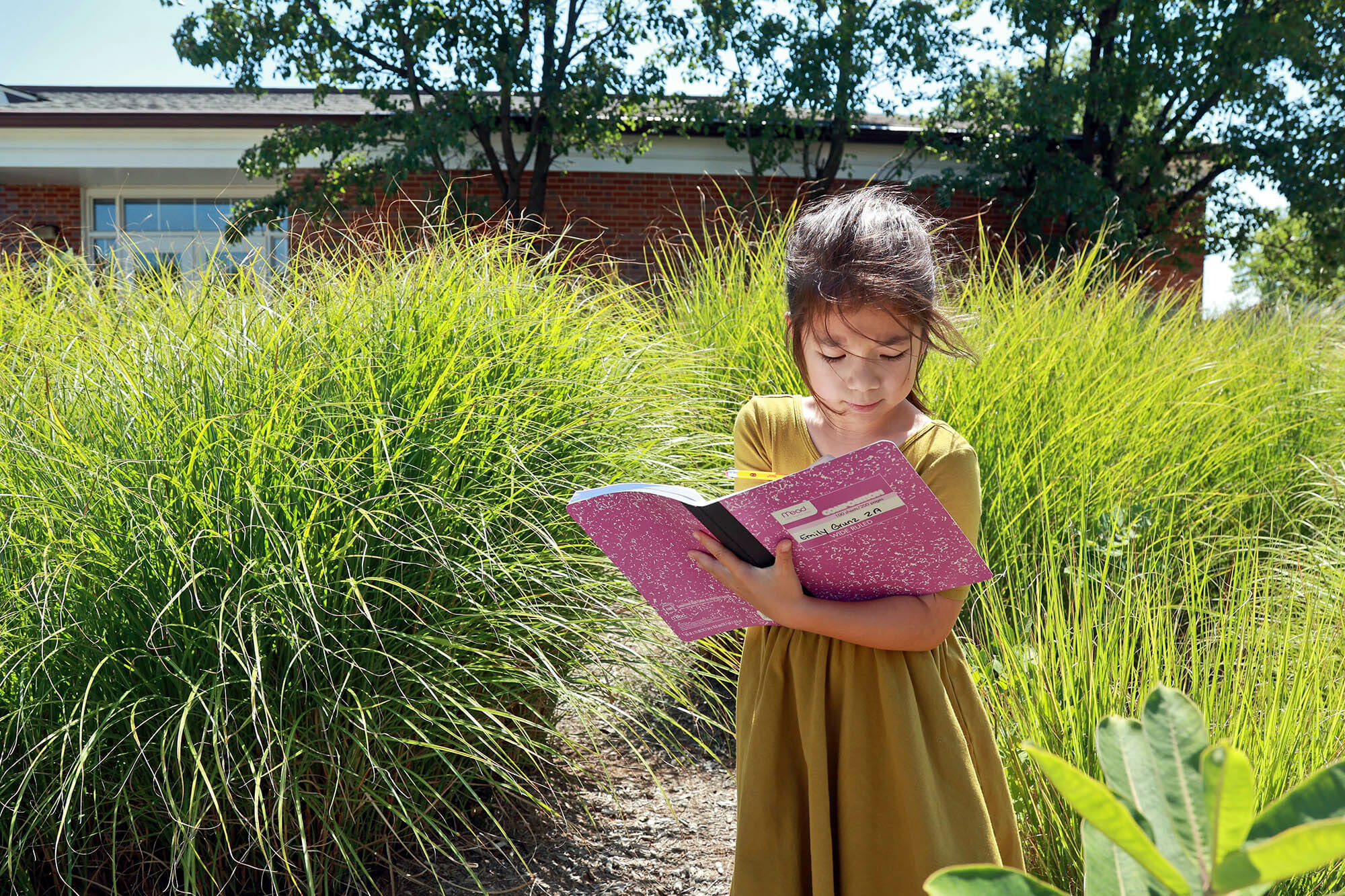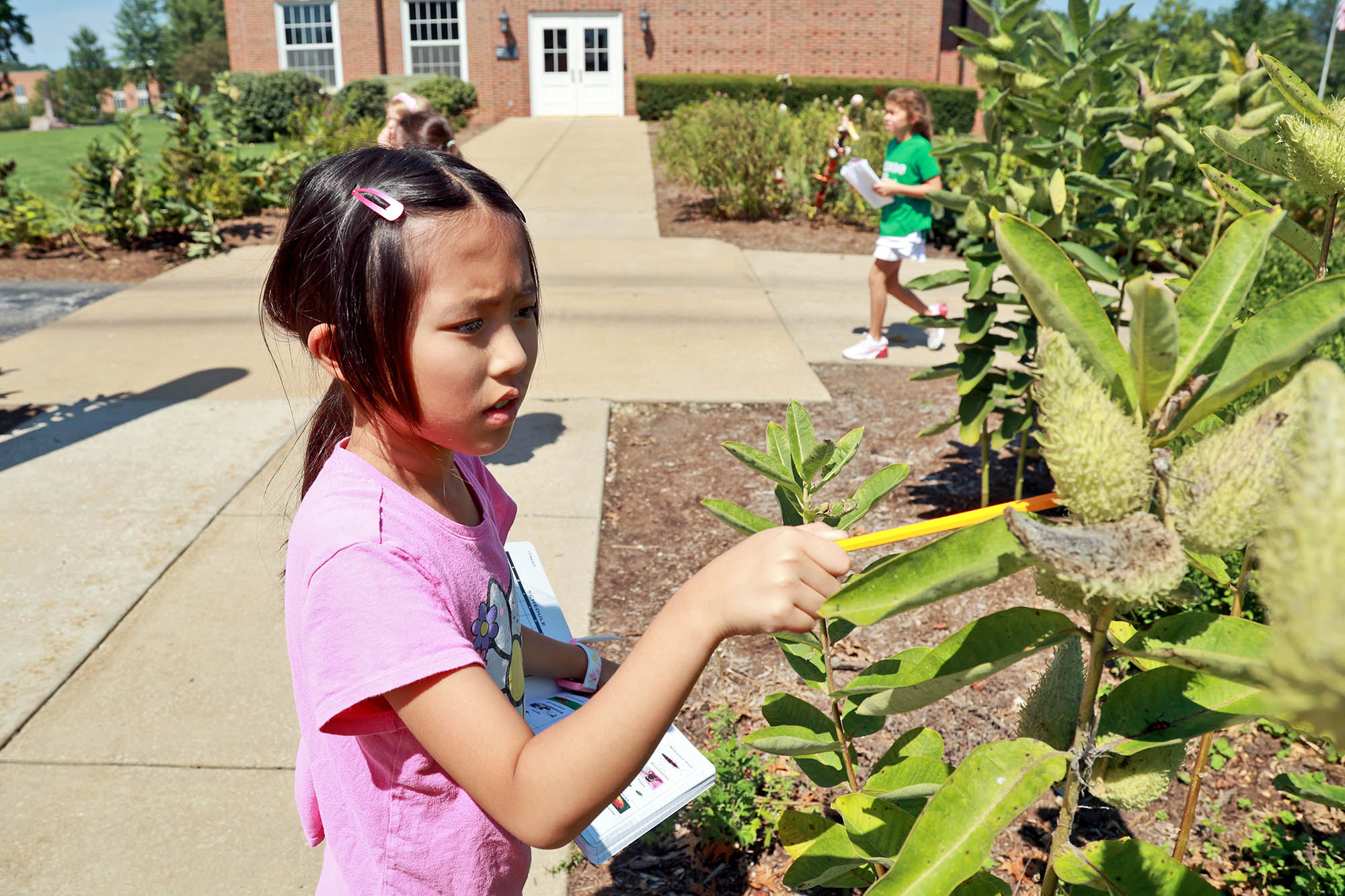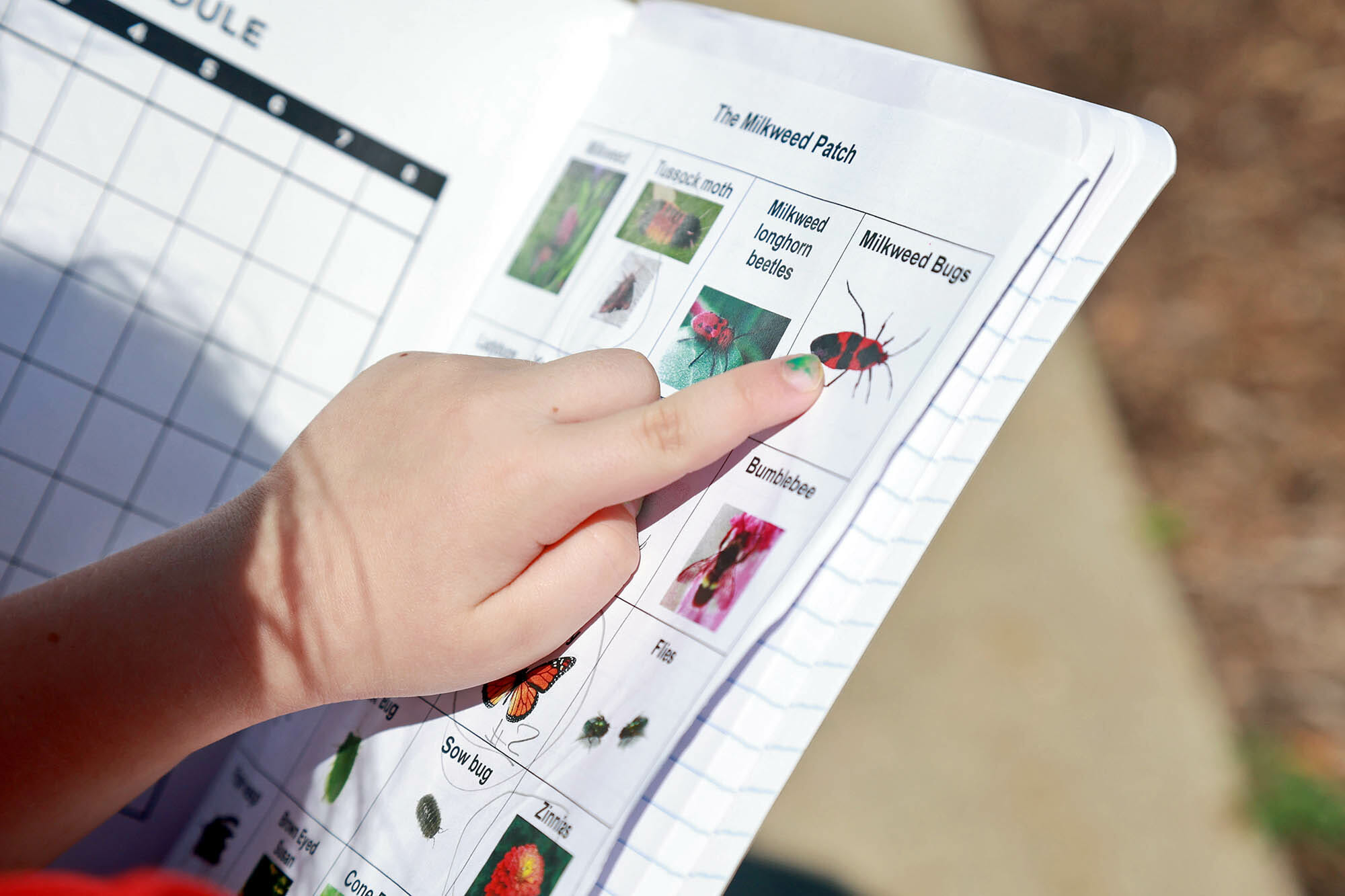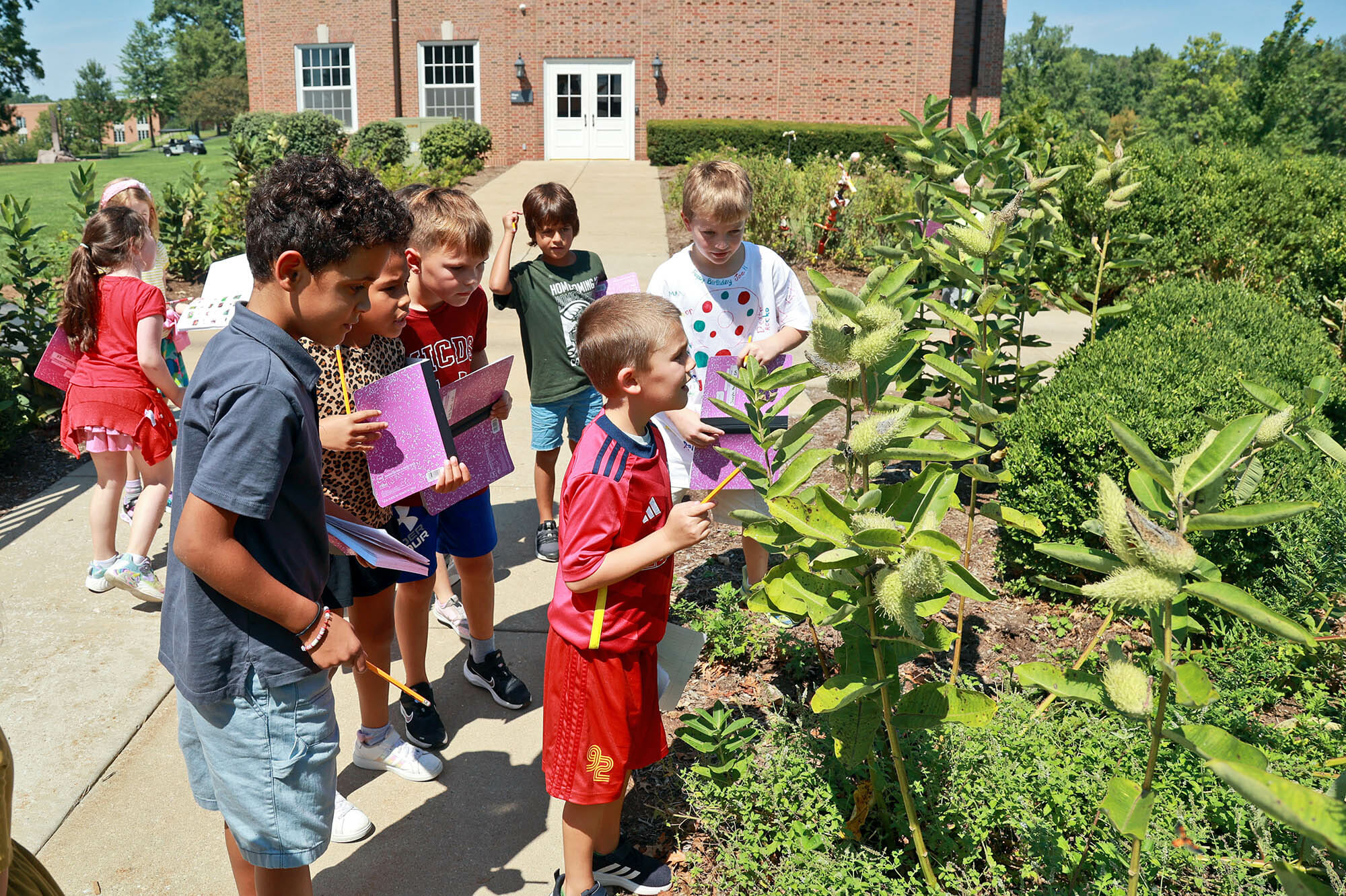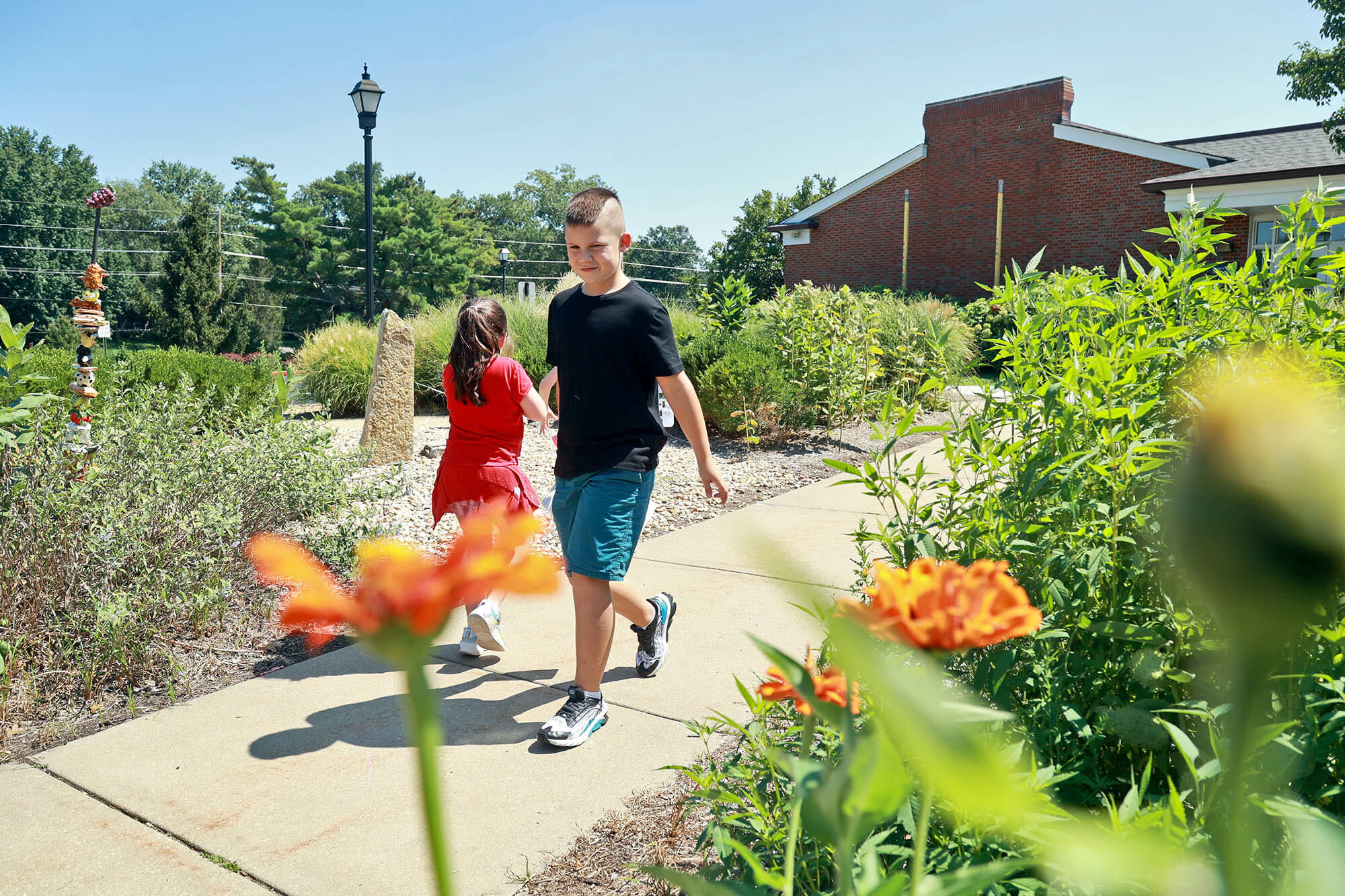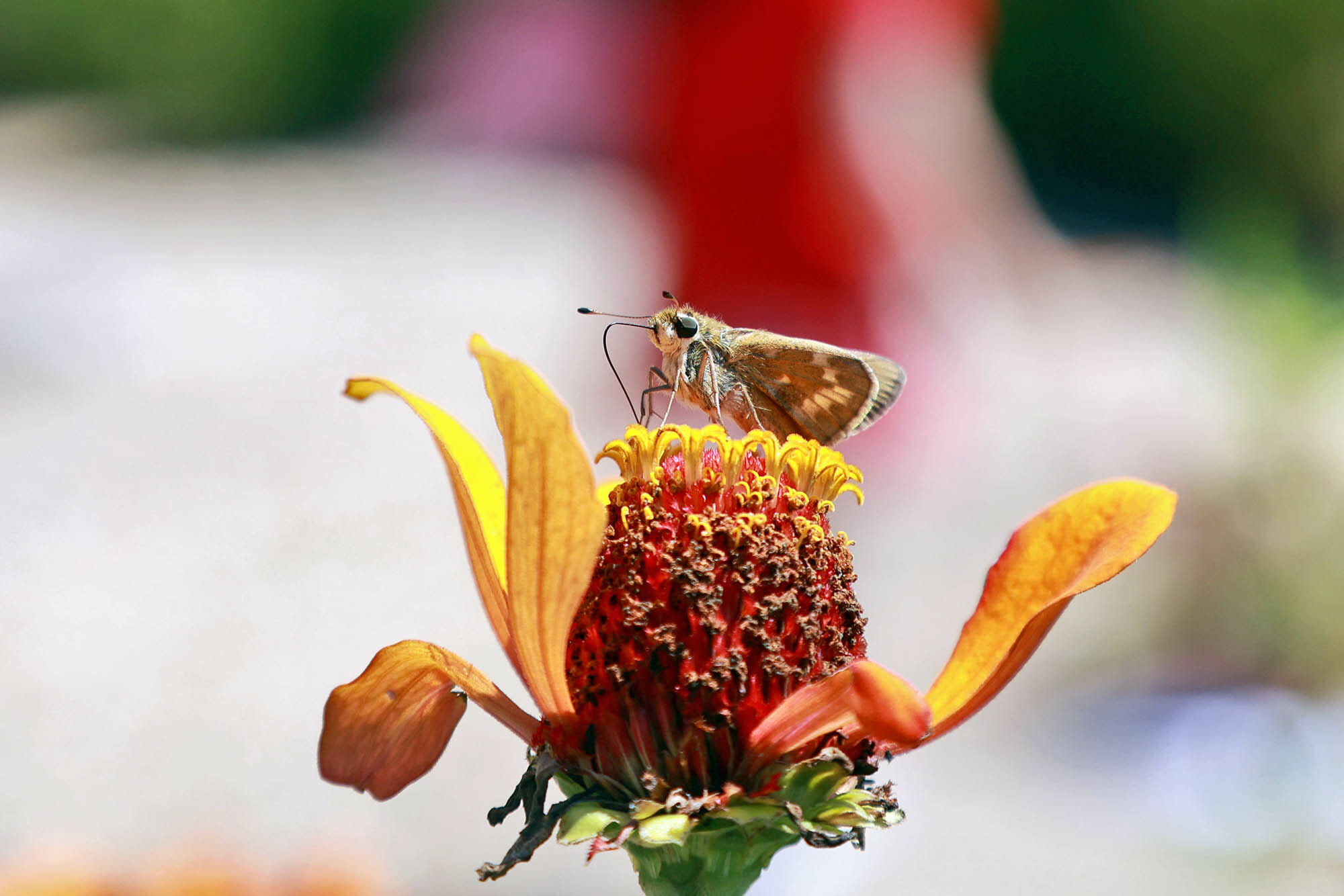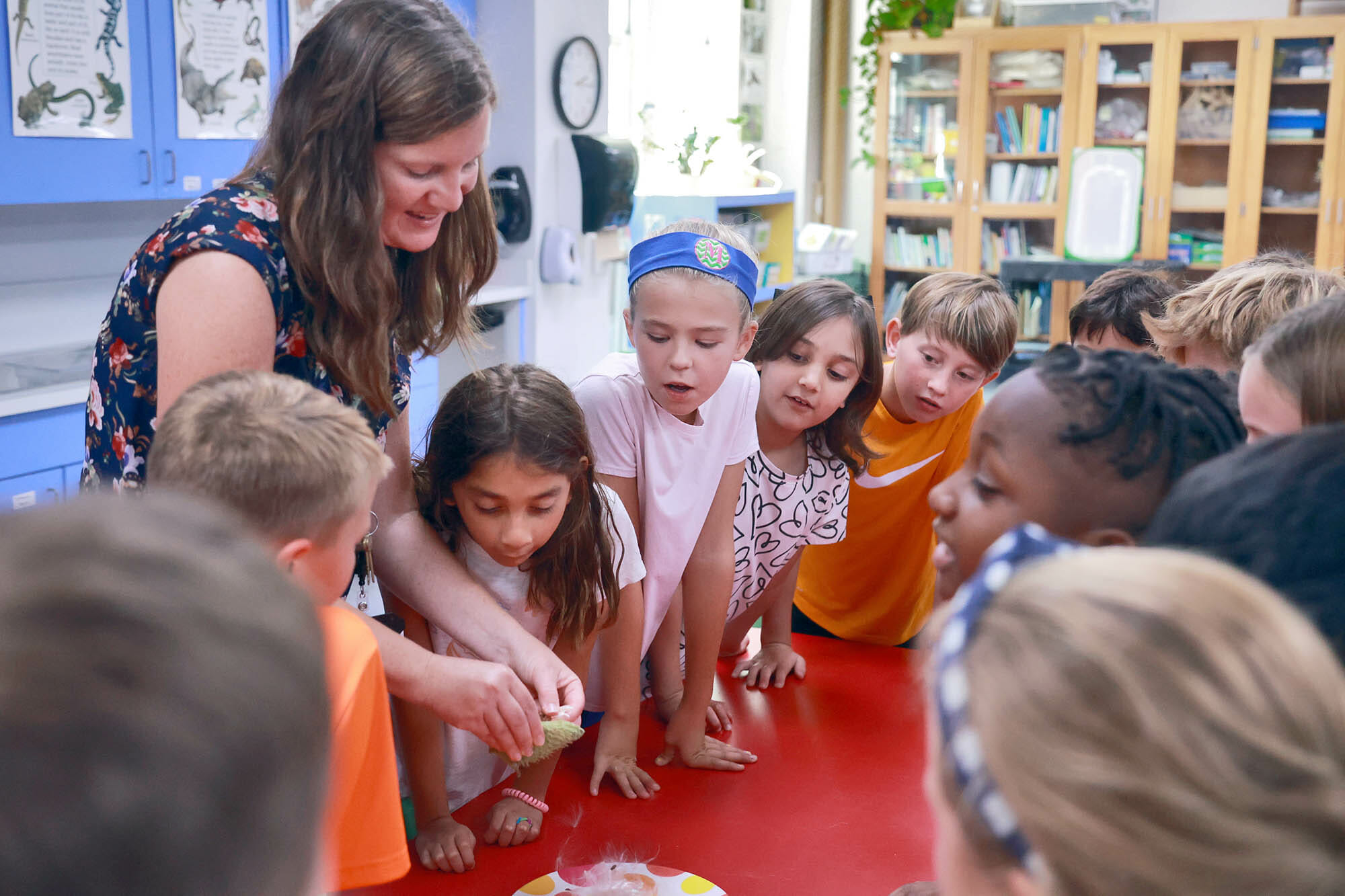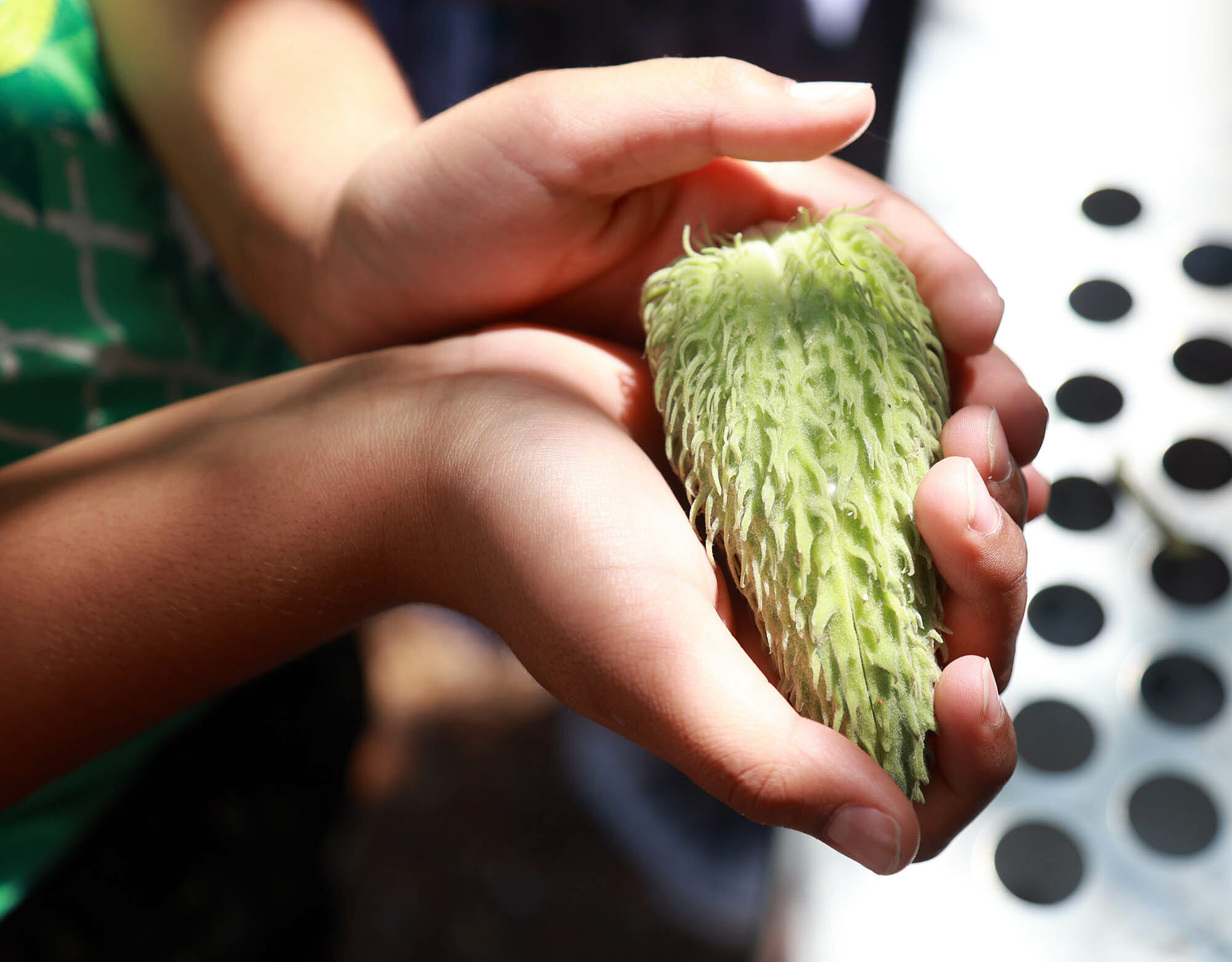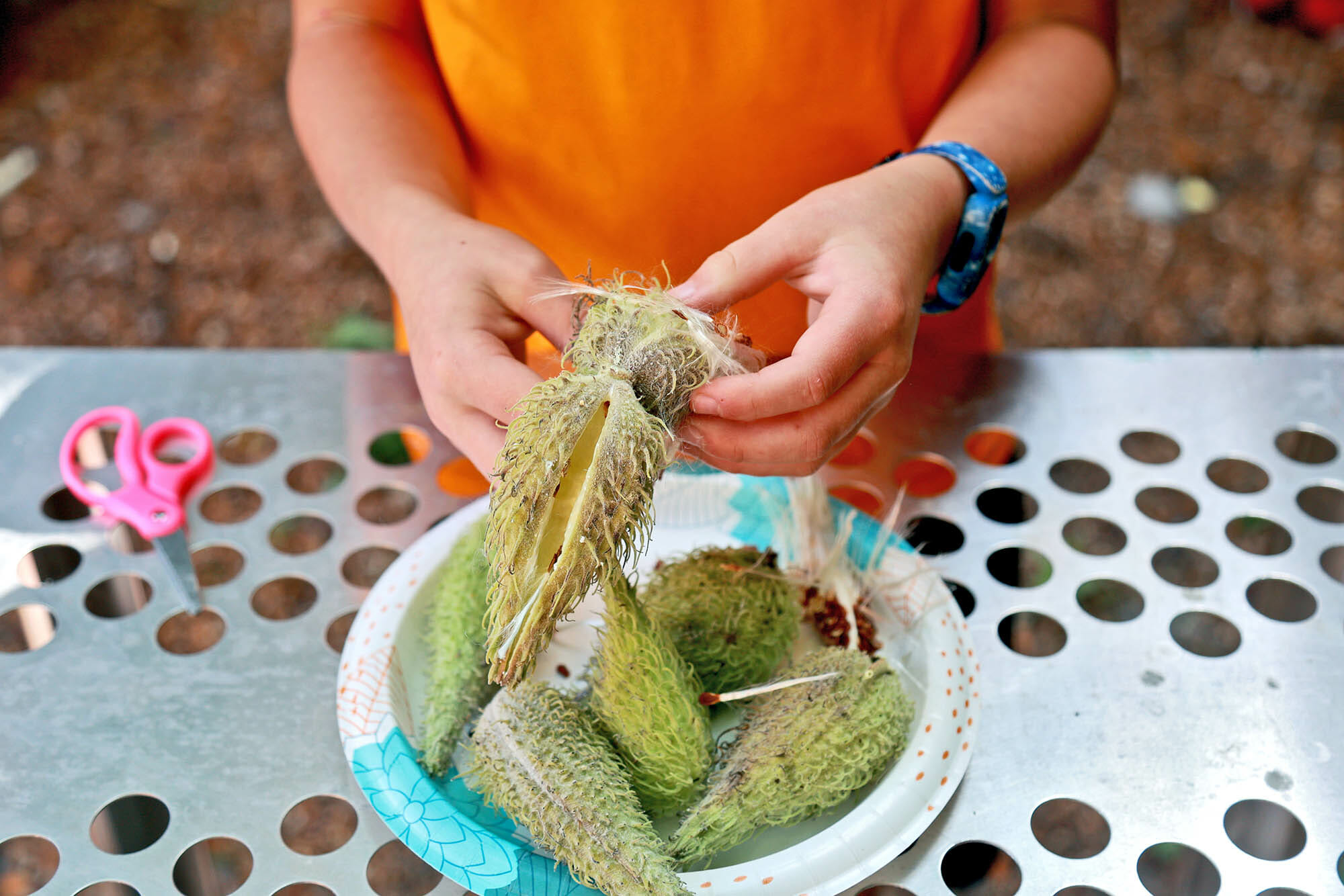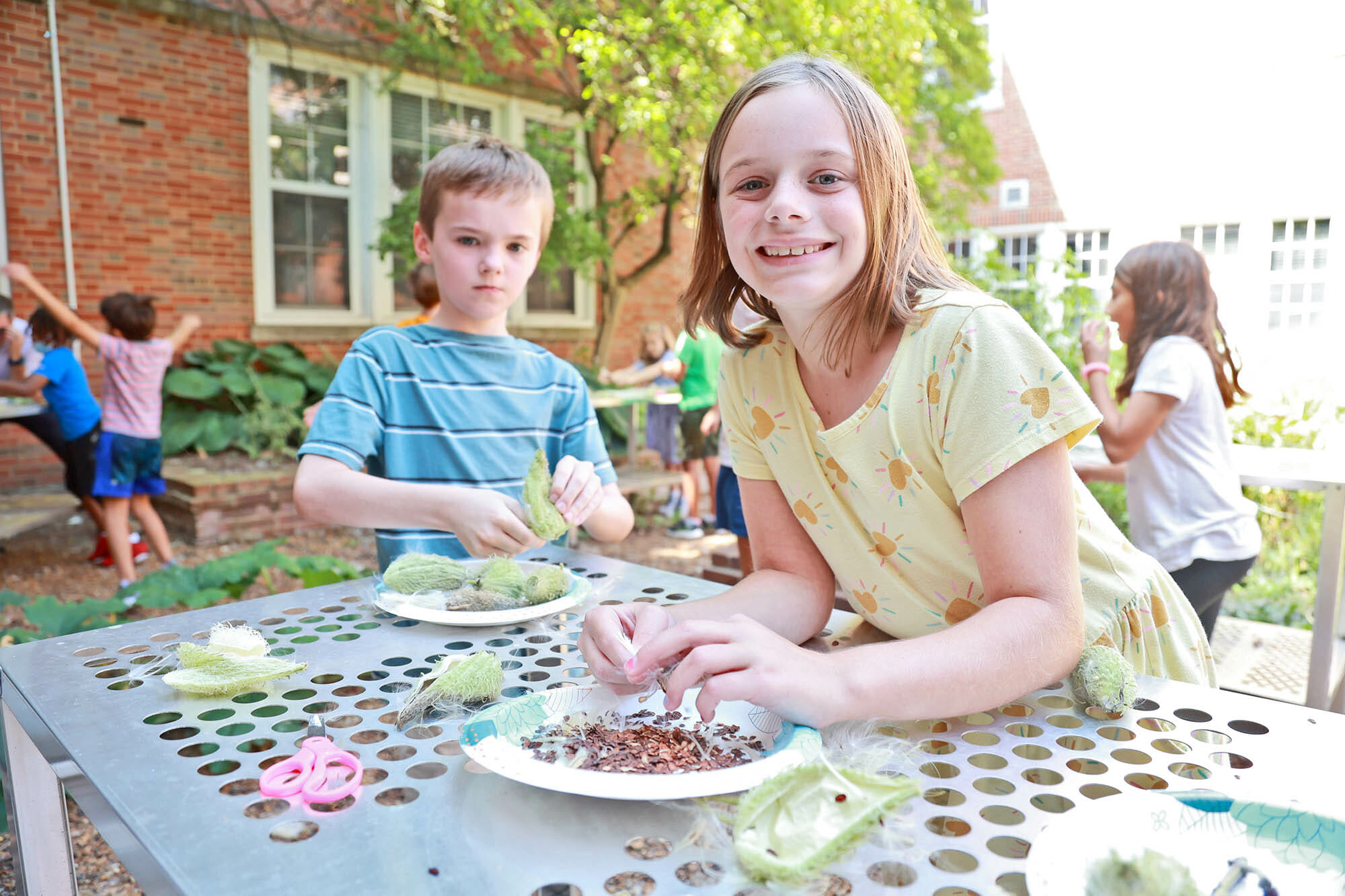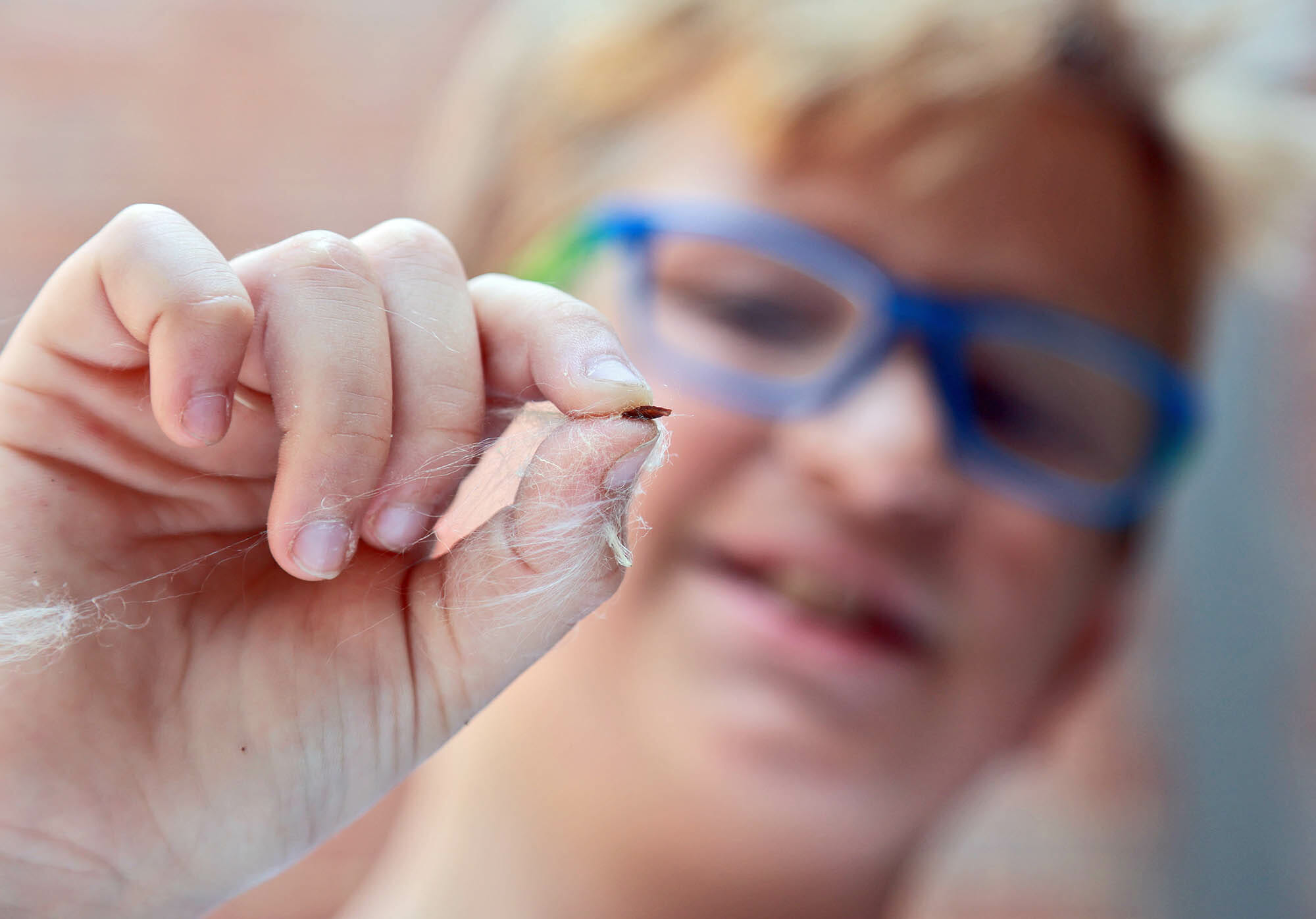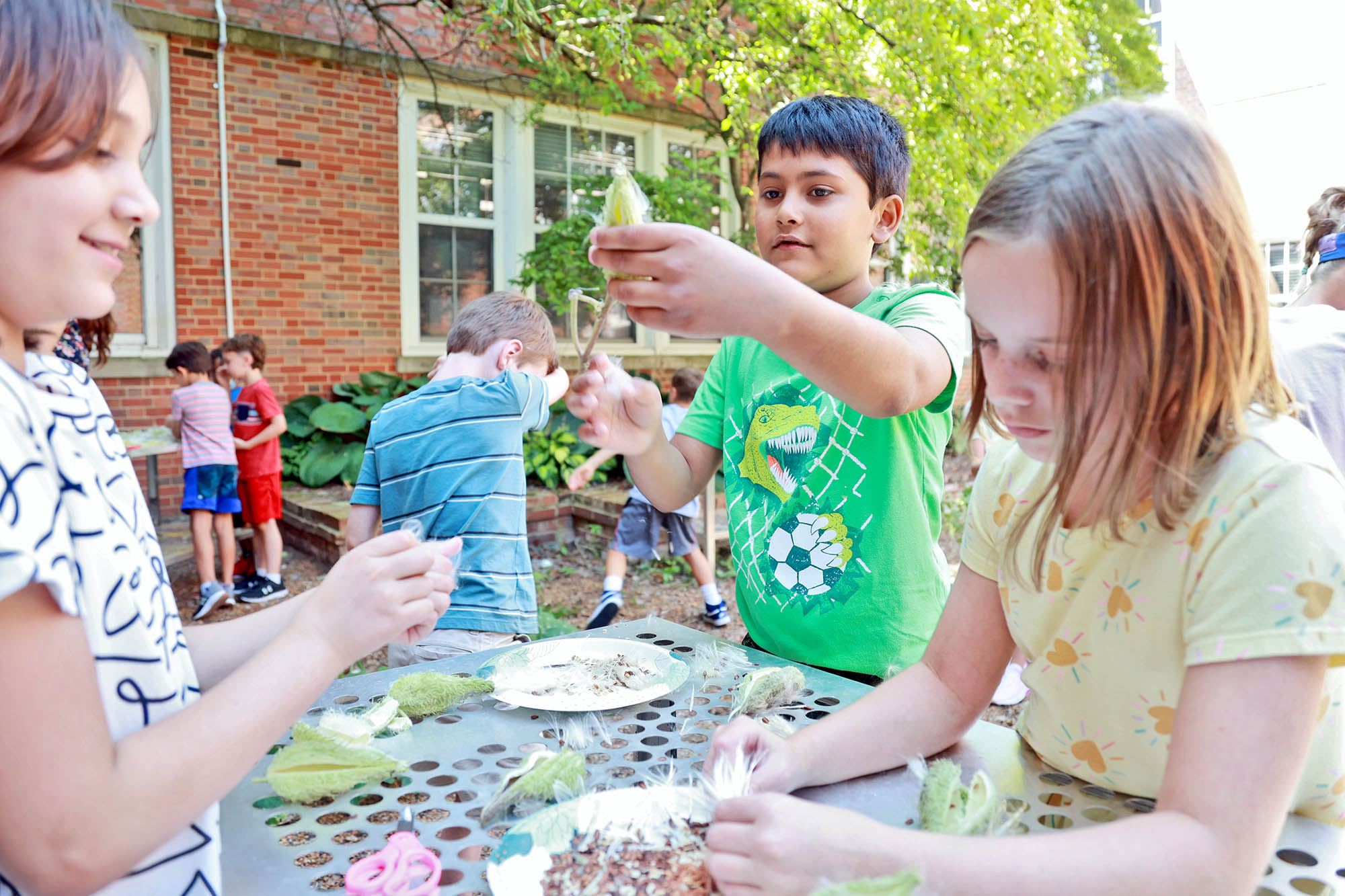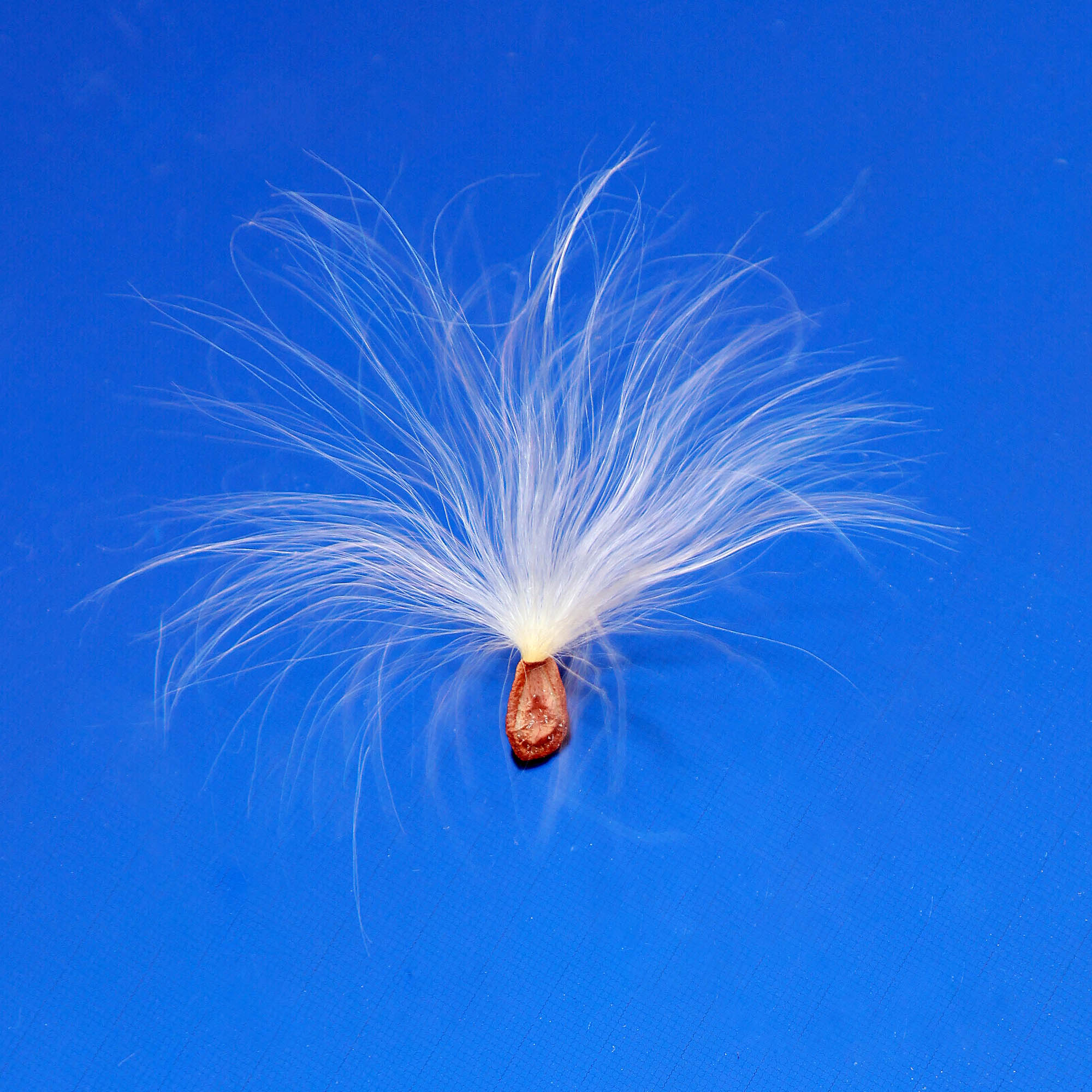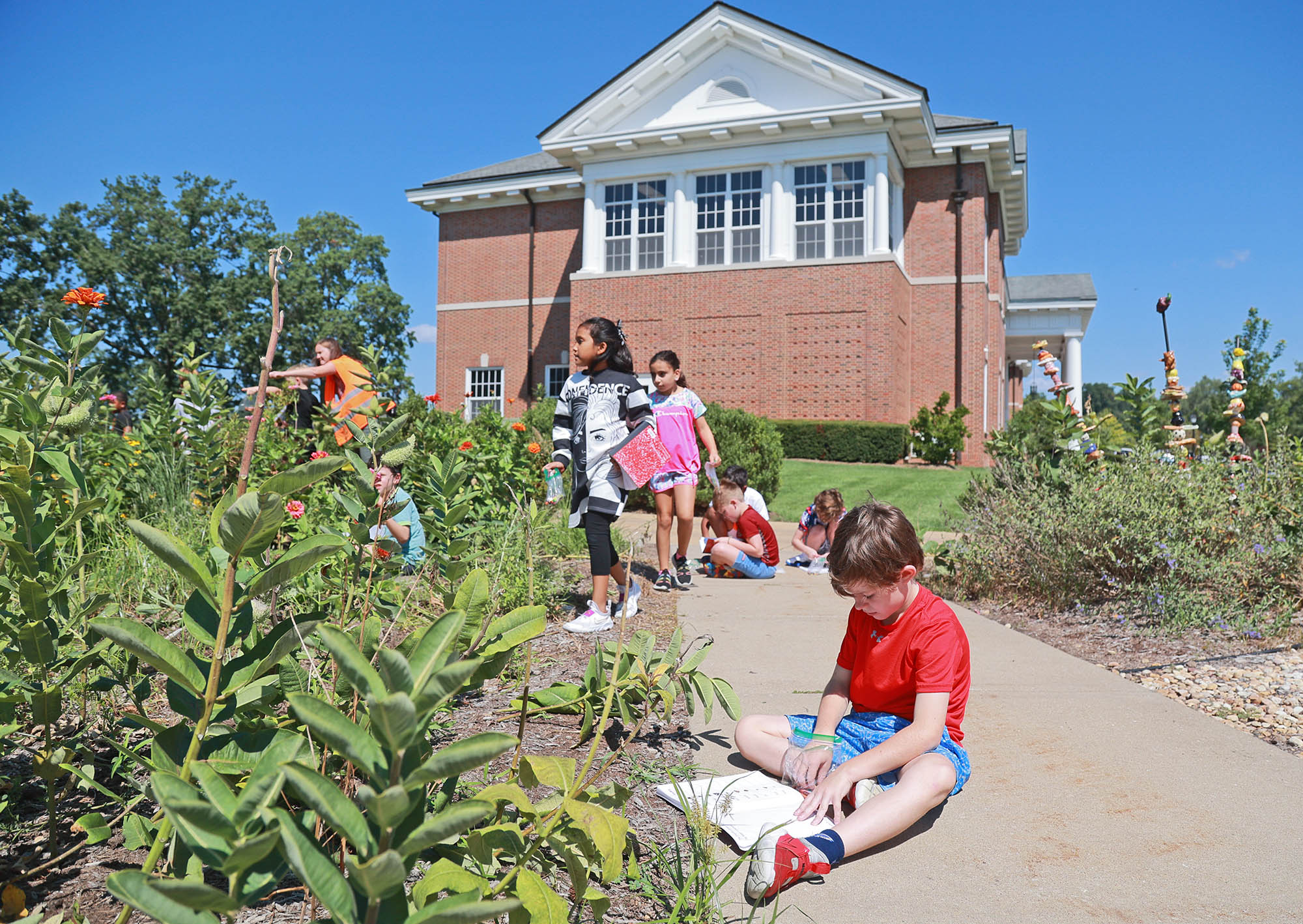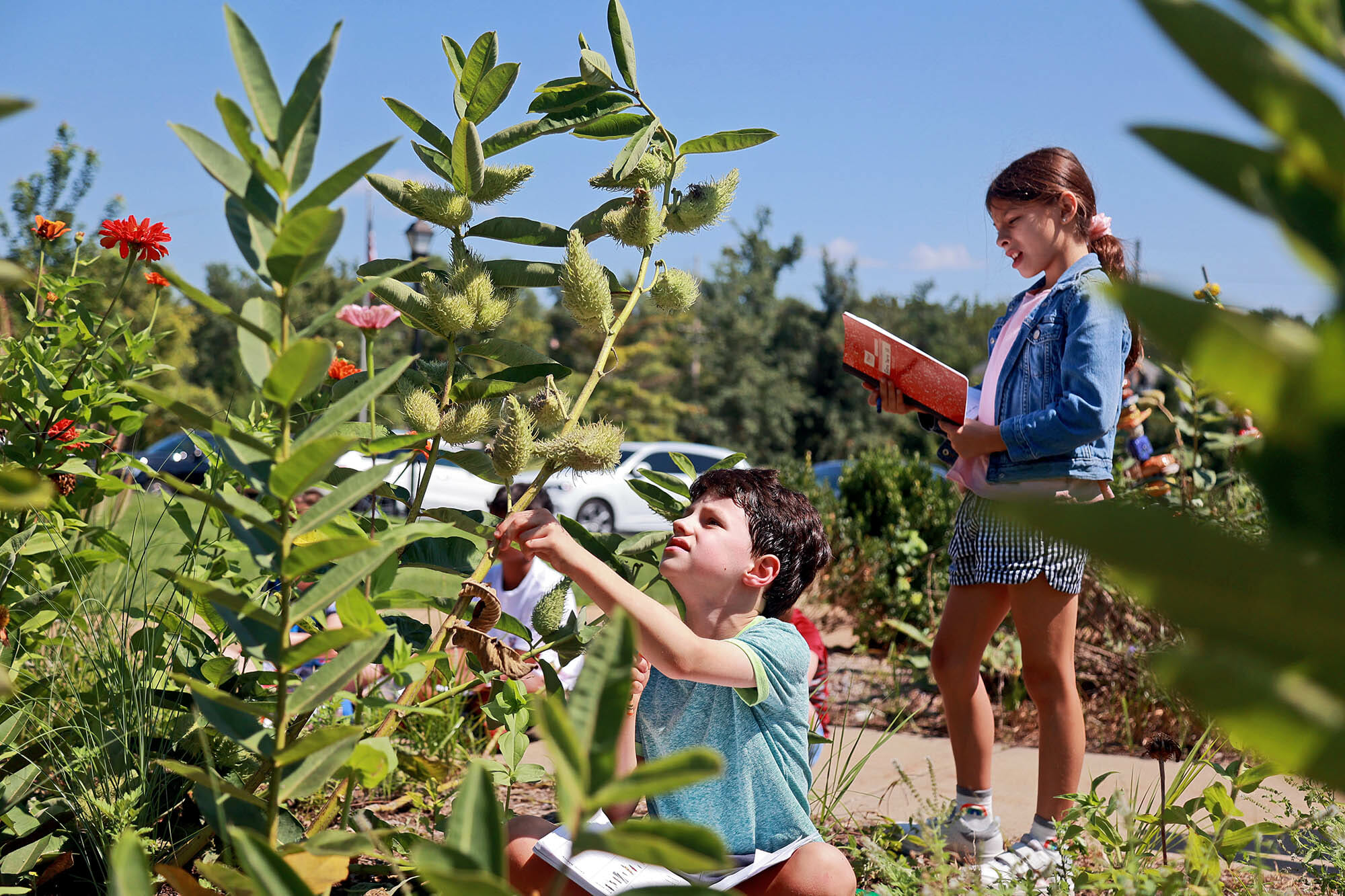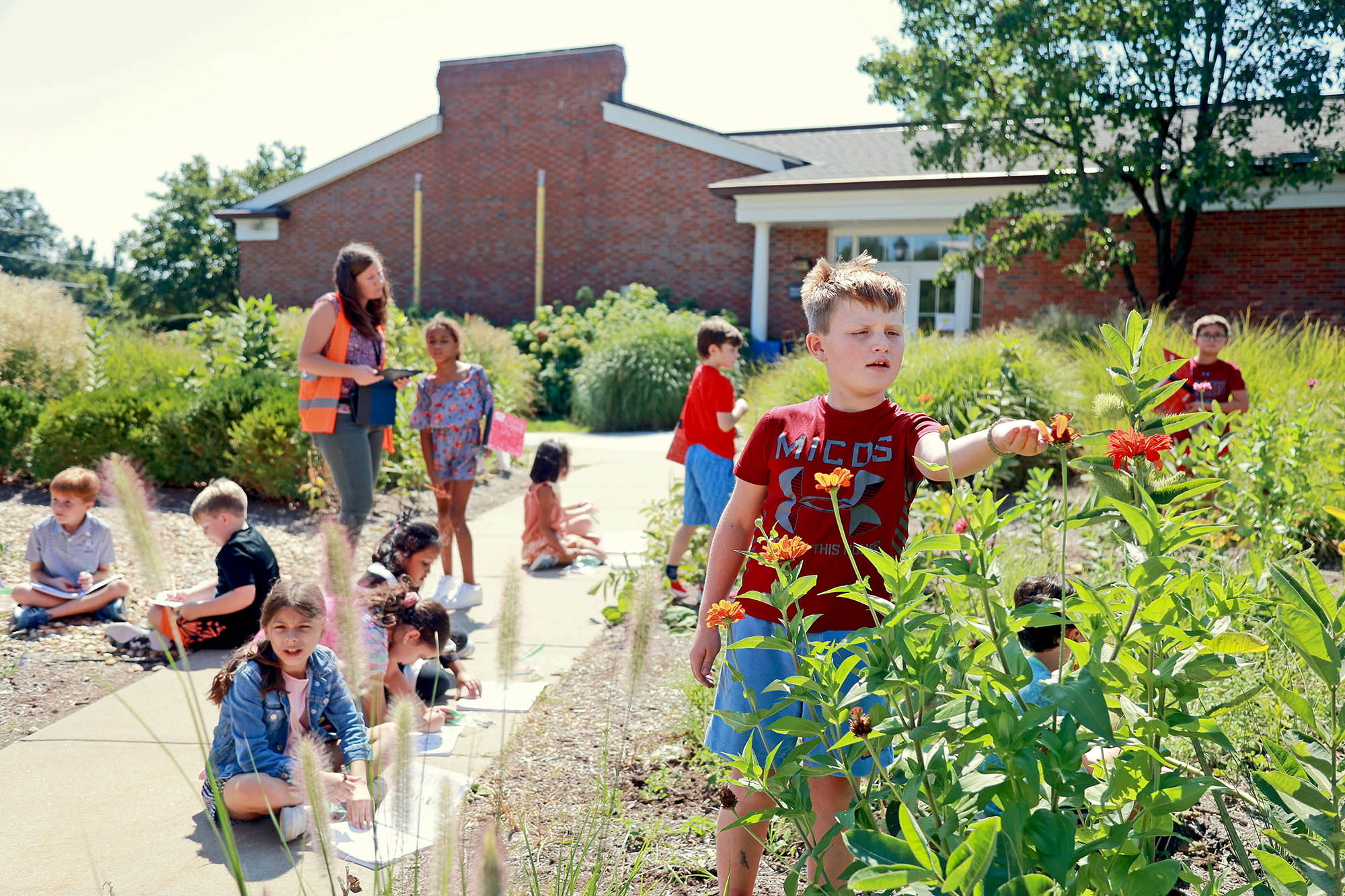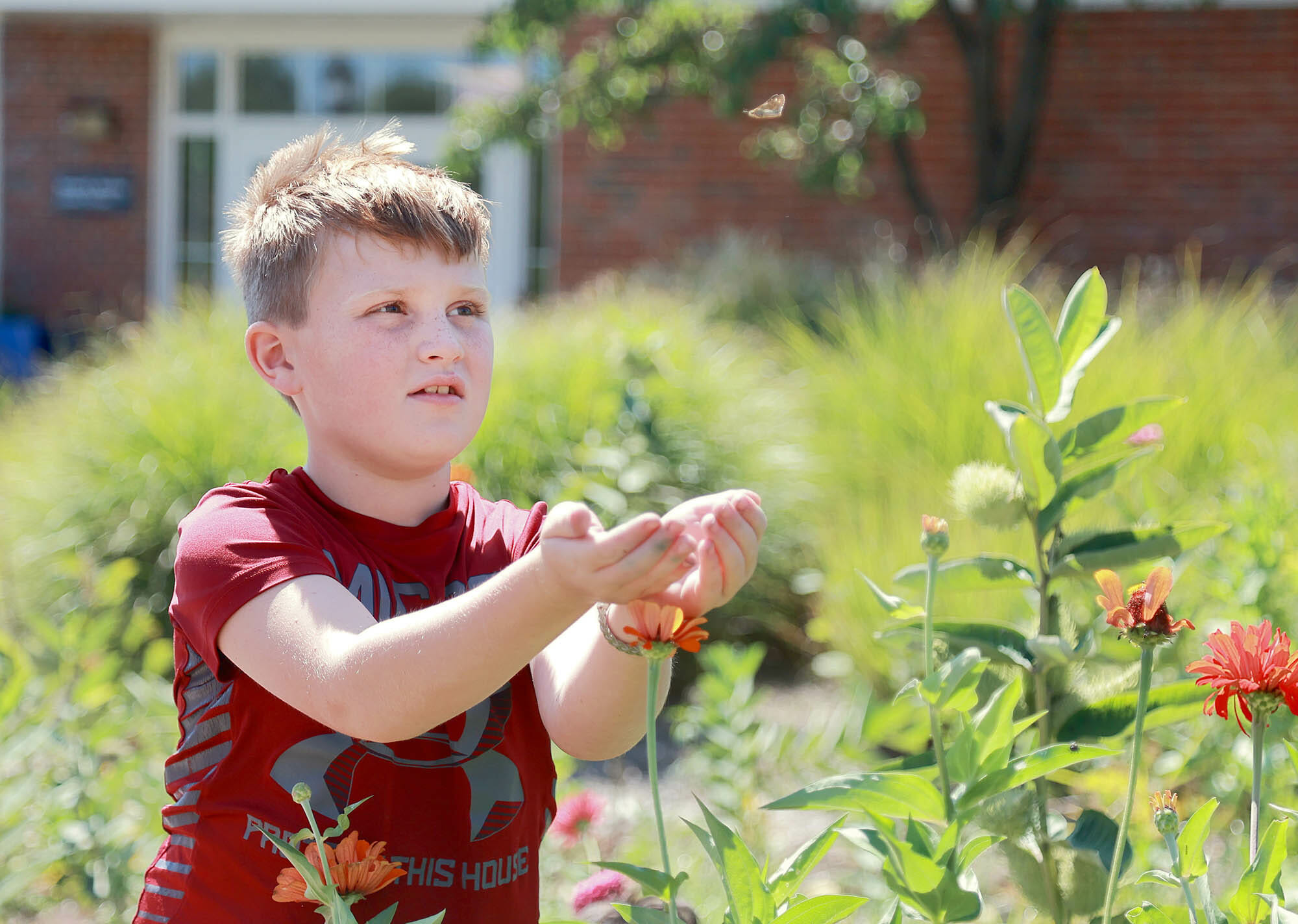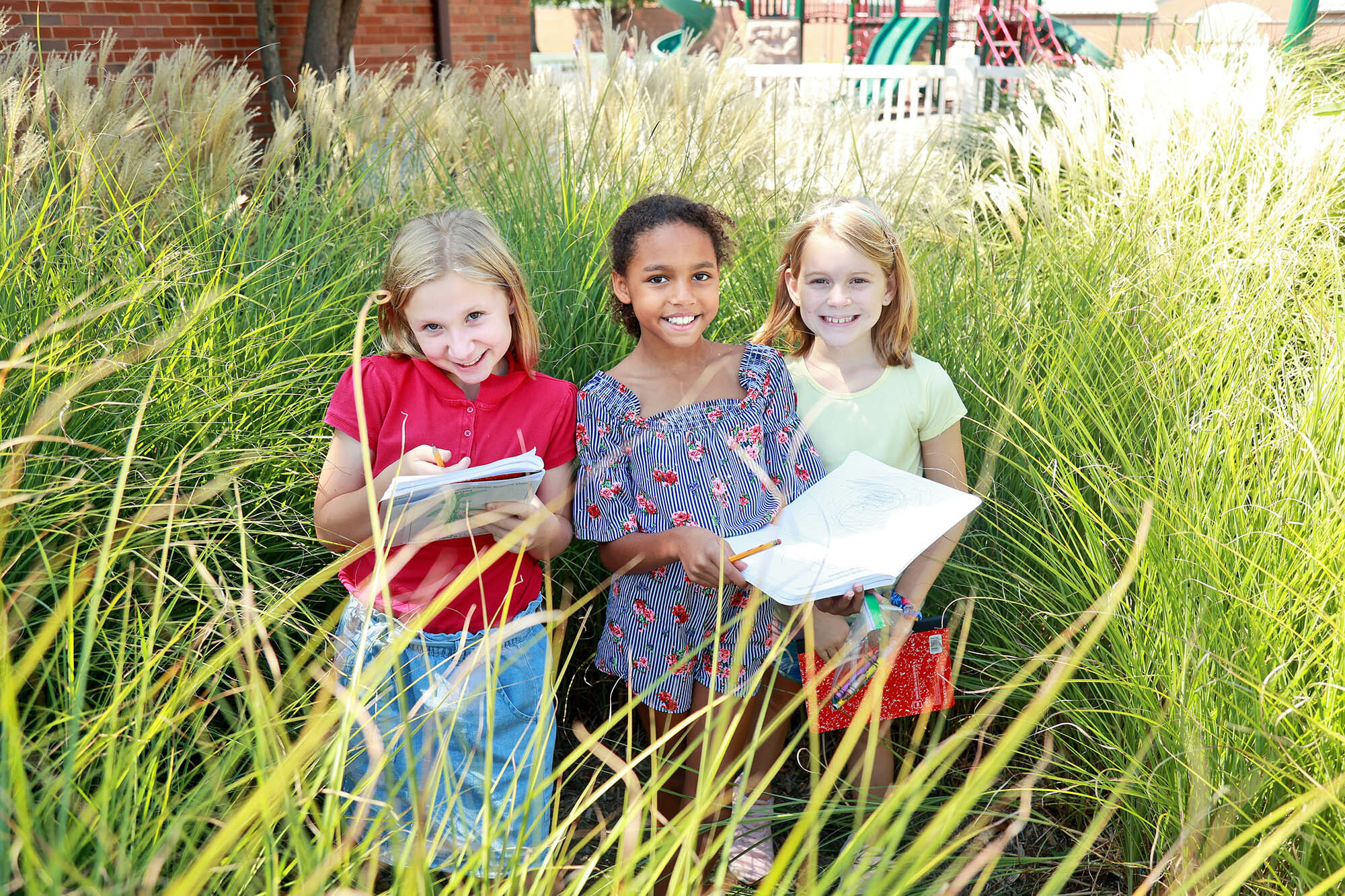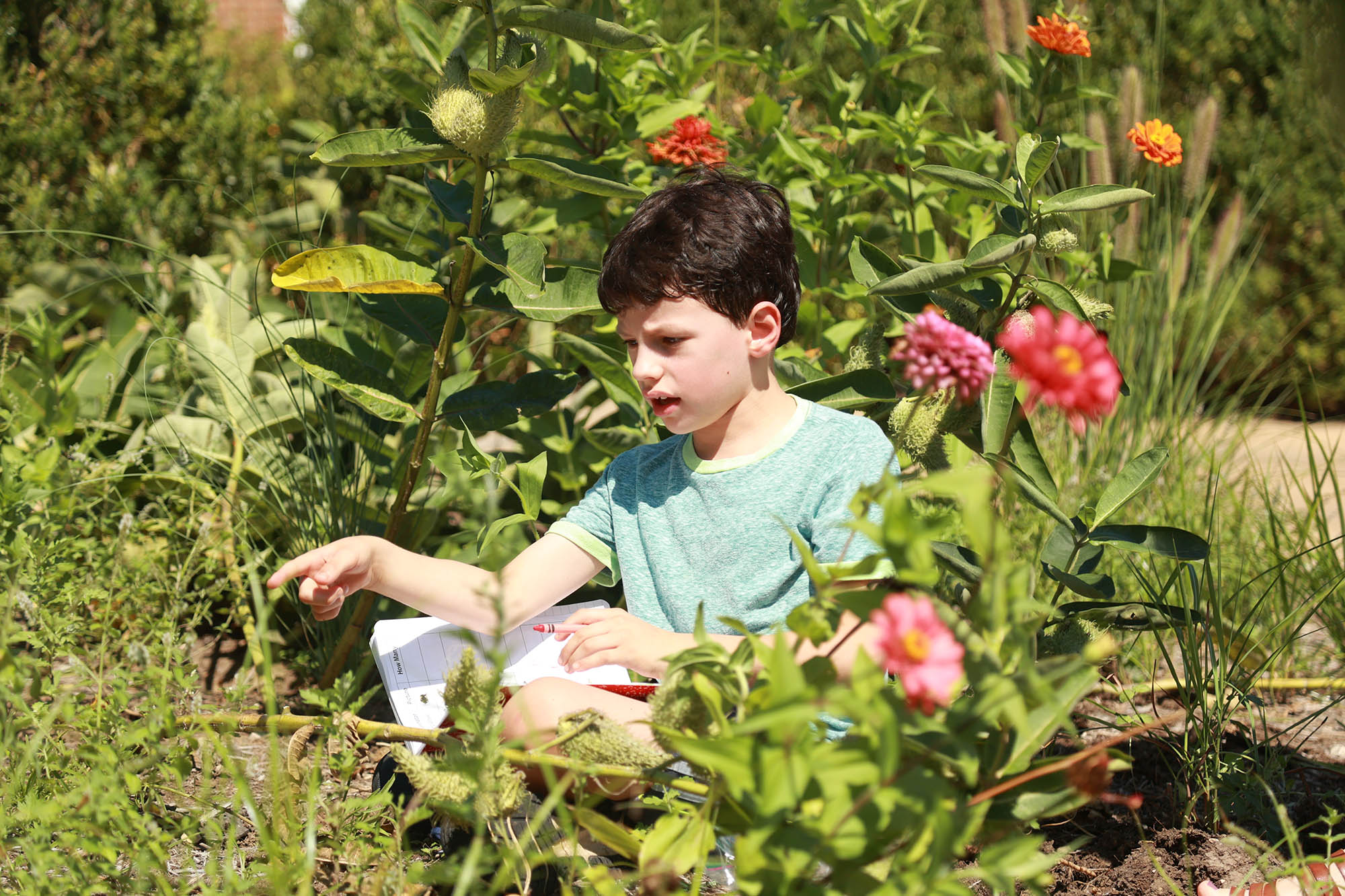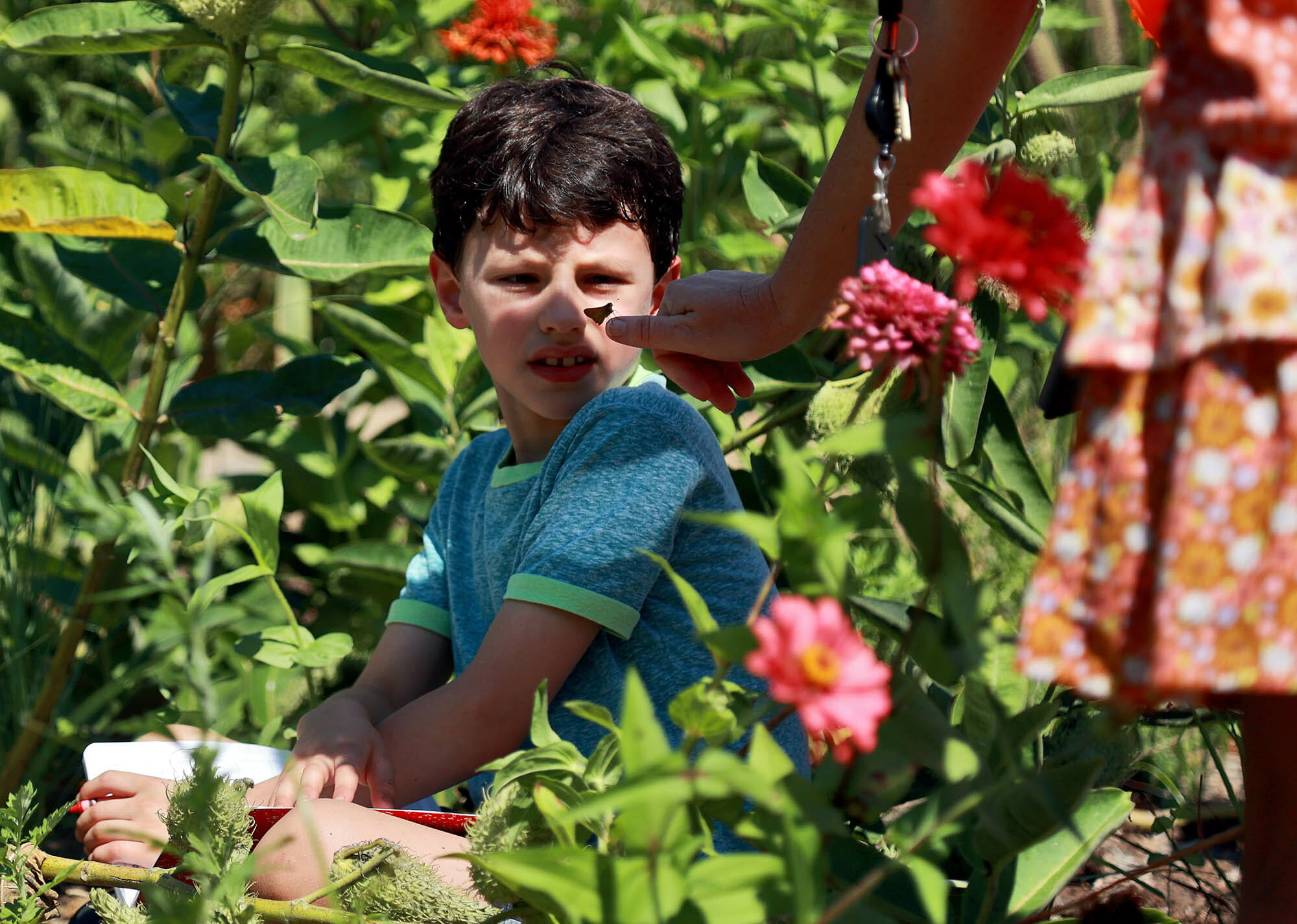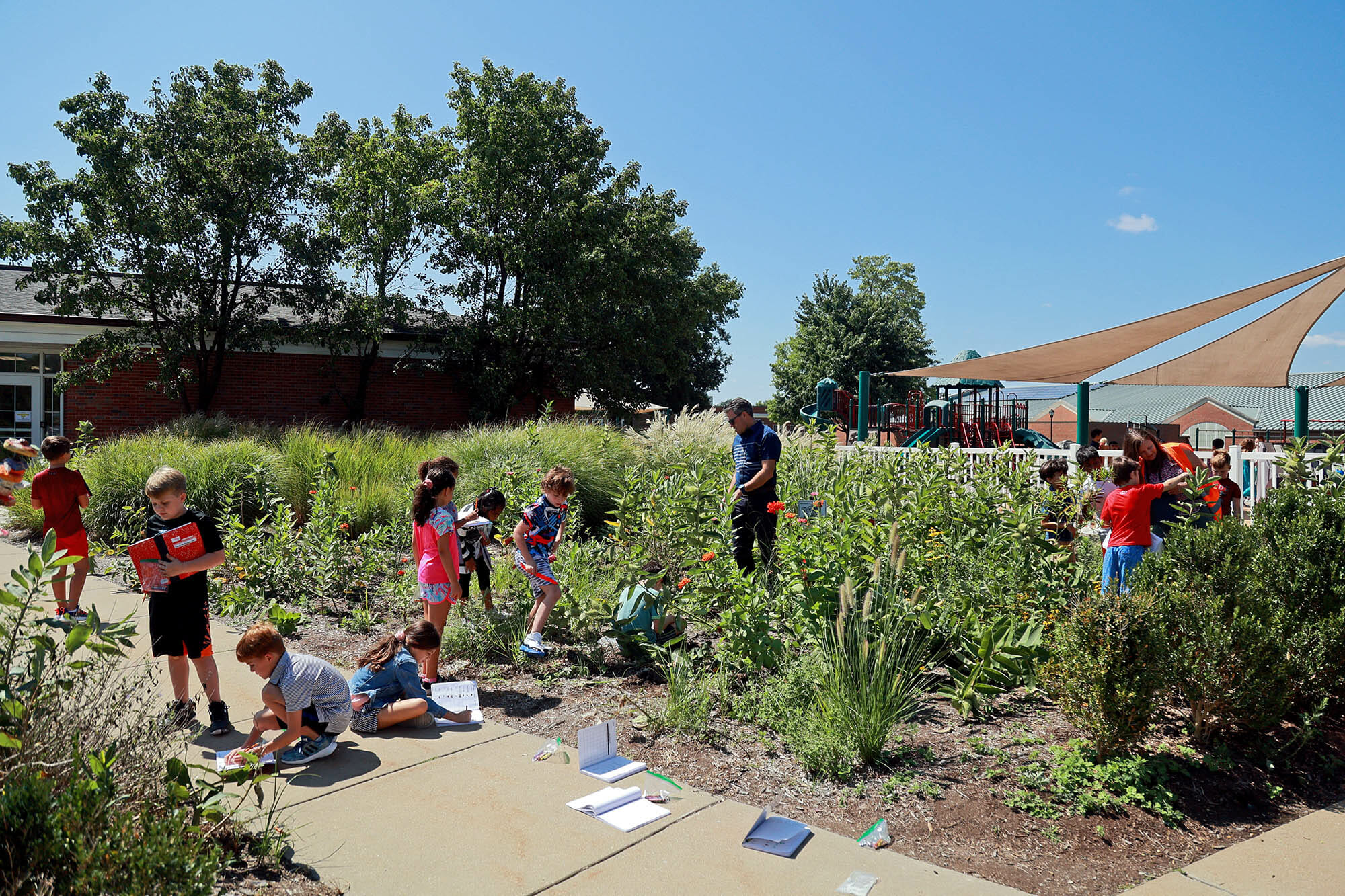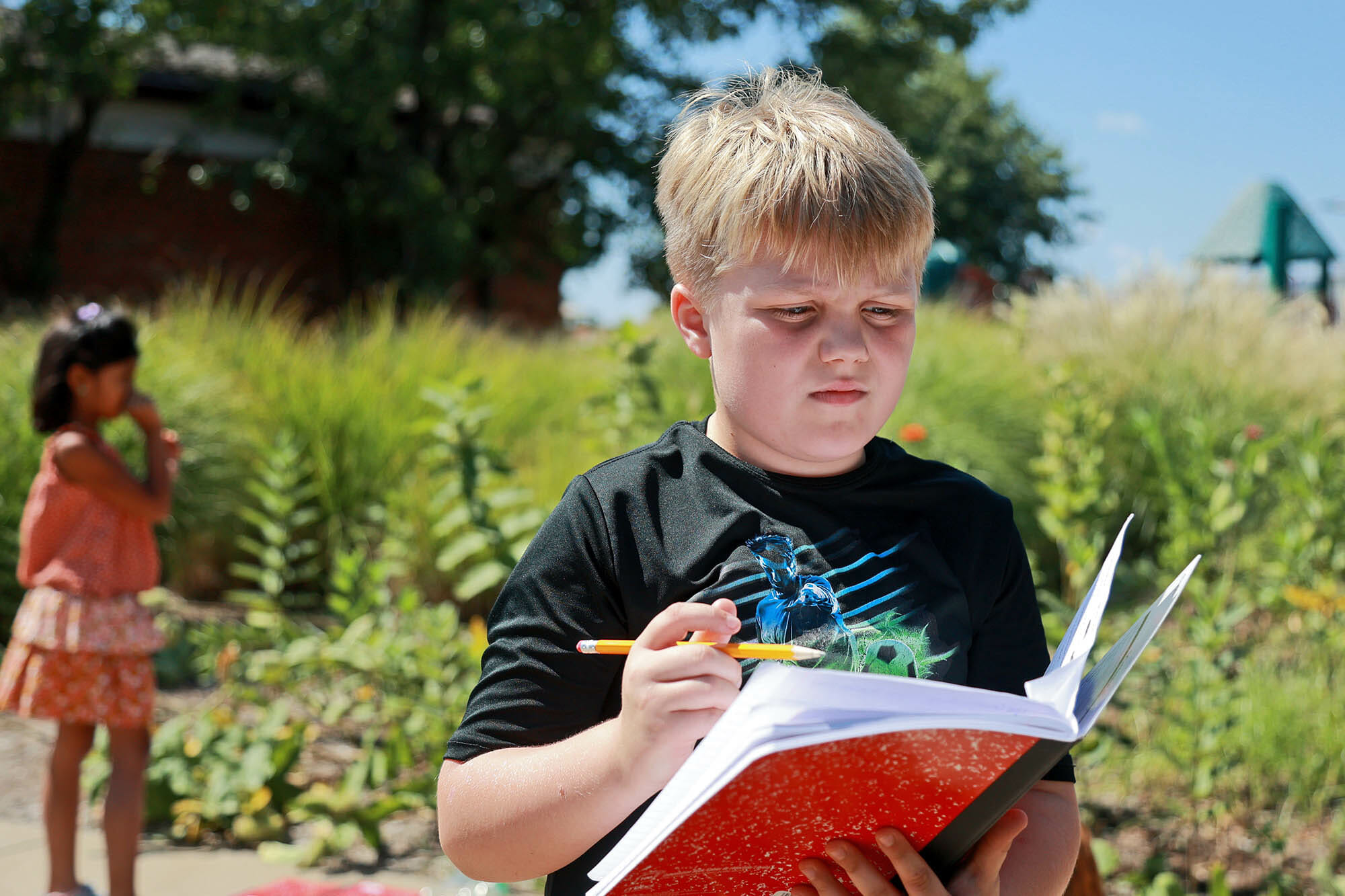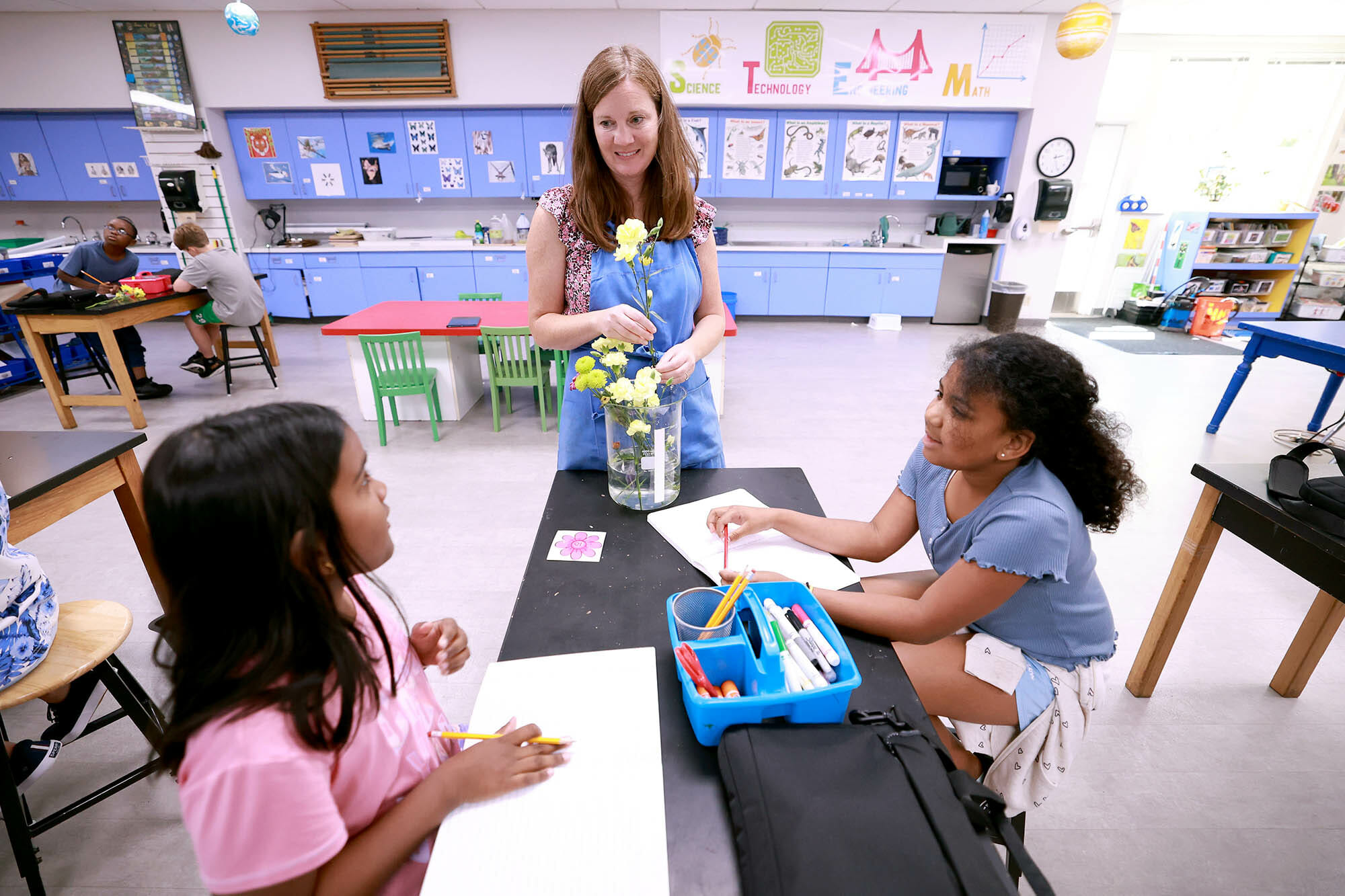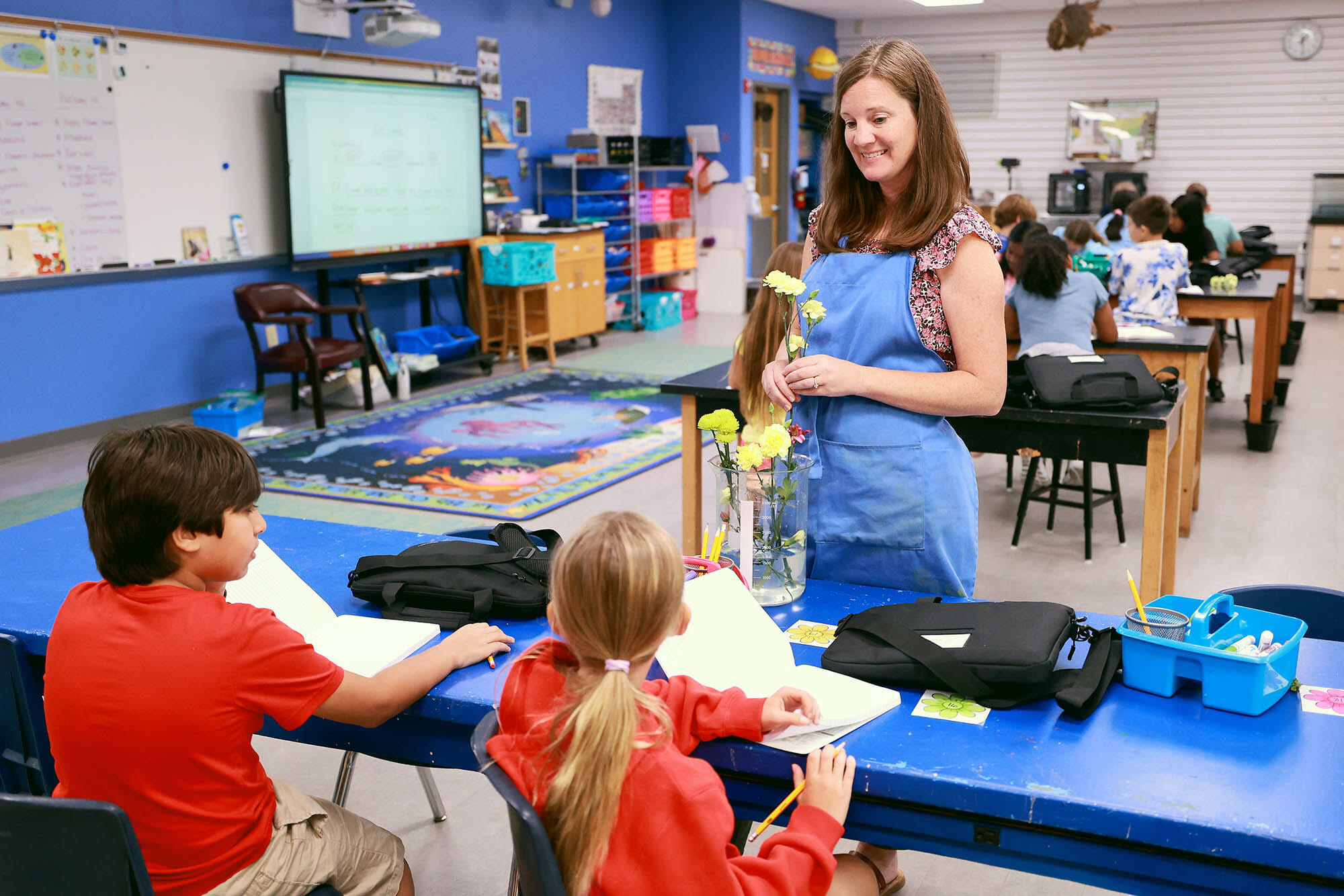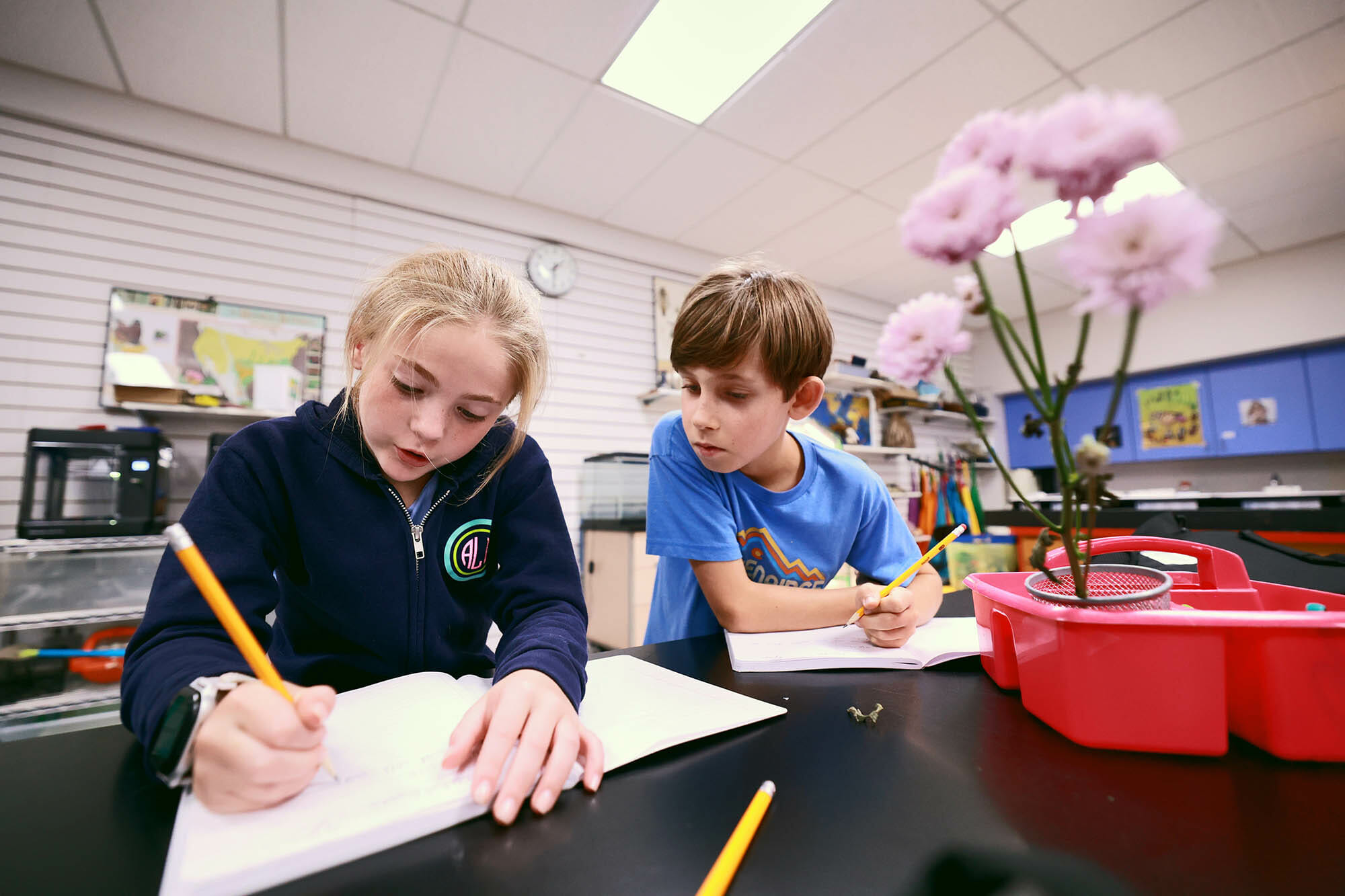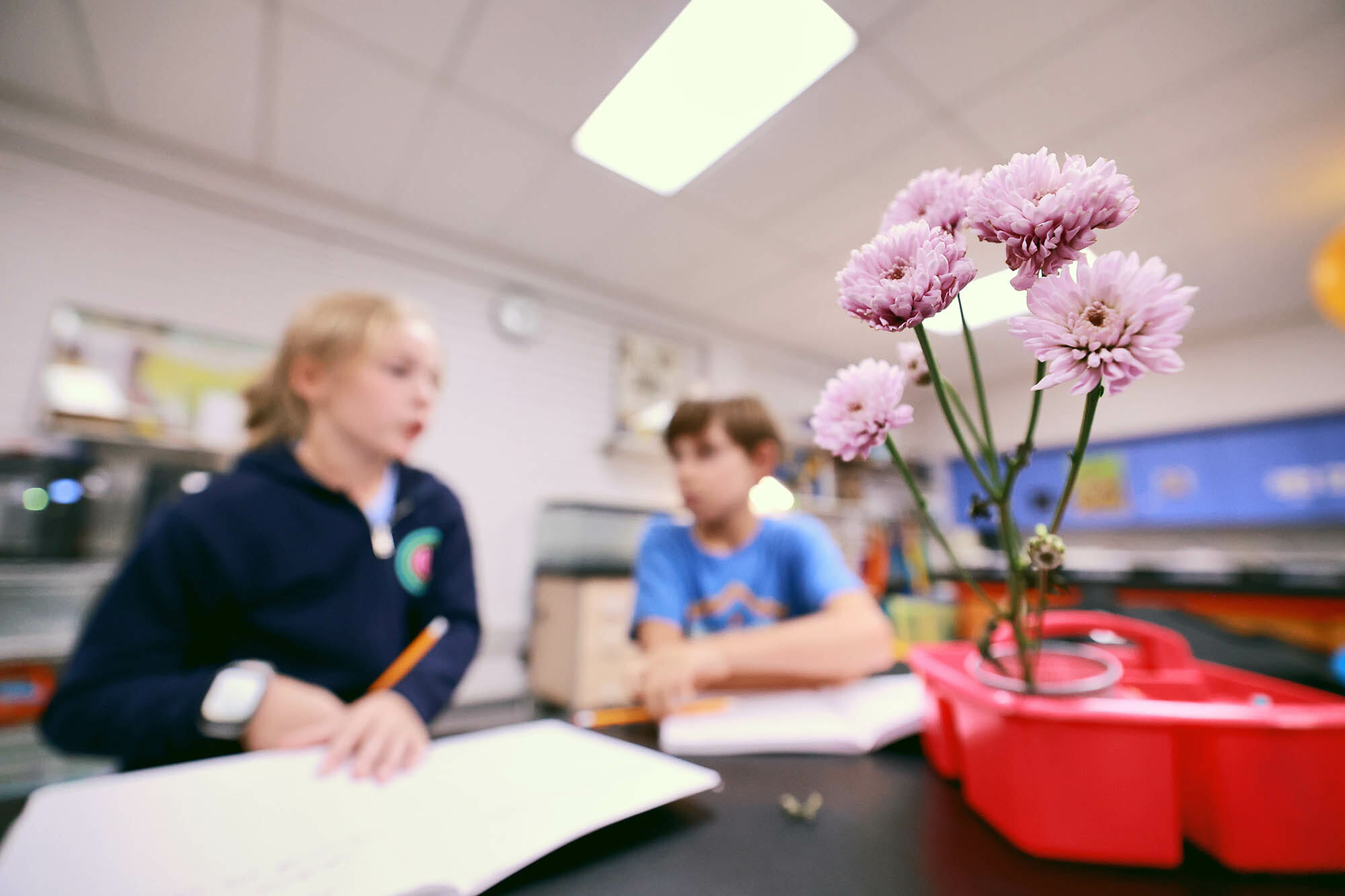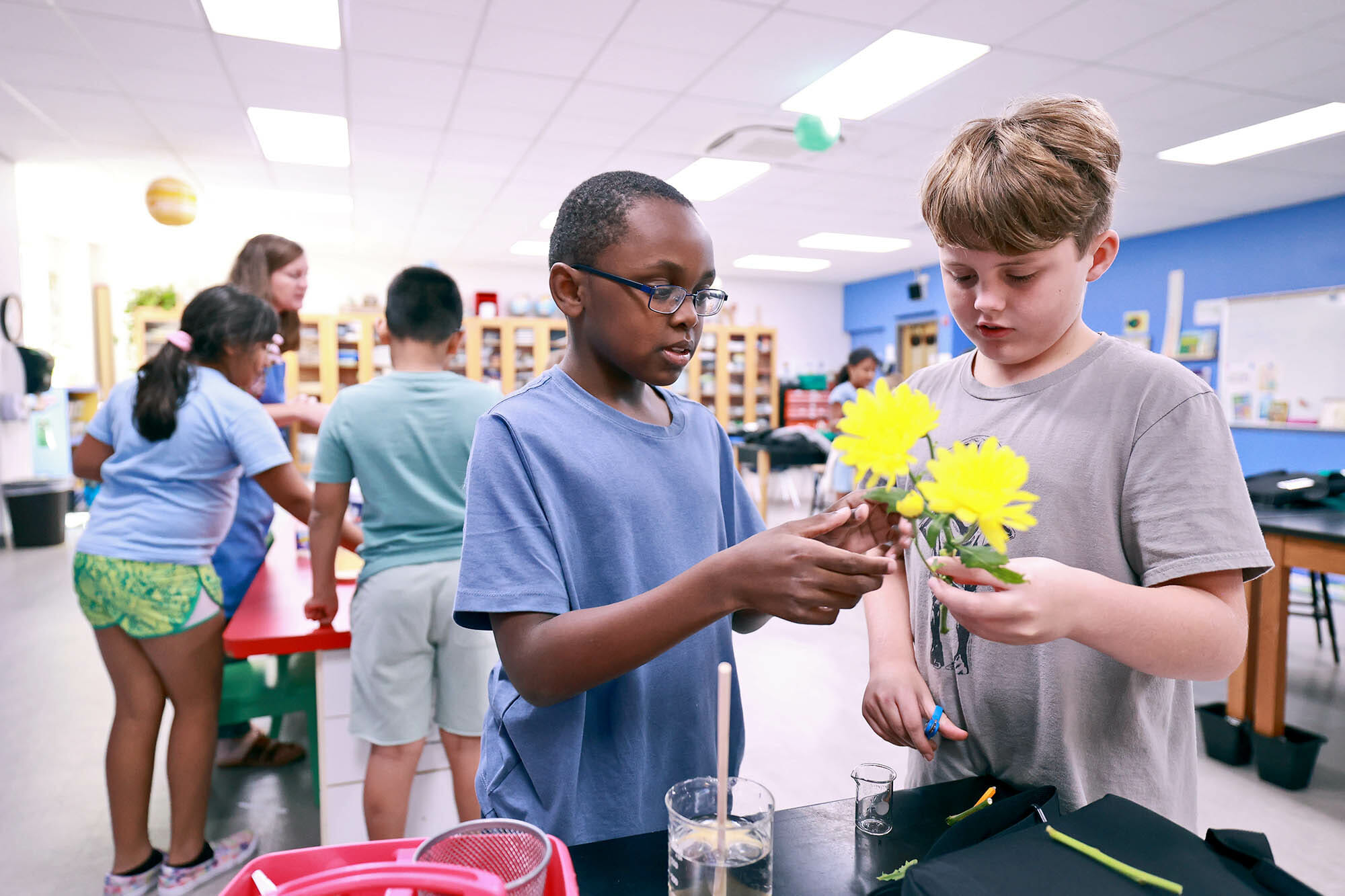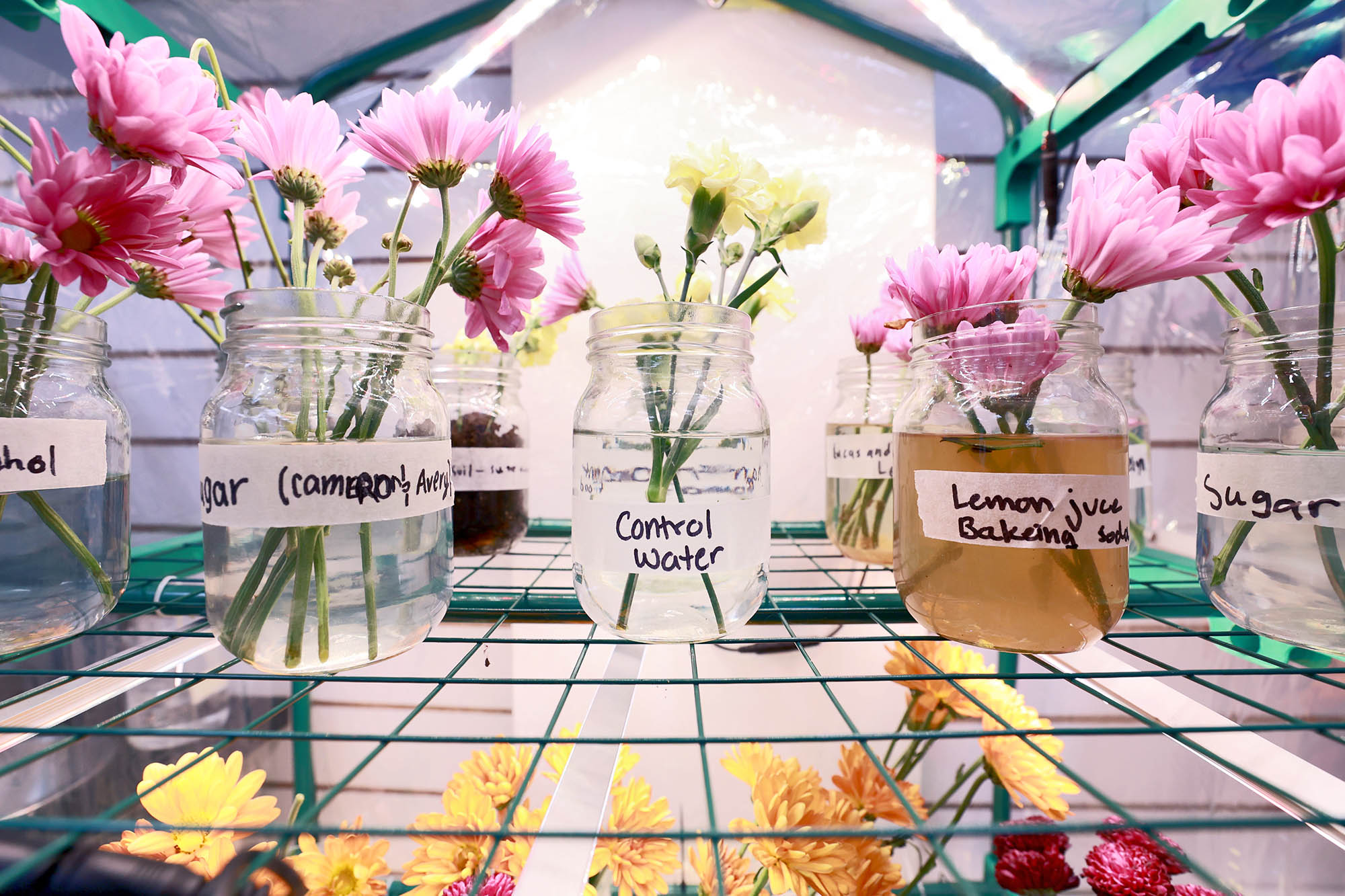It’s been a week of growth in the Lower School as our cross-curricular Flower Week sprouted and grew roots! Flower Week is the fruit of a seed that germinated last year: How can we have fun while learning and spreading a joyful theme throughout all of Beasley? There are four of these special weeks planned for this year, and everything kicked off with flowers!
Hear from our teachers about some of the special projects and programs that took place, starting with a kickoff the week before and ending with a few fun activities the week after.
Math
Our mathematicians did lots of counting during flower week, with younger classes exploring patterns with flowers and others conducting measurement experiments using petals. Second, third, and fourth graders learned about the Fibonacci sequence (check out a ram’s horn!) and conducted a scavenger hunt.
Music
“In the music room, all grade levels learned the song From A Seed in the Ground,” reported Dr. Katy Nichols, Lower School Music Teacher. “The song is cumulative, and each verse discusses a part of the flowering plant life cycle. Fourth graders led the school in the motions as we sang the song for our Flower Week kick-off assembly.
“Students in first-grade music class studied how bees are pollinators of flowers. They practiced being flowers, where the bee landed on each flower to the steady beat. Students also listened to The Flight of the Bumblebee by Rimsky-Korsakov and pretended to be bees flying around the flowers with their yellow ribbon wands.
“We had a blast learning about flowers in music!”
Physical Education
“In PE, we played a game on Monday called Steal the Seeds, which is similar to Capture the Flag, only using bean bags as seeds,” shared Jim Lohr, Lower School PE Teacher. “We then had a class where kids ran with flower pinwheels around a track. One day, we built flowers, which were designed by students in a group and built out of the equipment we use in Physical Education. We played flower-themed music in class, and the mood around flower week was awesome.”
World Languages
“My students are learning about tropical fruits and flowers,” said Señora Soledad Villagómez, Lower School Spanish Teacher. “They practice colors by looking at the flowers that will later become fruits. The students learn about the following fruits: Pitaya (dragon fruit), Maracuyá (passion fruit), Mango, Papaya, Piña (pineapple), and Guava. They practice the question “Te gusta …” (Do you like…?) and the answers “Si me gusta” (yes, I like) or “No me gusta” (No, I don’t like it).
Later, students in fourth grade tasted a few of these fruits.
Art
Everyone created a flower project this week,” explained Sarah Garner, Lower School Art Teacher. “In first grade, students drew dandelions using line and texture. We then added color by blending chalk pastels. In second grade, students used lines to create flowers and added color with lines to create movement. We also learned to fill the space as artists and how to create a composition by overlapping flowers. In fourth grade, we created sunflowers with positive messages. We learned that artists can express messages through art and how to add texture and blend colors using oil pastel.”
Library
“In the Library, we used the flower theme all week in our lessons,” said Thomas Buffington, Lower School Librarian. “We picked out fun read-alouds to share with our students, including The Very Greedy Bee by Steve Smallman and The Curious Garden by Peter Brown. With our younger friends, we crafted flowers from art and maker supplies, which was a fun way to incorporate choice and creativity early in the school year. With the older students, we created and explored a page on LibGuides (Library website), which allowed the students to practice with multiple essential digital platforms. It was a great Flower Week in the Library!”
Science
Junior Kindergartners sorted flower parts and connected to the book The Tiny Seed by using unifix cubes to measure flowers. Senior kindergarten students explored what colors exist in nature, drawing pictures along a rainbow walk. “The only color we couldn’t find was blue, which got us thinking about seasonal colors,” said Lower School Science Teacher Laura Pupillo. “Later in the week, SK dissected sunflowers from our own science courtyard. These sunflowers had just made seeds, so we pulled seeds for planting in the spring. How exciting it will be to plant seeds that we harvested earlier in the year!”
First grade explored the connection between pollinators and flowers. “What does a pollinator feel like?” drove their lab. Students tested various textured materials in mock pollen powder to see what materials were best at collecting pollen. “We all agreed that our soft materials were best,” said Pupillo. Later in the week, first grade returned to the courtyard to count pollinators and explore their favorite plants in greater detail. Students loved exploring pumpkins, sunflowers, and tomatoes in the garden.
Second grade is preparing to launch into their study of monarchs, so Flower Week provided the perfect opportunity to explore the Monarch Waystation, where they saw just how many organisms call this place home.
Third Grade spent time cleaning and preparing milkweed seeds. “They had a blast opening up milkweed pods and separating the feathery fluff from the seed,” reported Pupillo. “Currently, we’re drying out our processed seeds, which we’ll later package and send home with Beasley students so everyone can plant milkweed at home.” With a few extra seeds, students participated in a milkweed seed race in which they used straws to blow their seeds through different obstacles in search of a good patch of ground for planting. “It turns out it’s pretty difficult for a seed to make it to the planting stage. Our milkweed seed race helped us see why a plant makes so many seeds,” said Pupillo. In addition, third-grade students visited the Waystation to do an official citizen science pollinator count. Students chose a single flower and counted how many pollinators they observed.
Fourth Grade learned how to preserve cut flowers by exploring the chemistry of flower preservation. Students researched facts about preserving cut flowers and chose their own independent variable to test. “Students will be collecting data on how well their cut flower does compared to our control, which is just water,” she explained. “Later in the week, fourth-grade students got to observe the biodiversity of our Waystation. Using a hula hoop as a perimeter, students drew the plants they saw and used a plant guide to ID their plants. These maps will be a valuable resource as we observe how the garden changes year to year.”
It’s clear Beasley knows the power of flowers!

